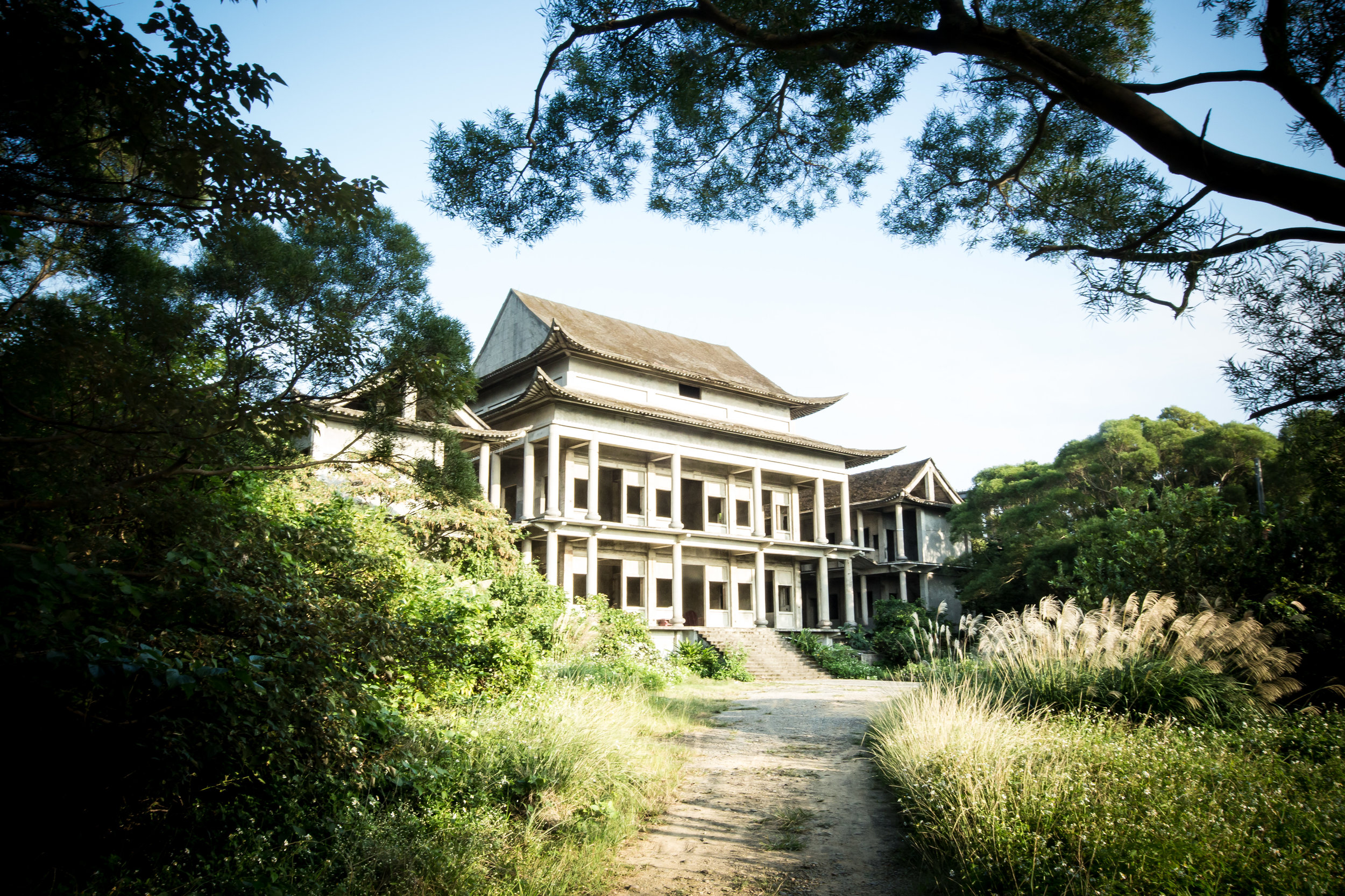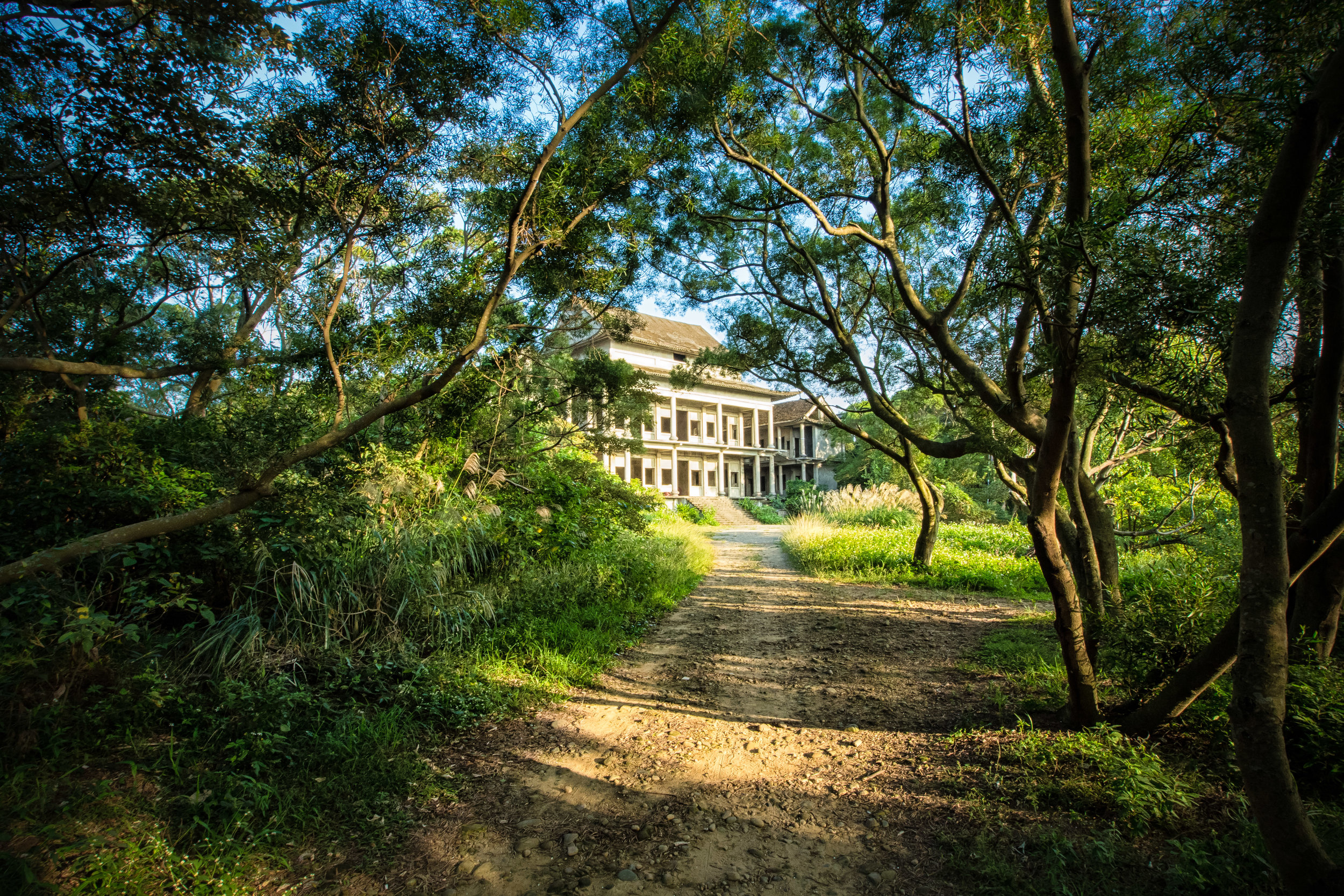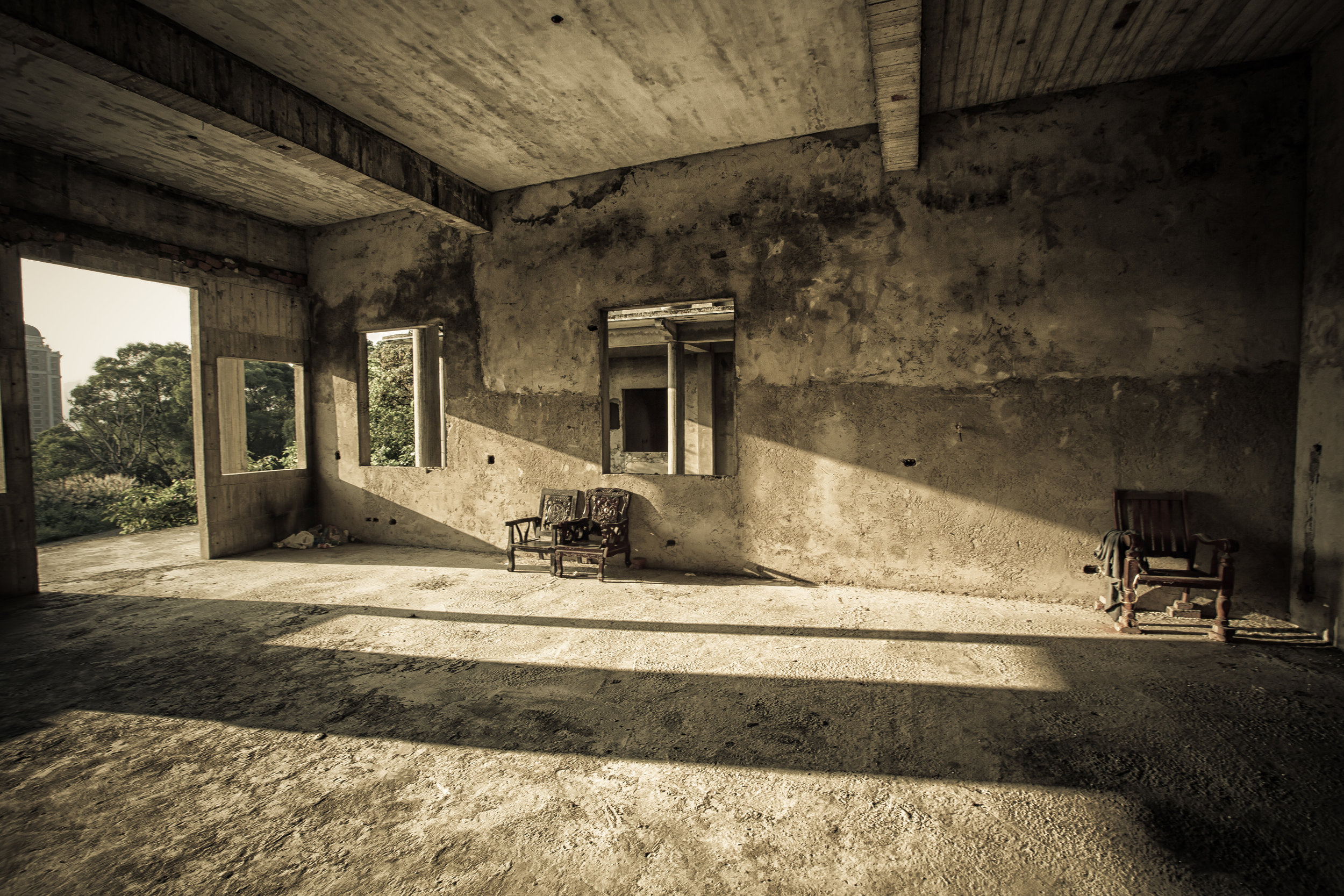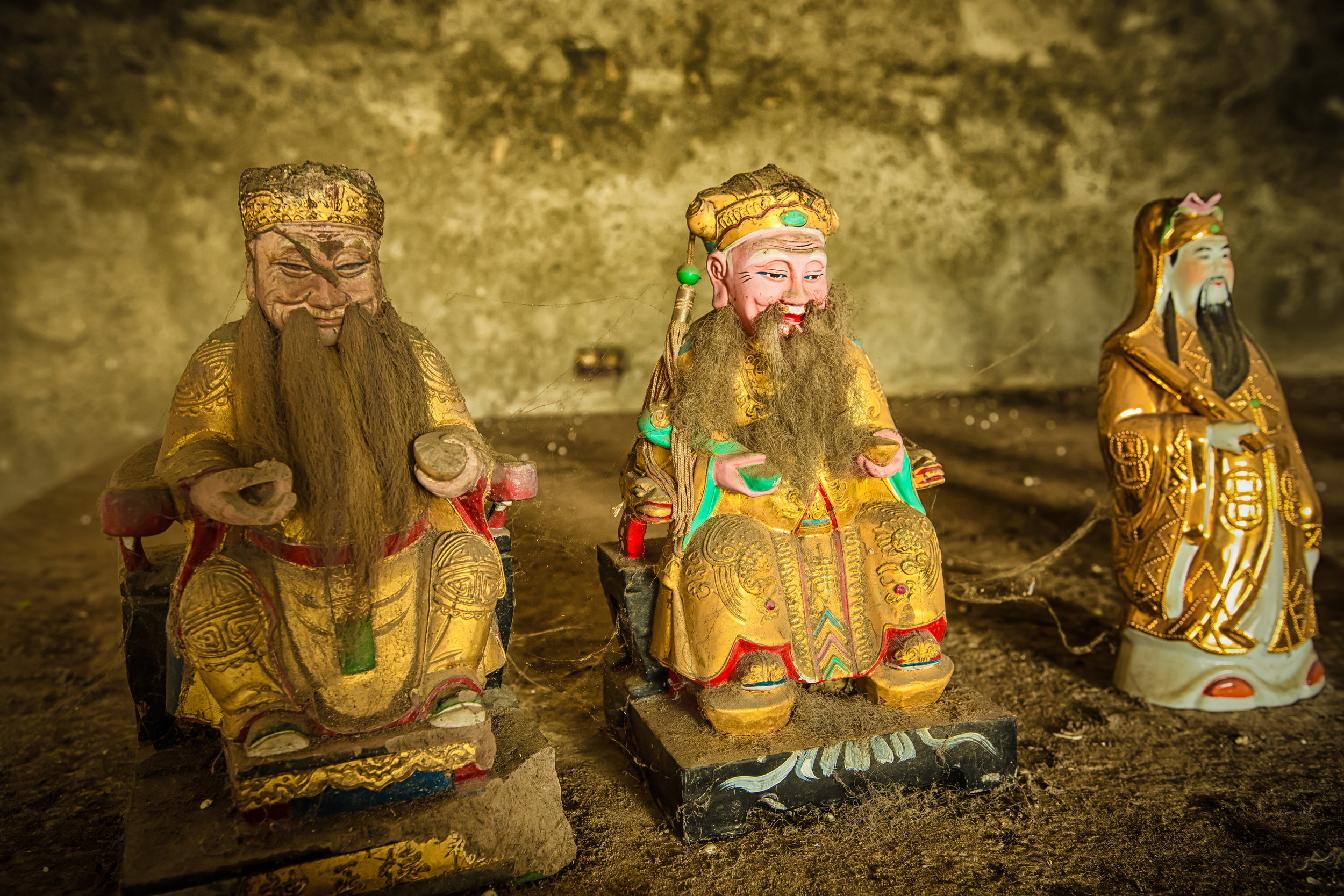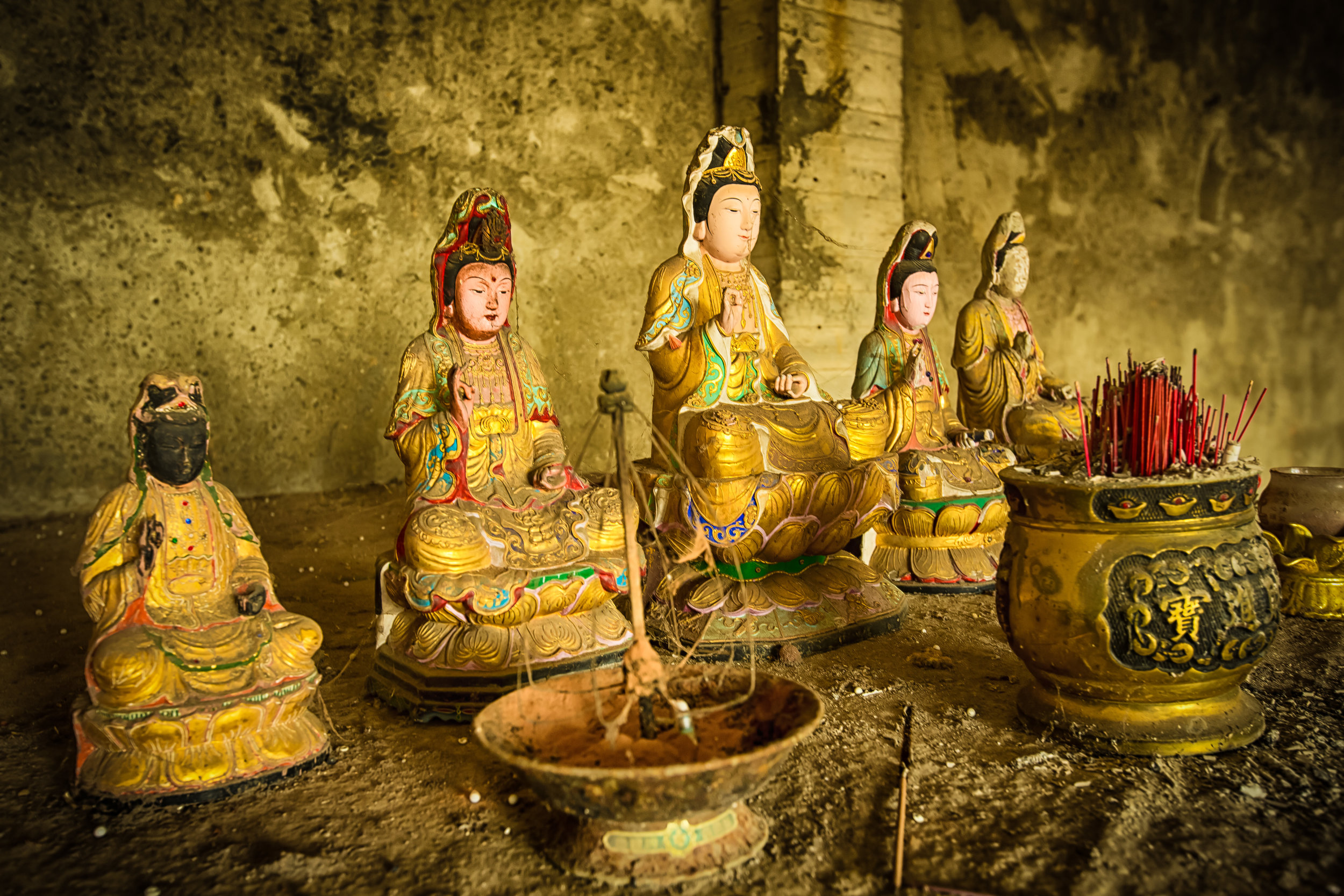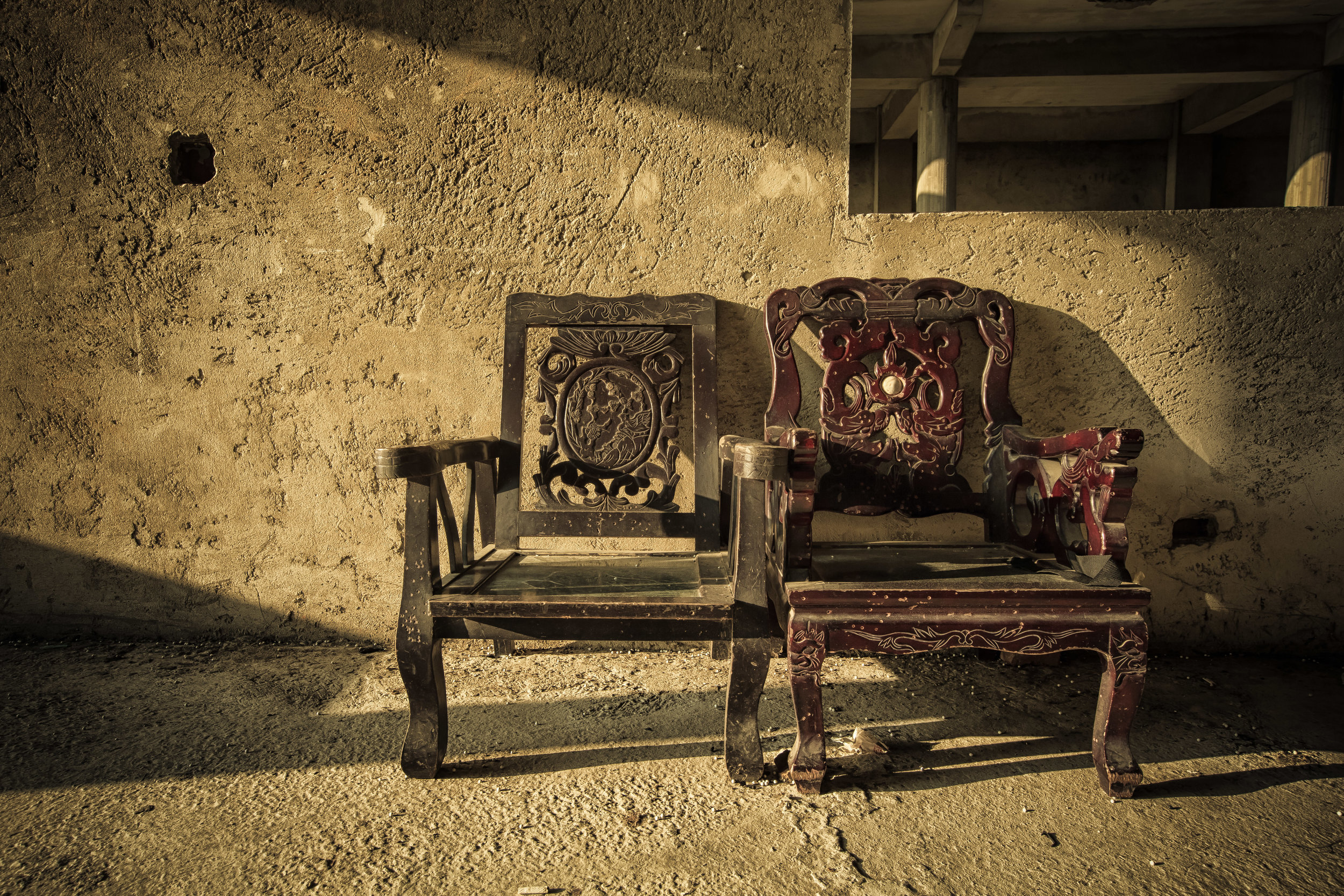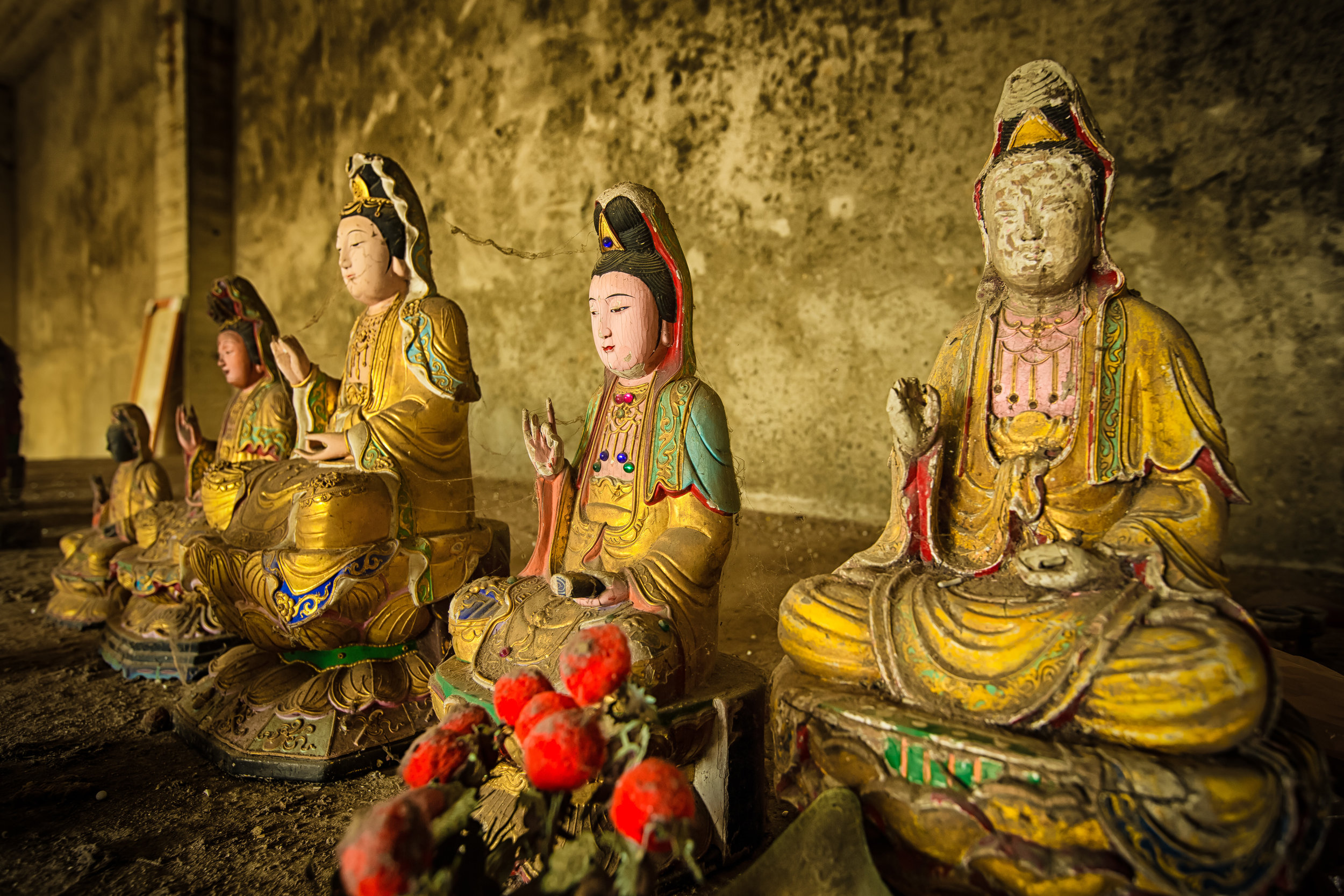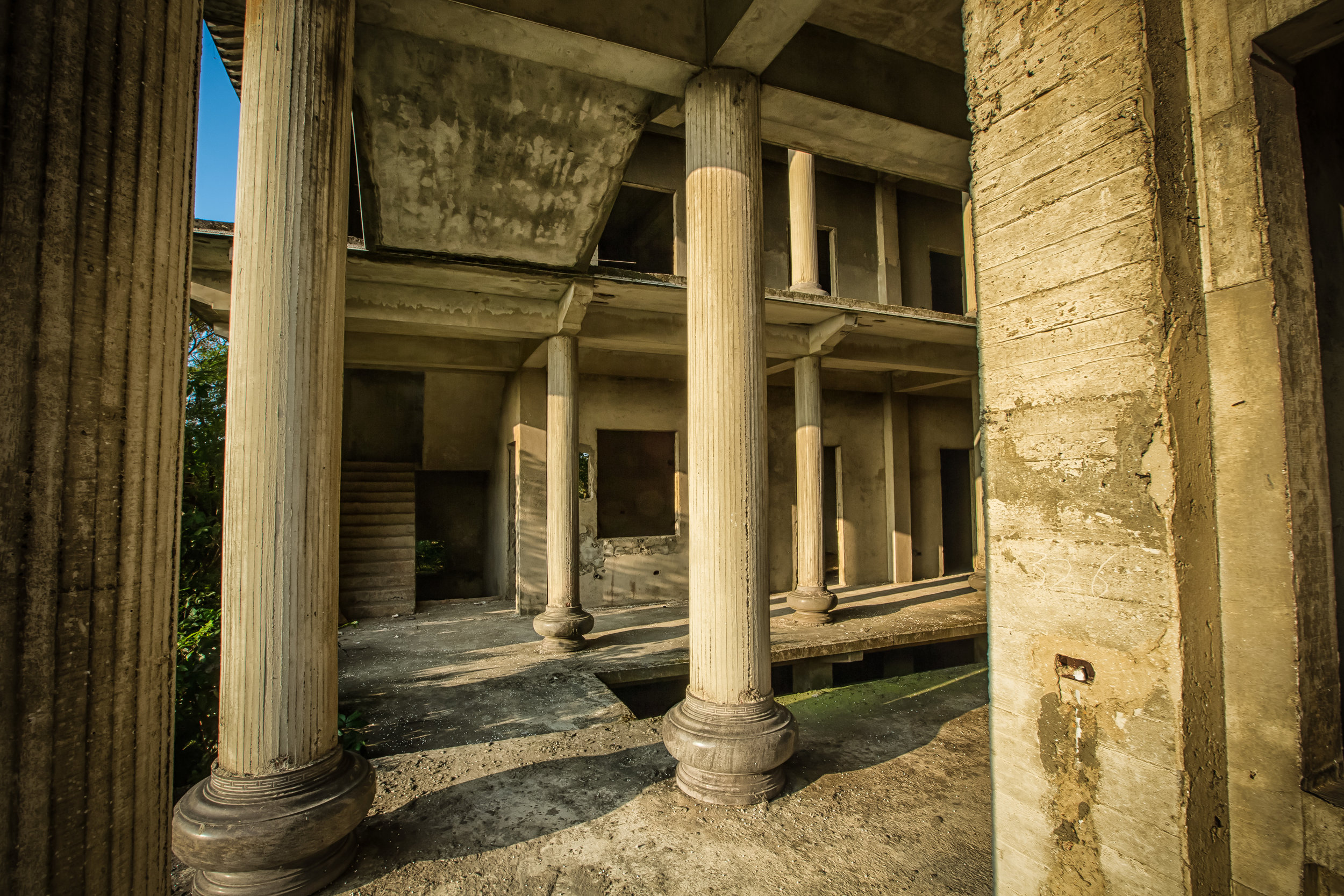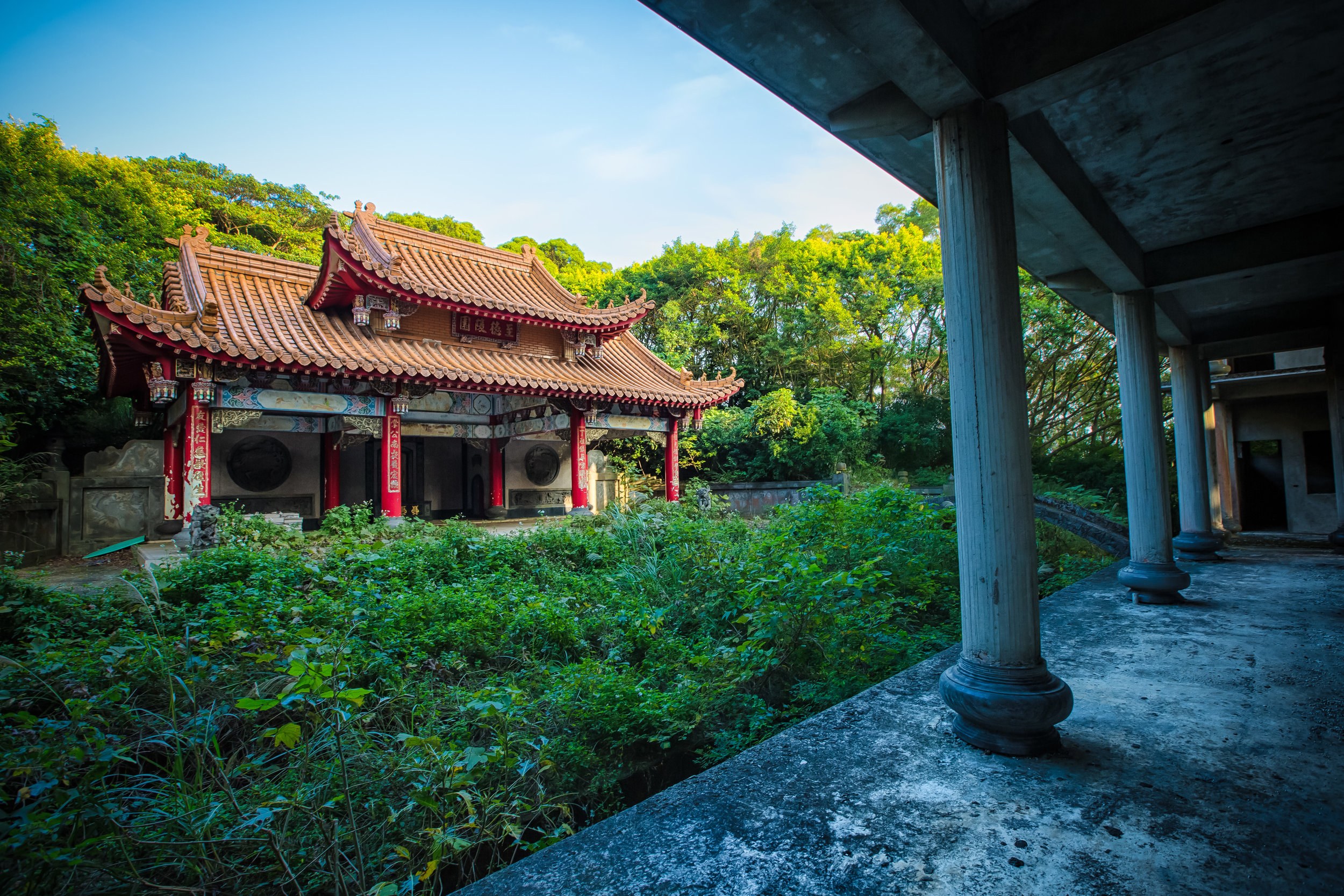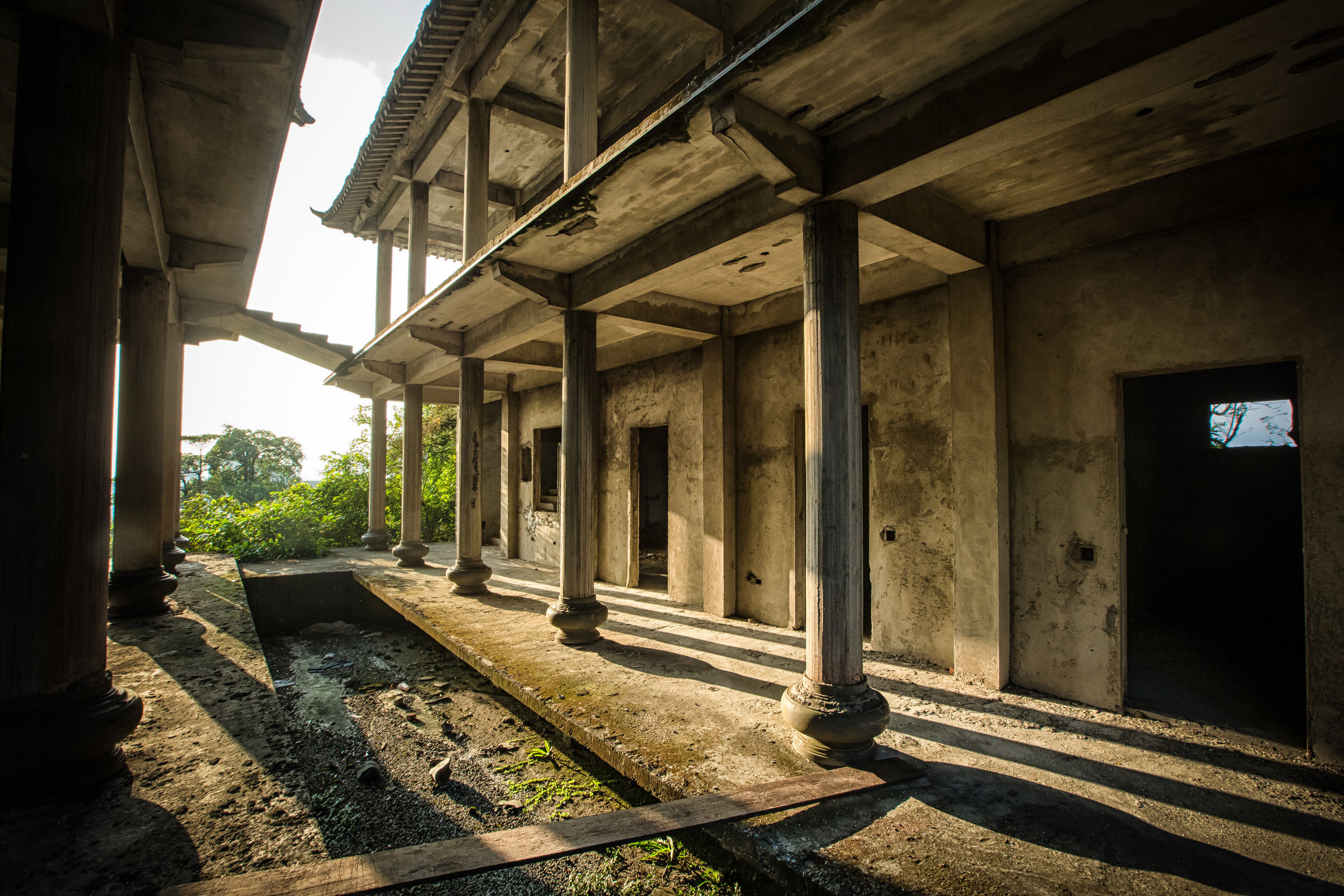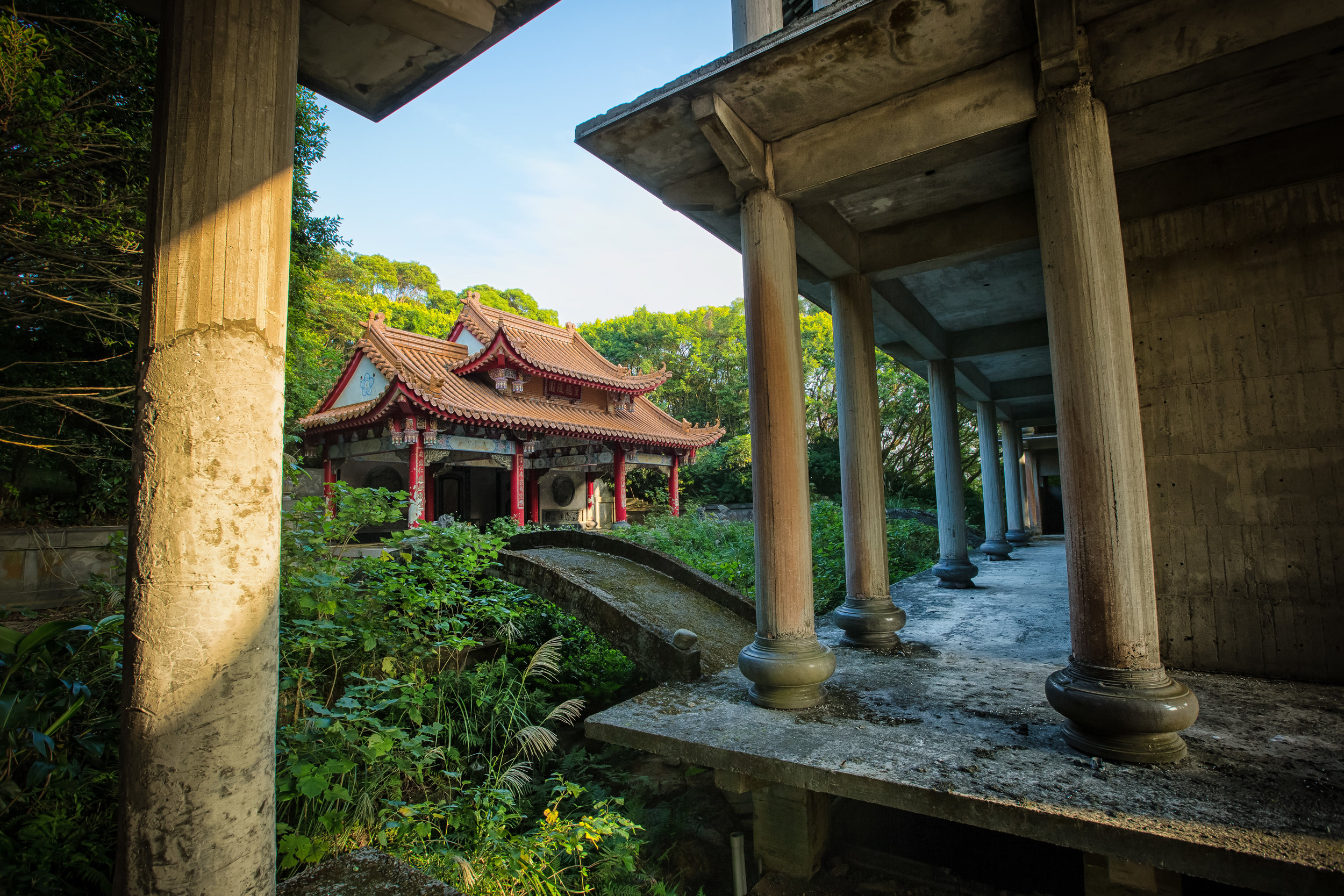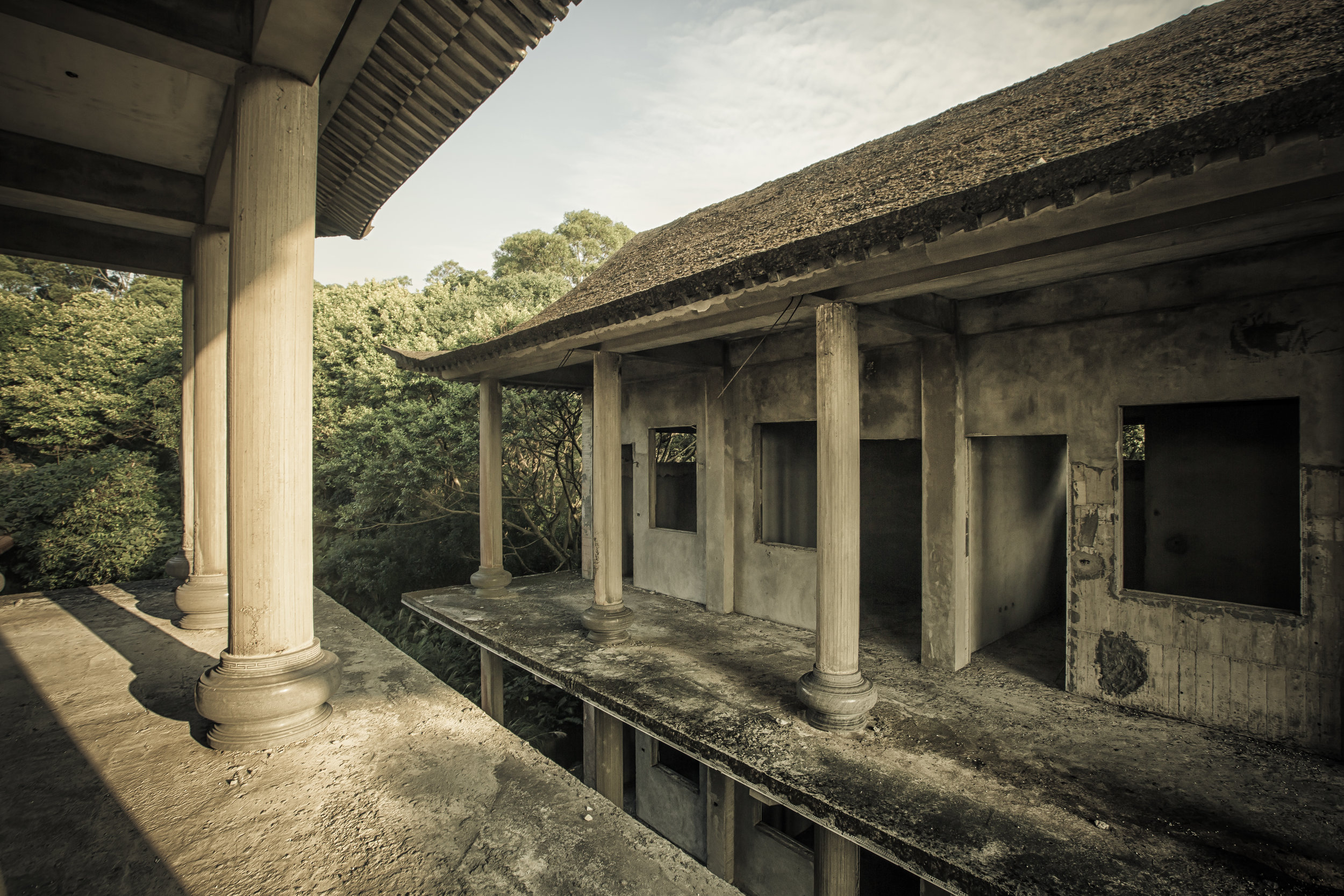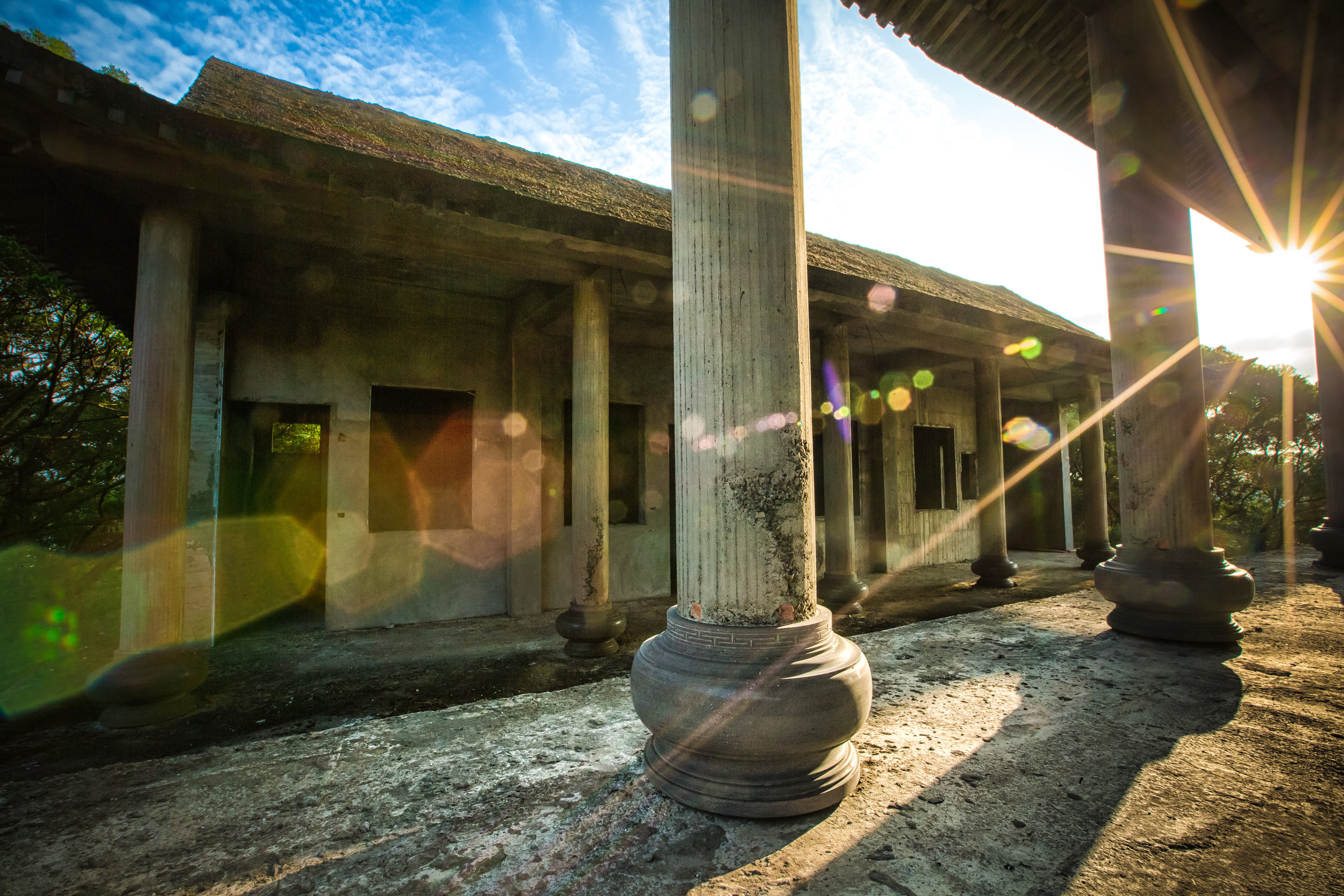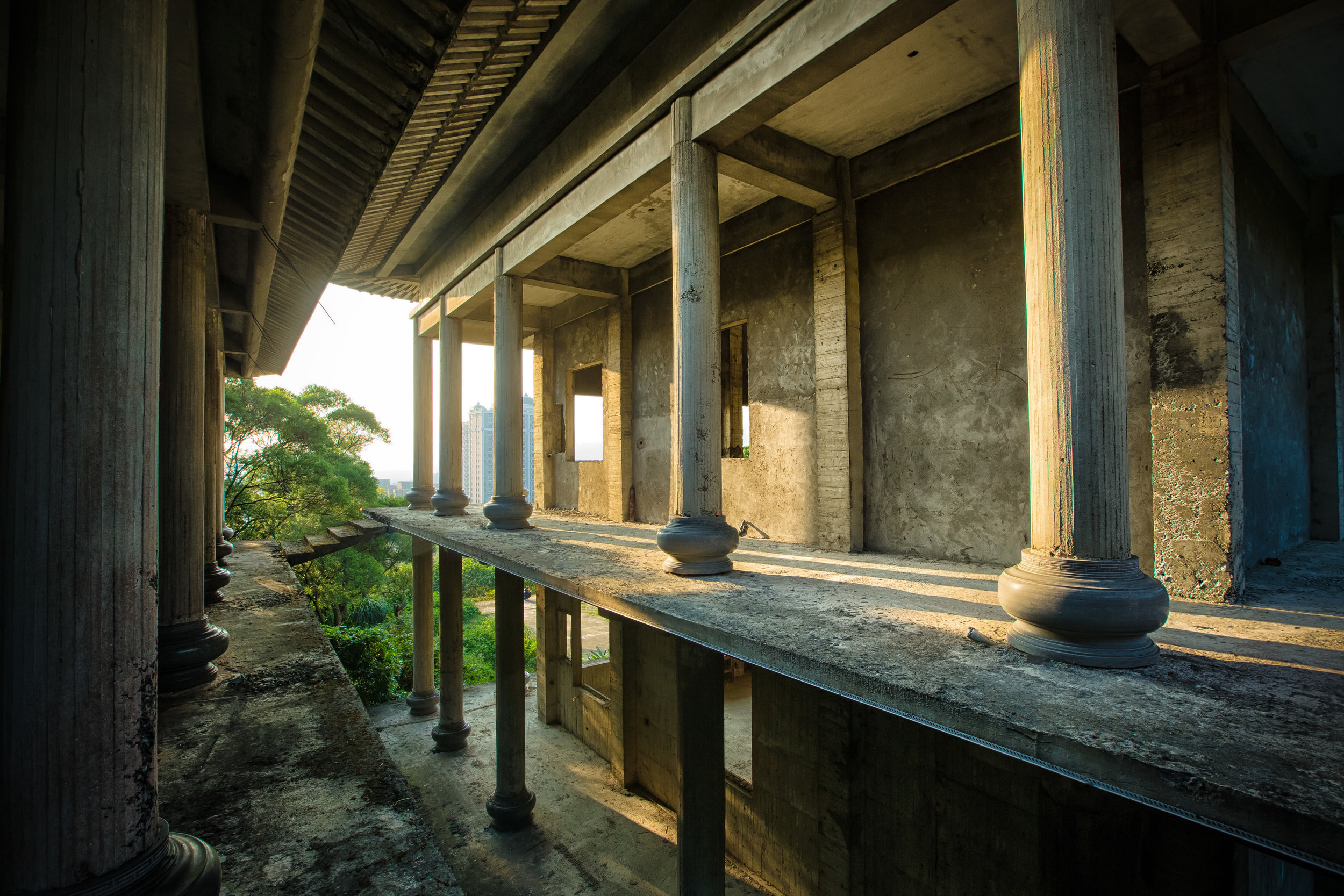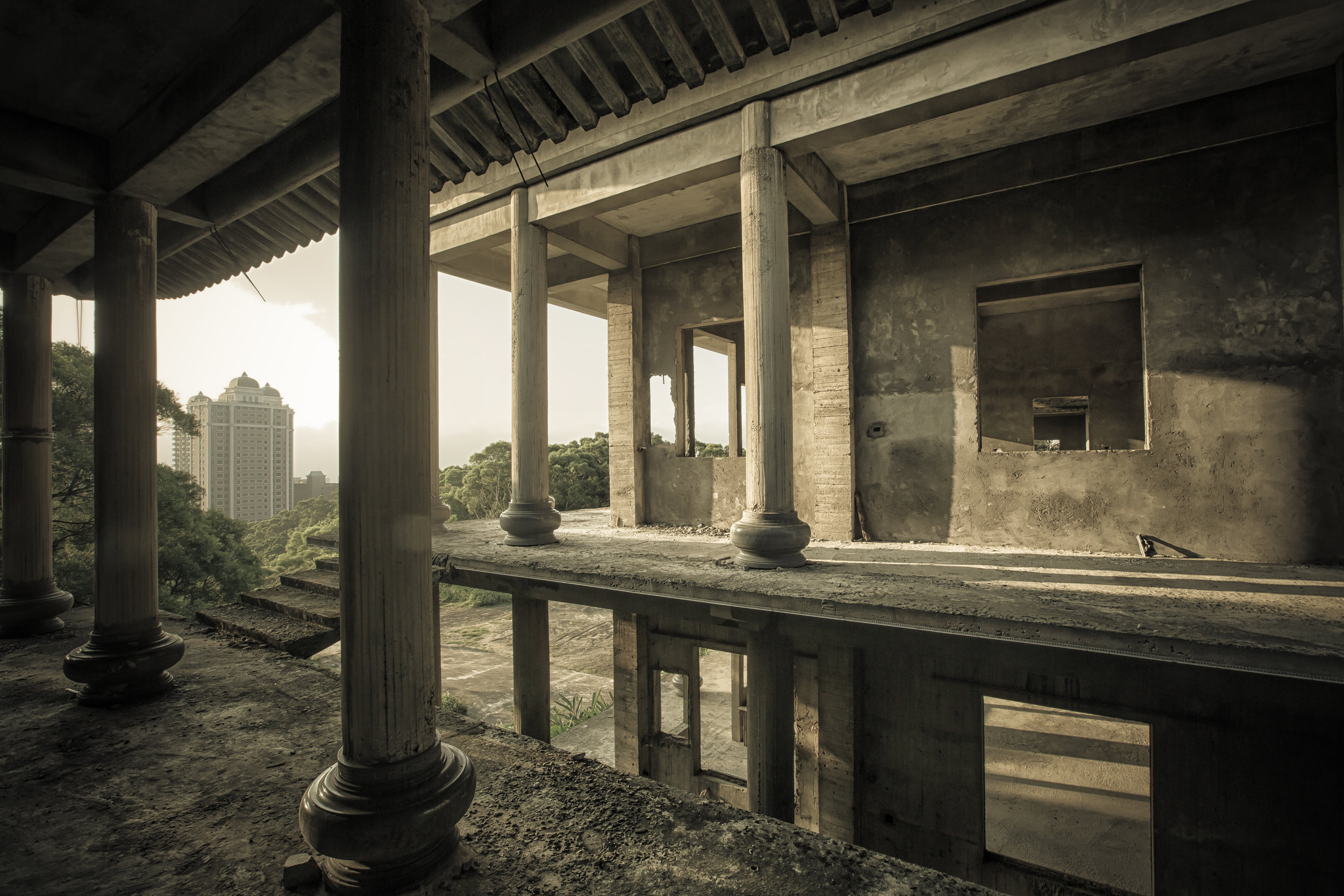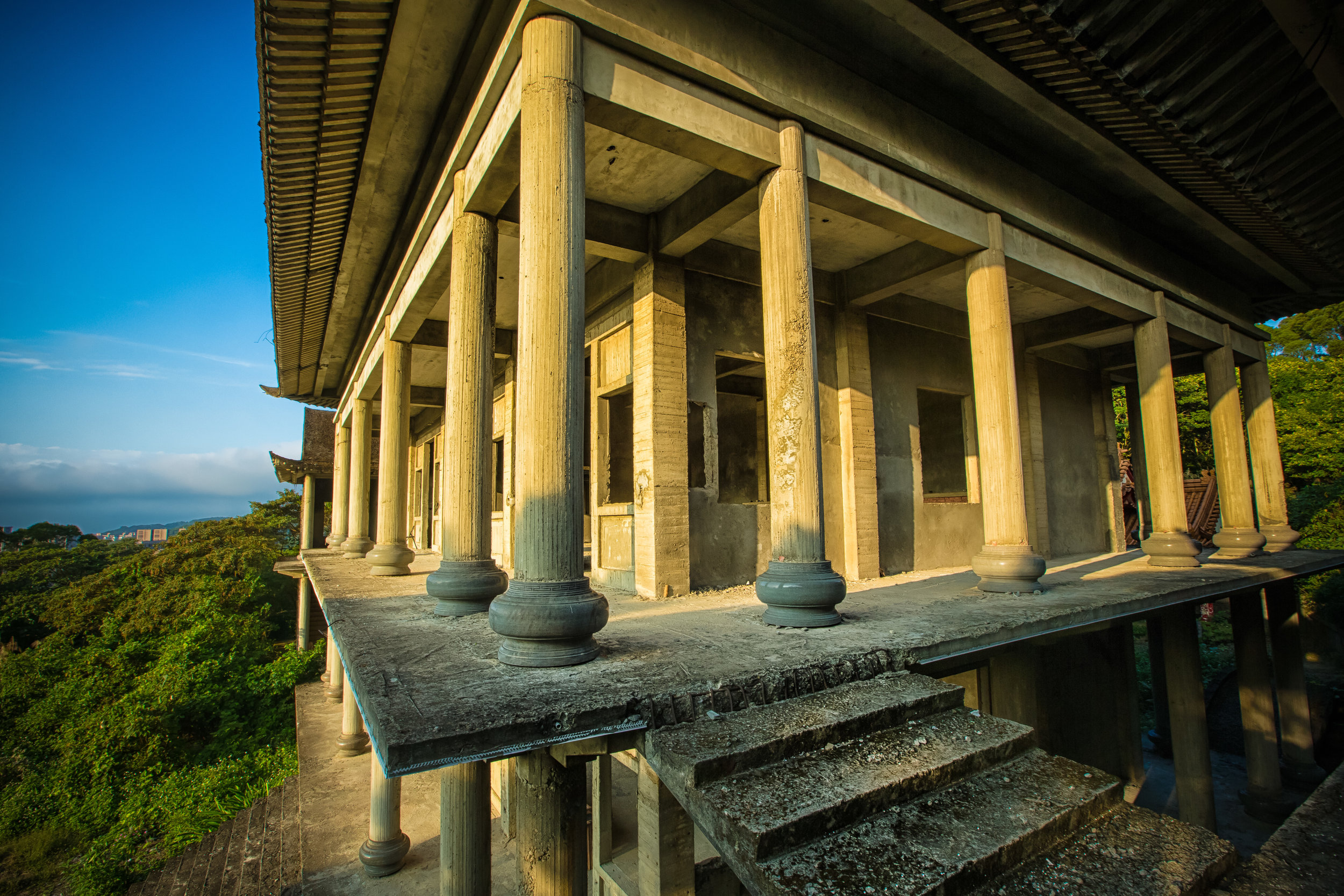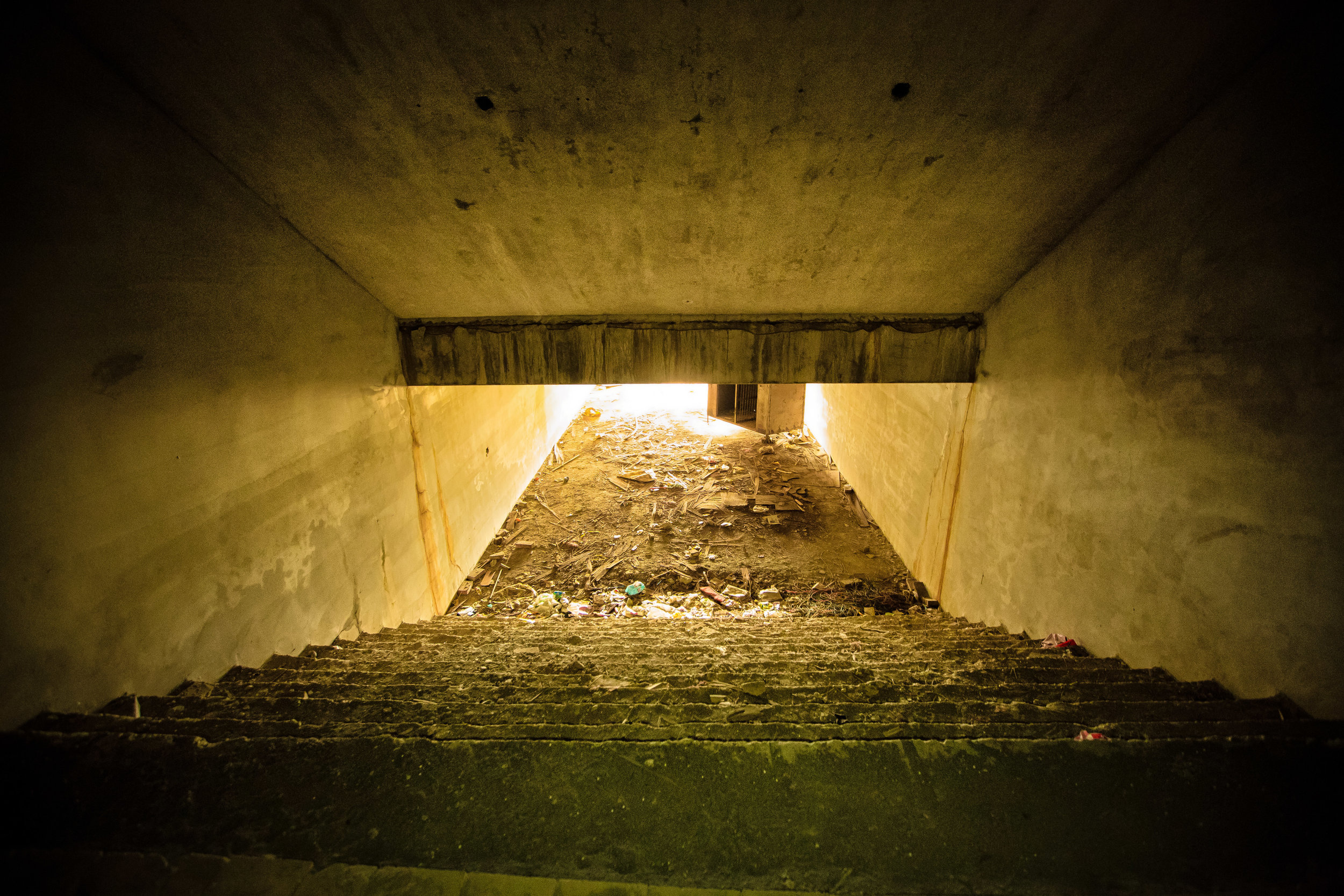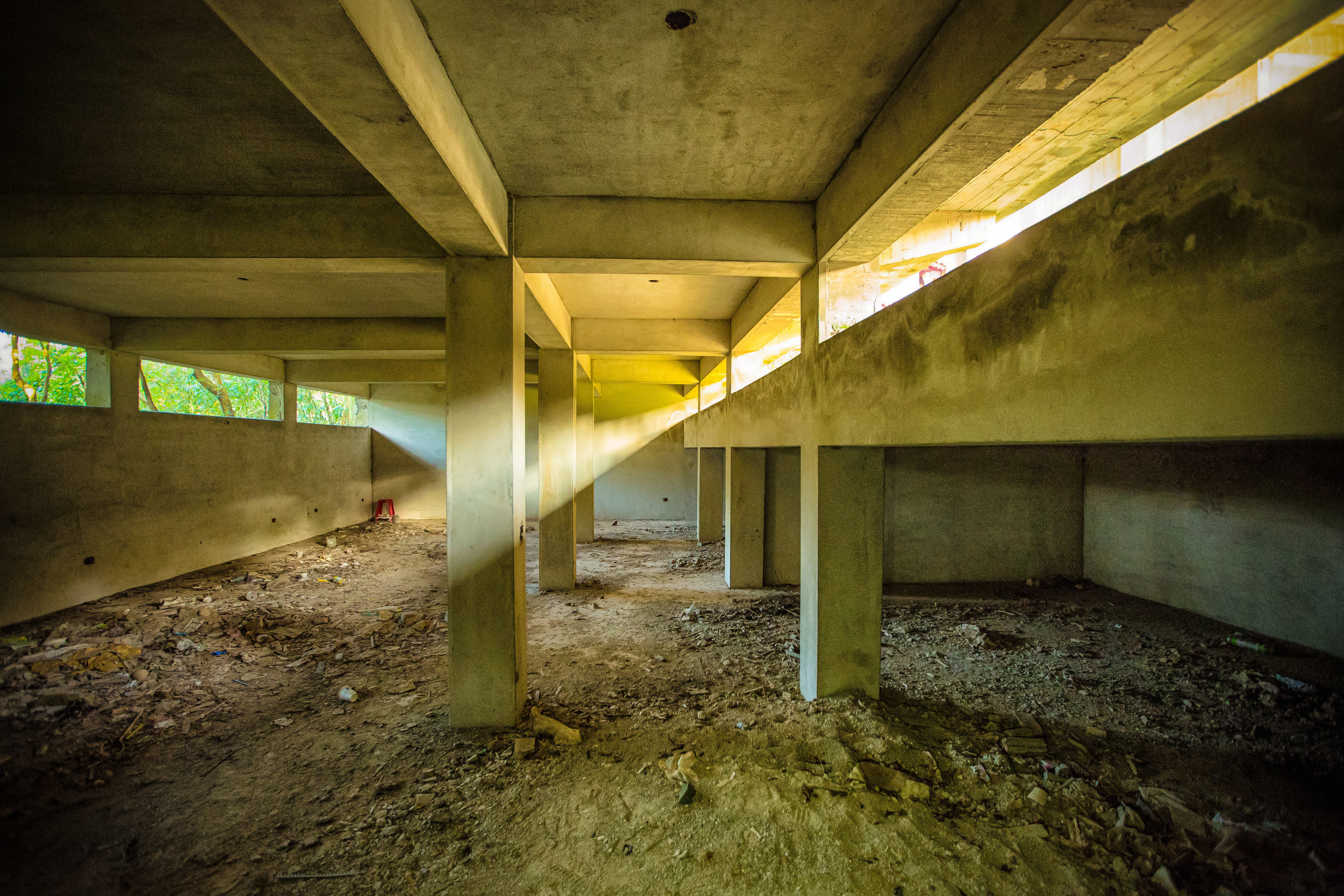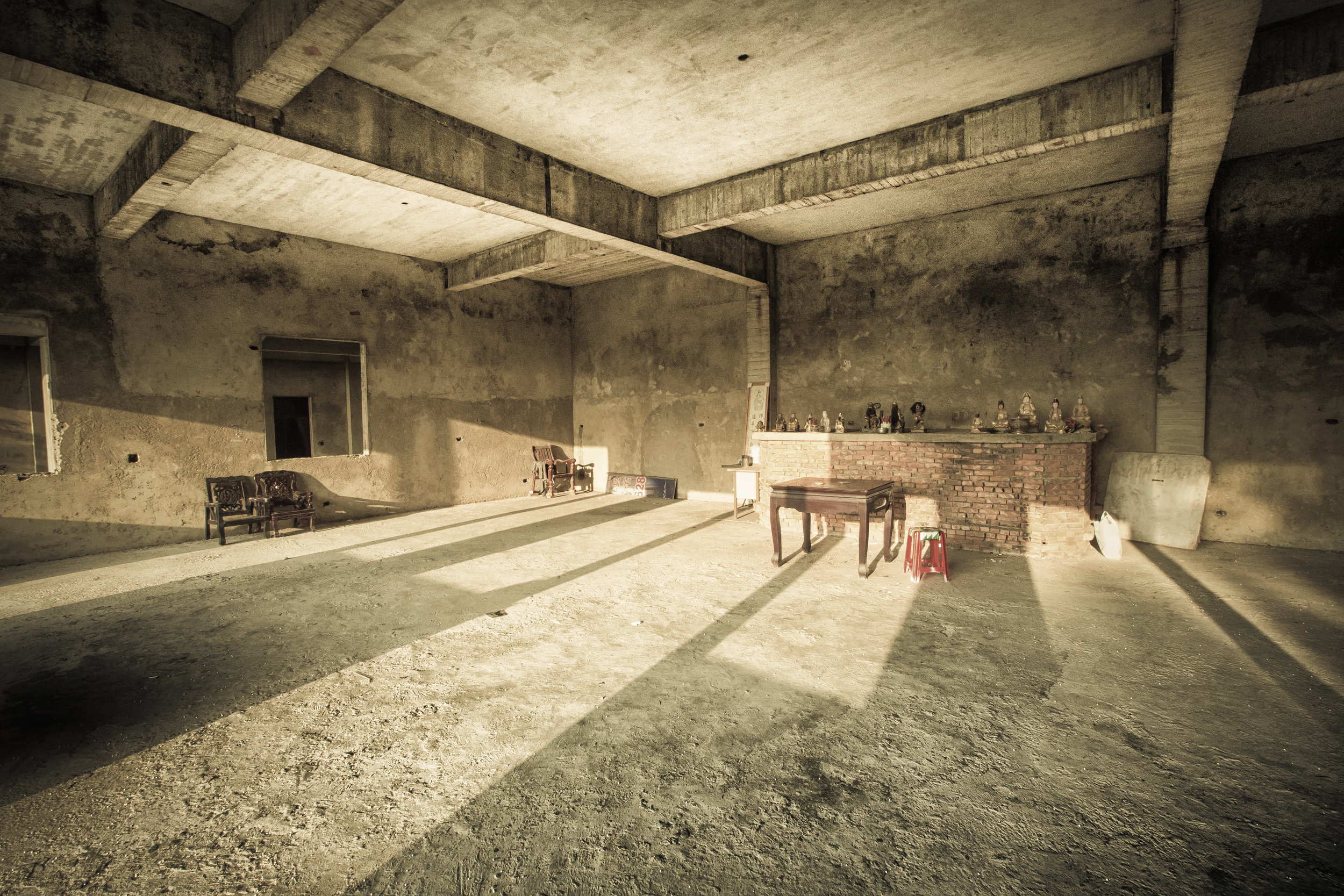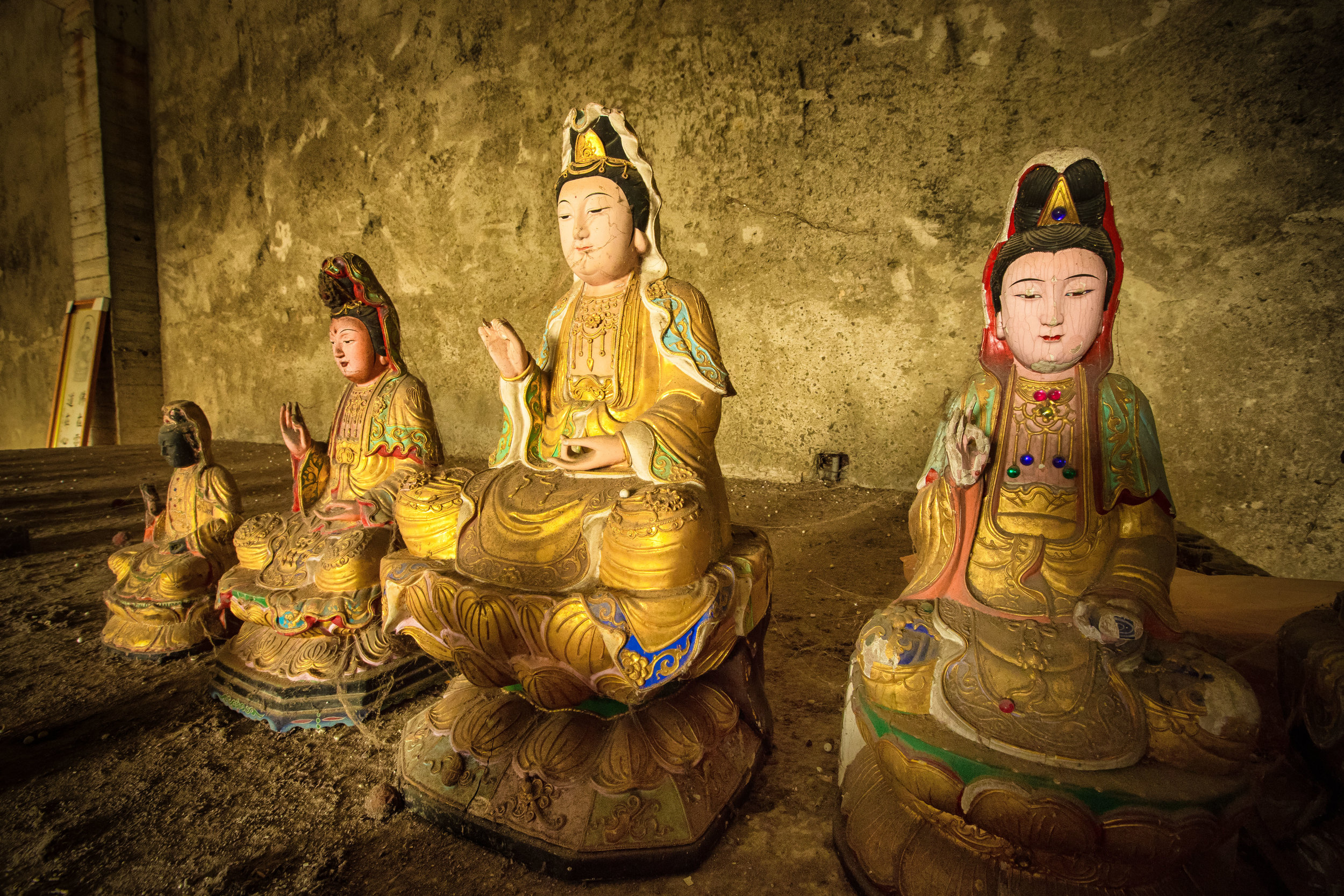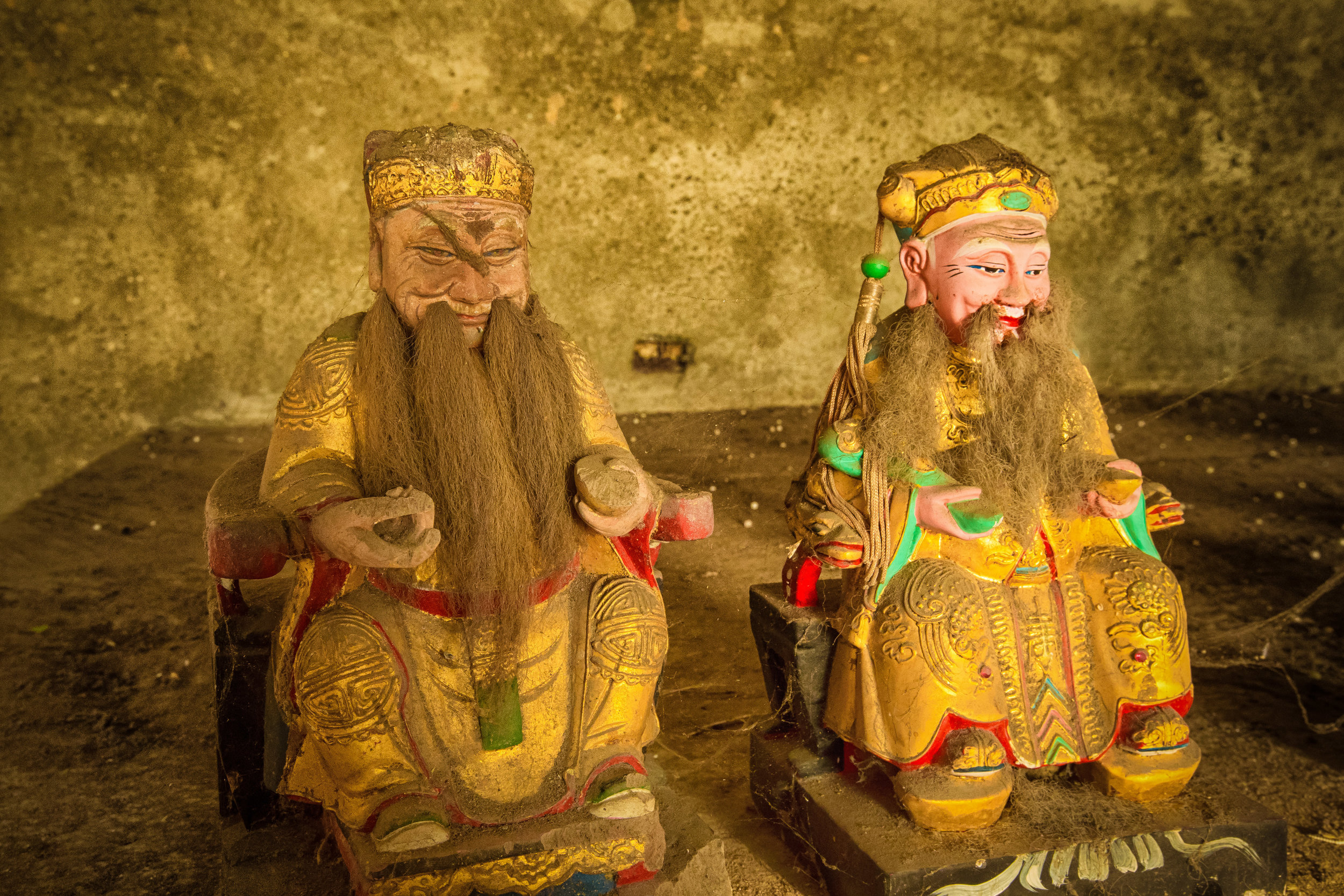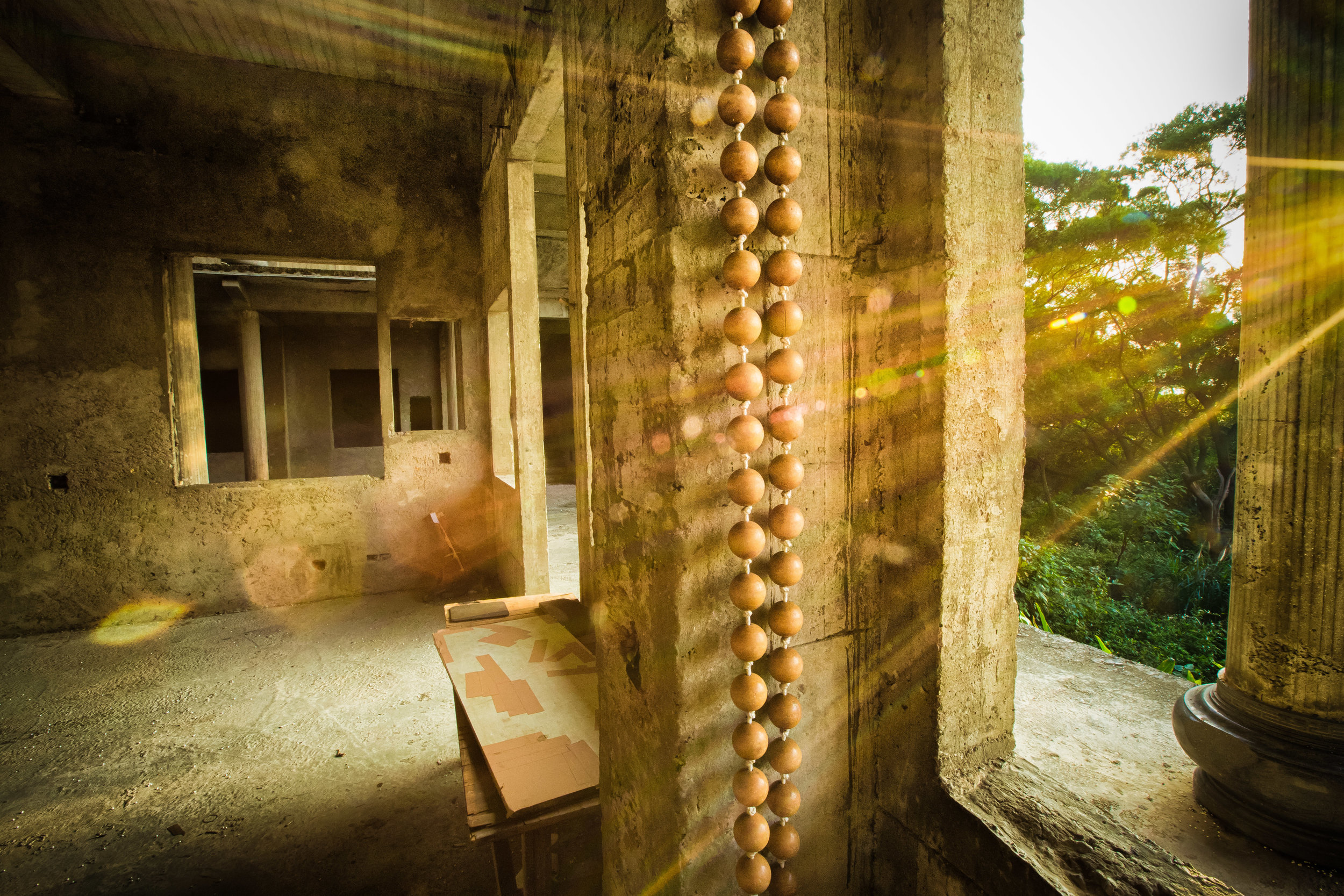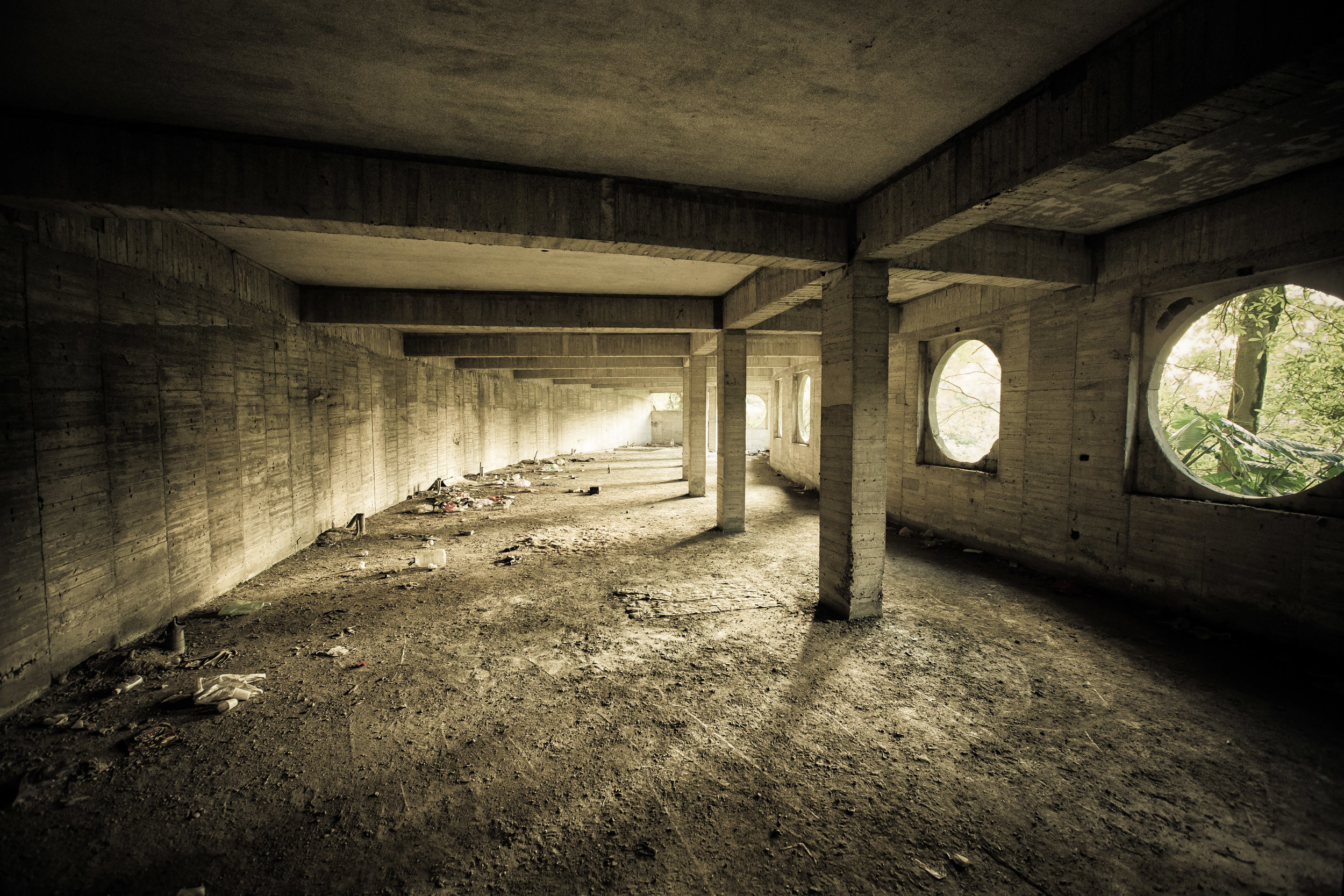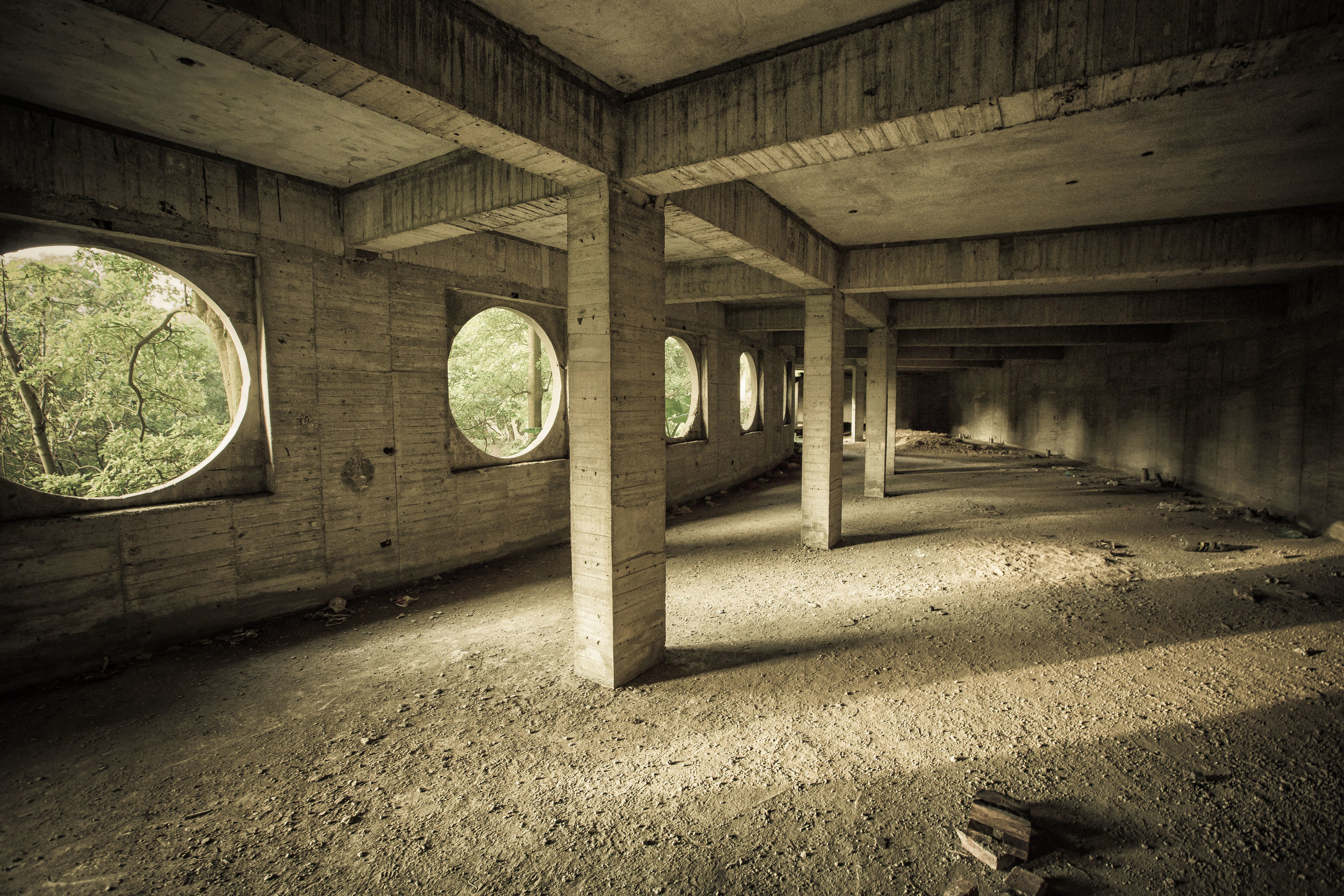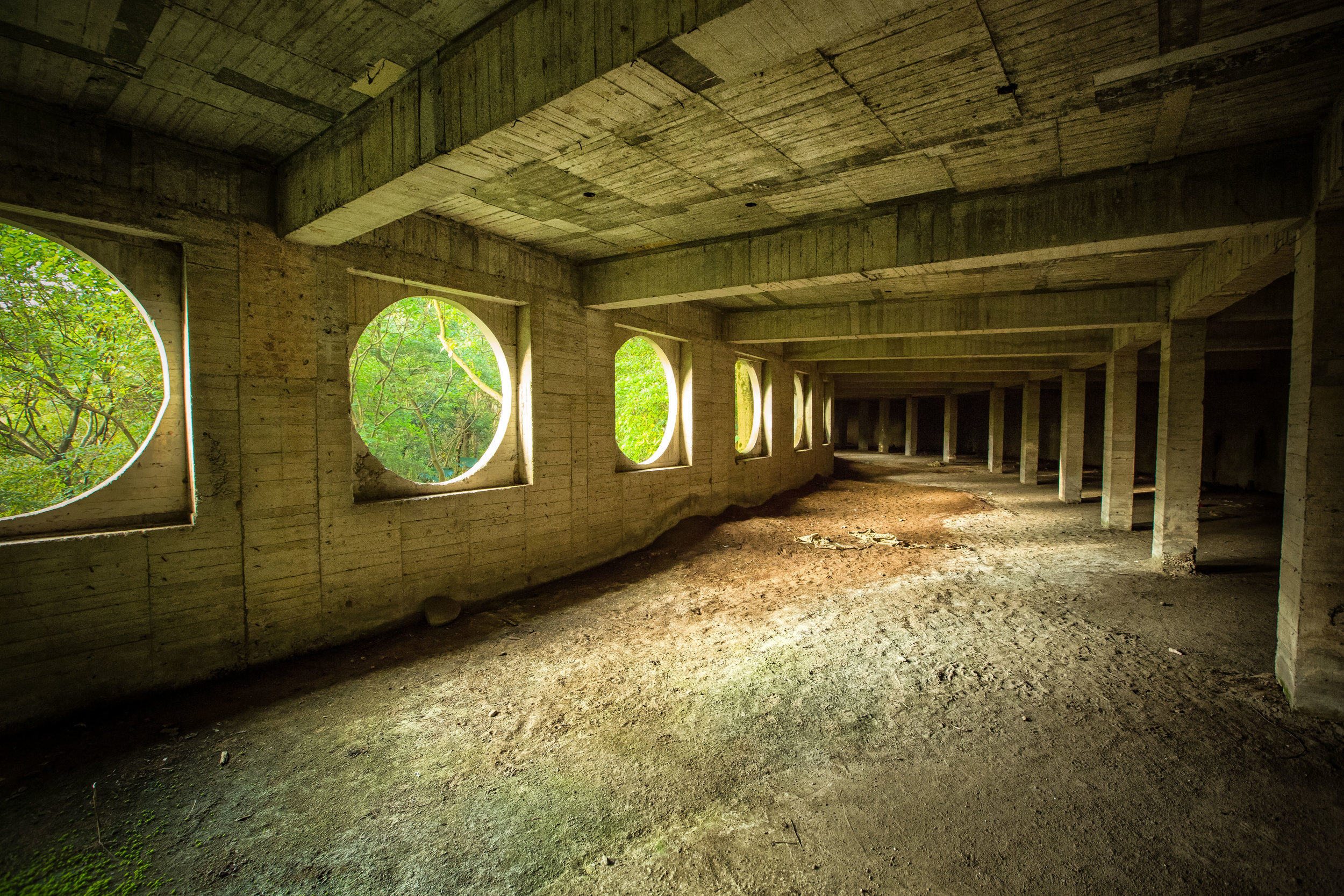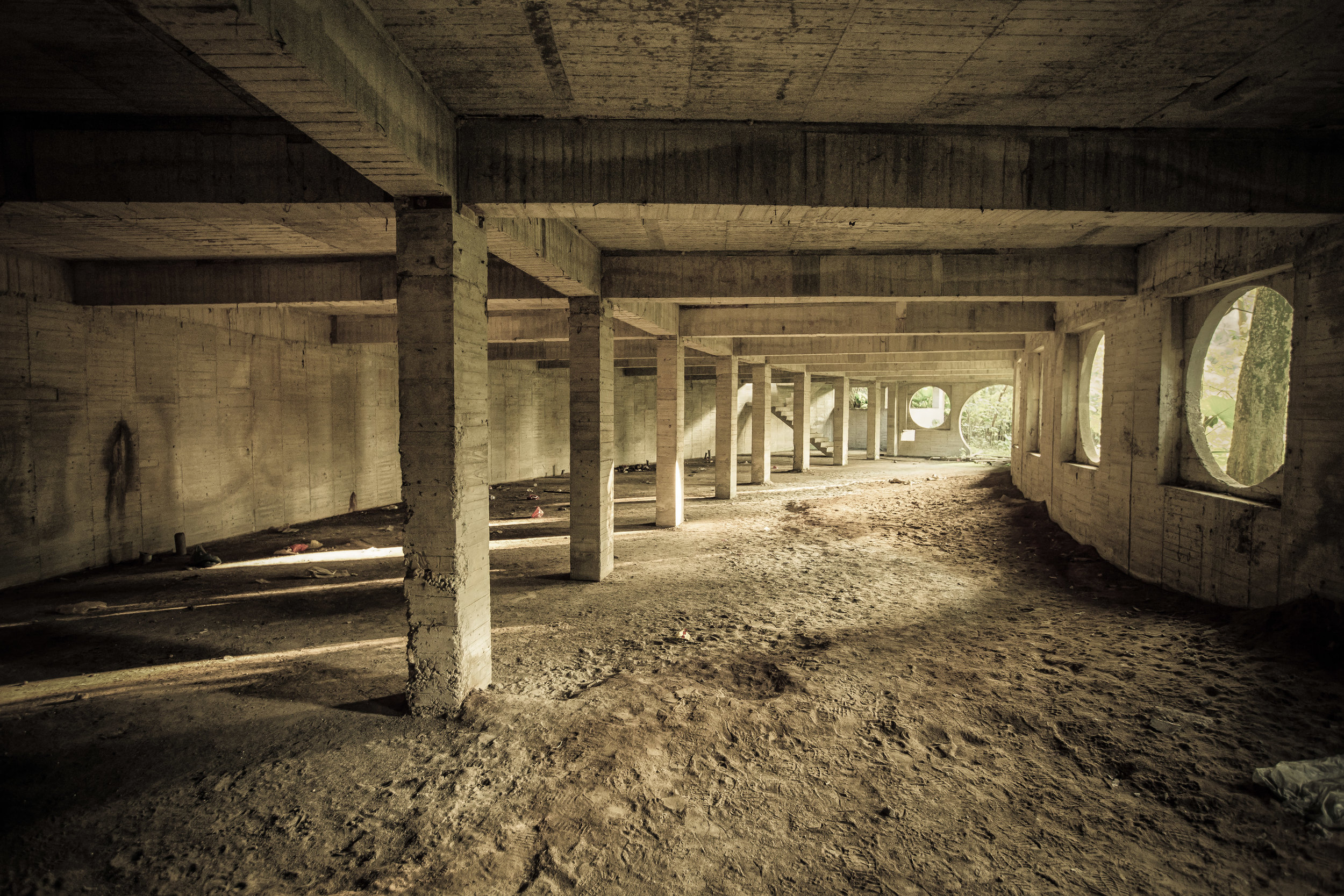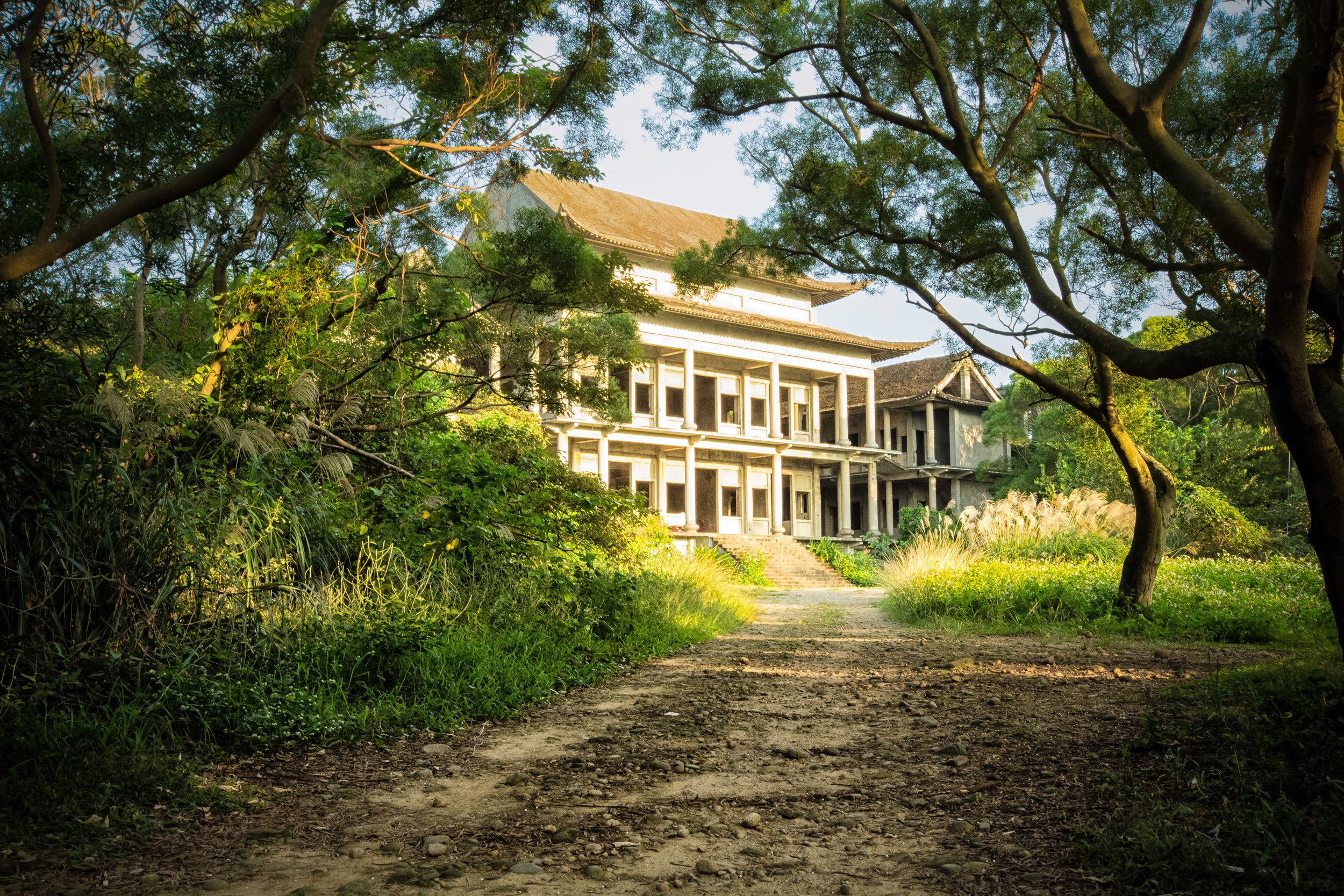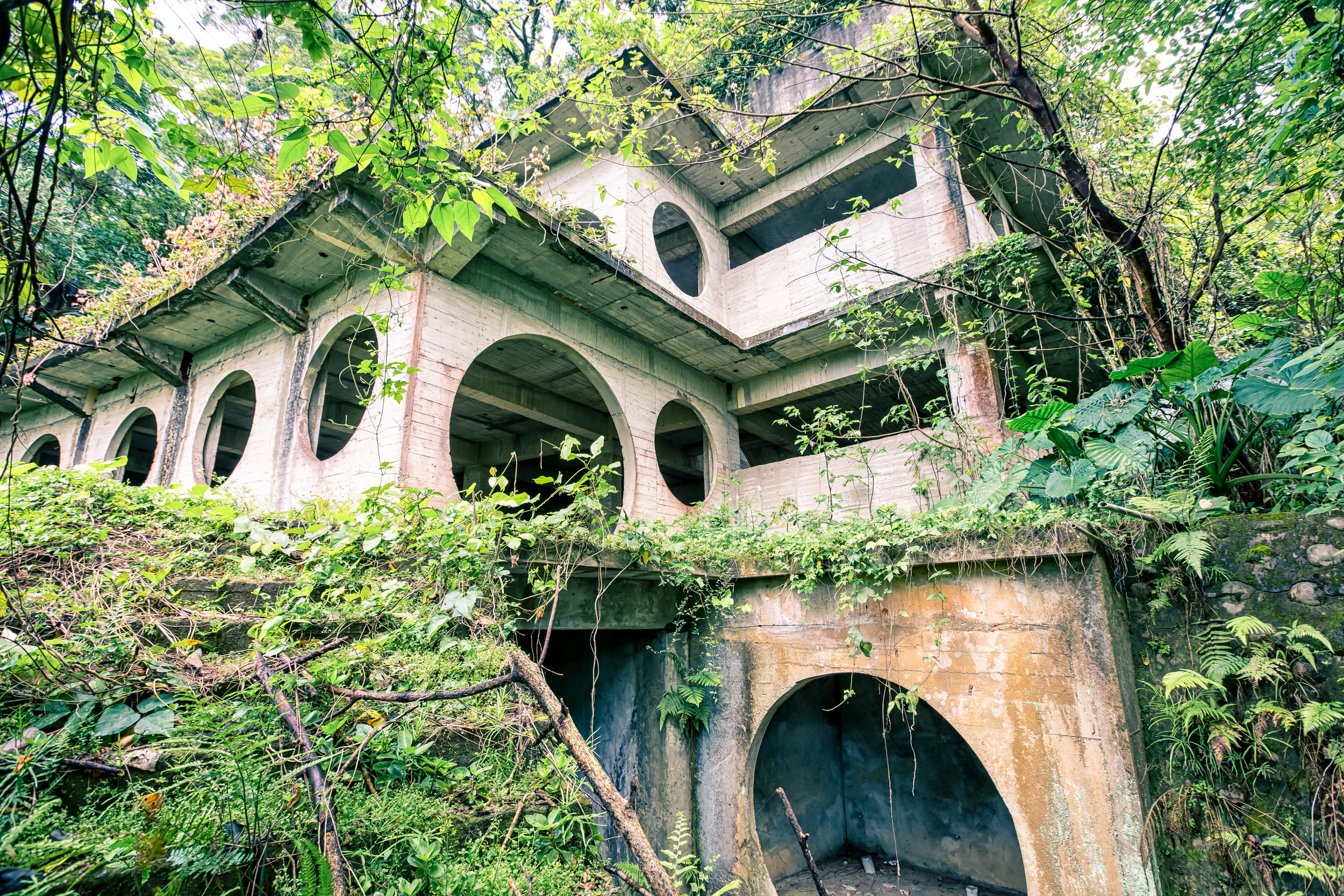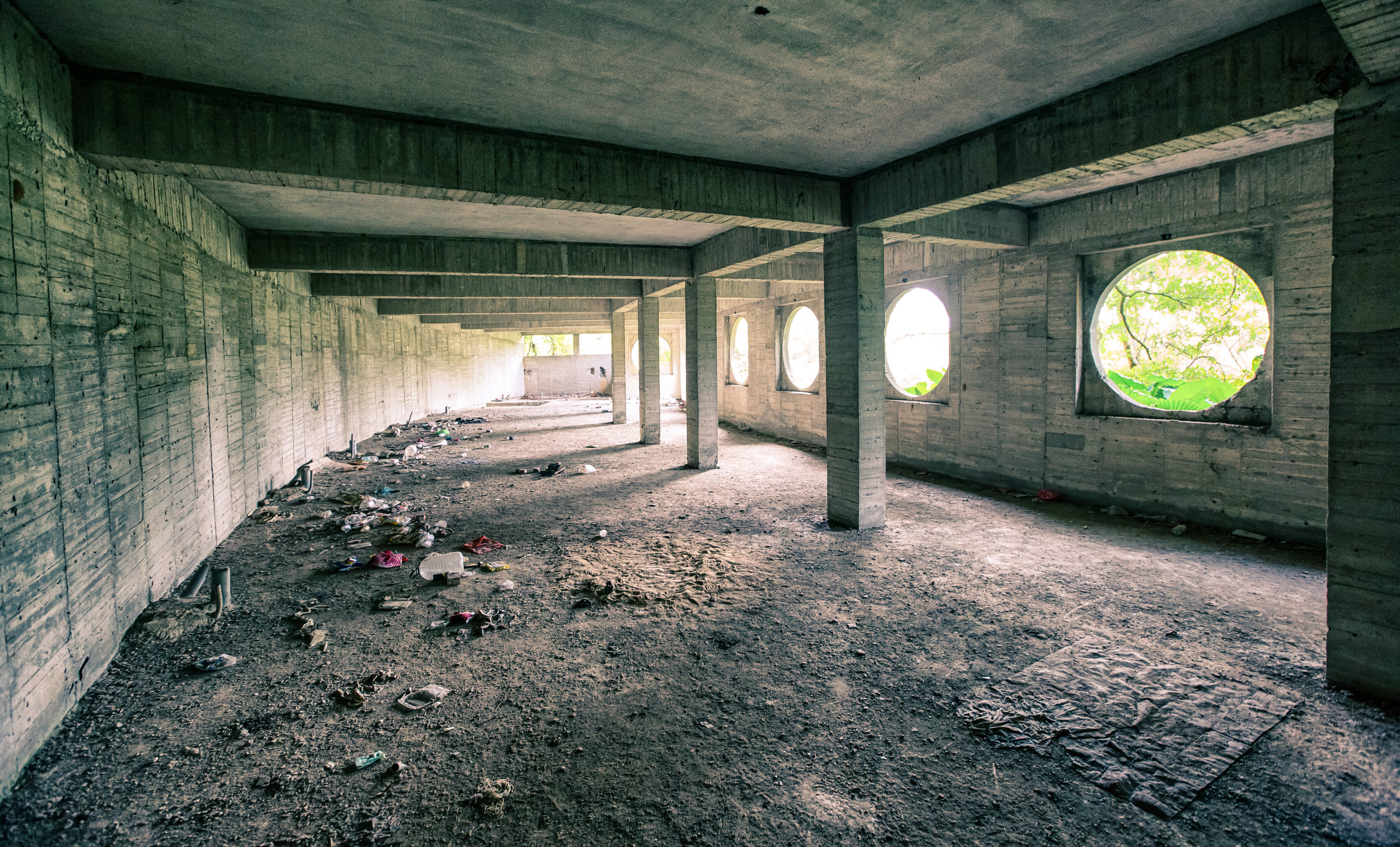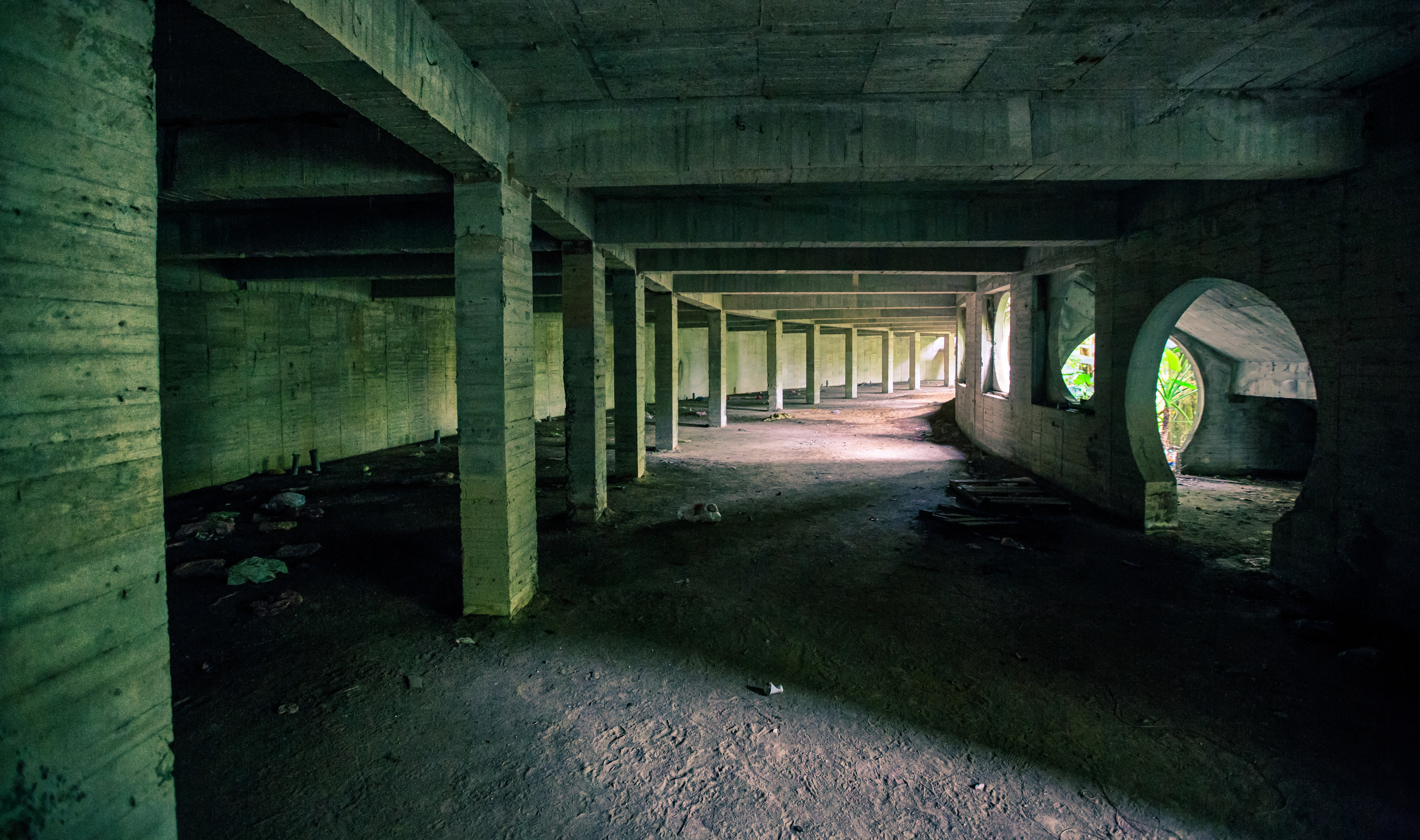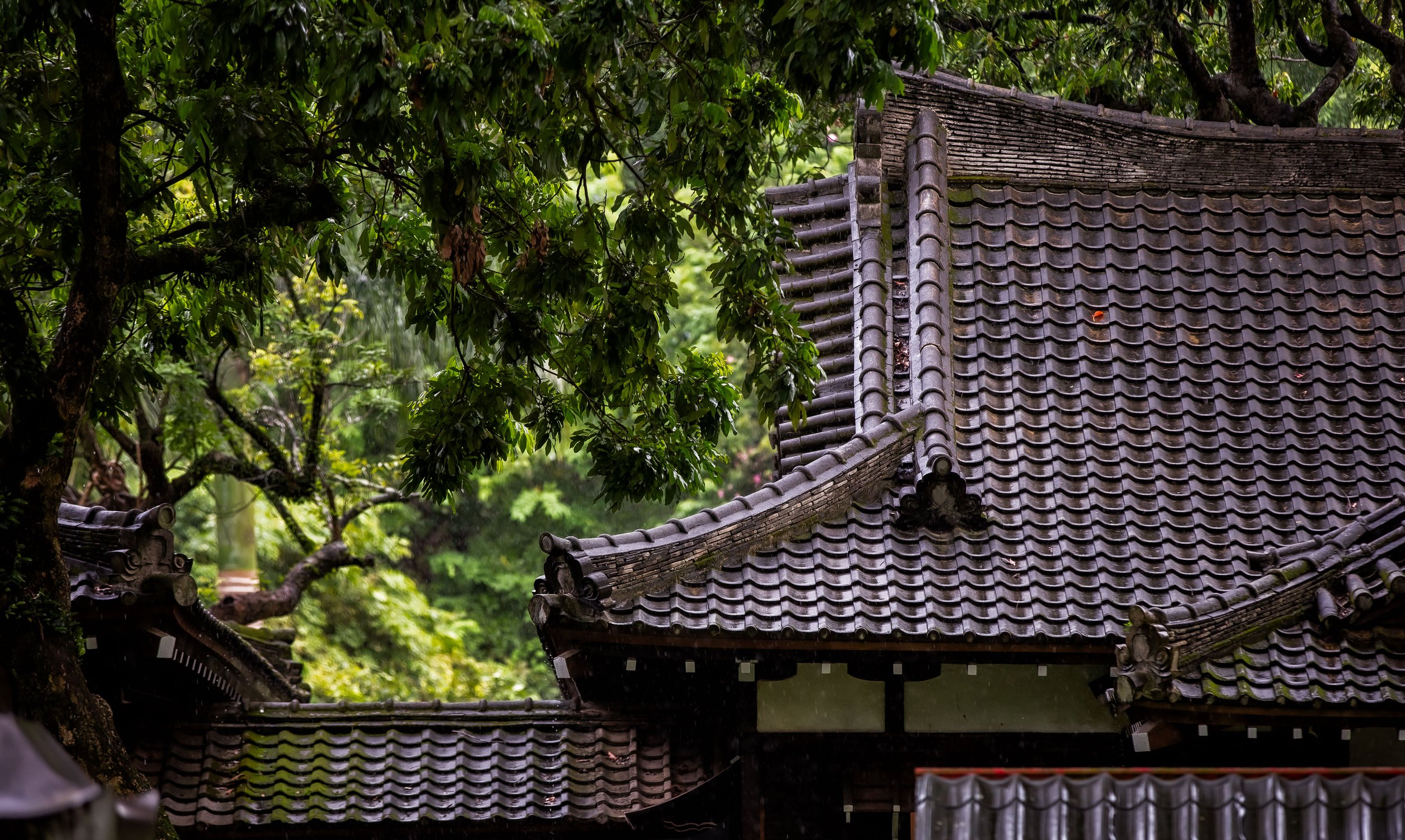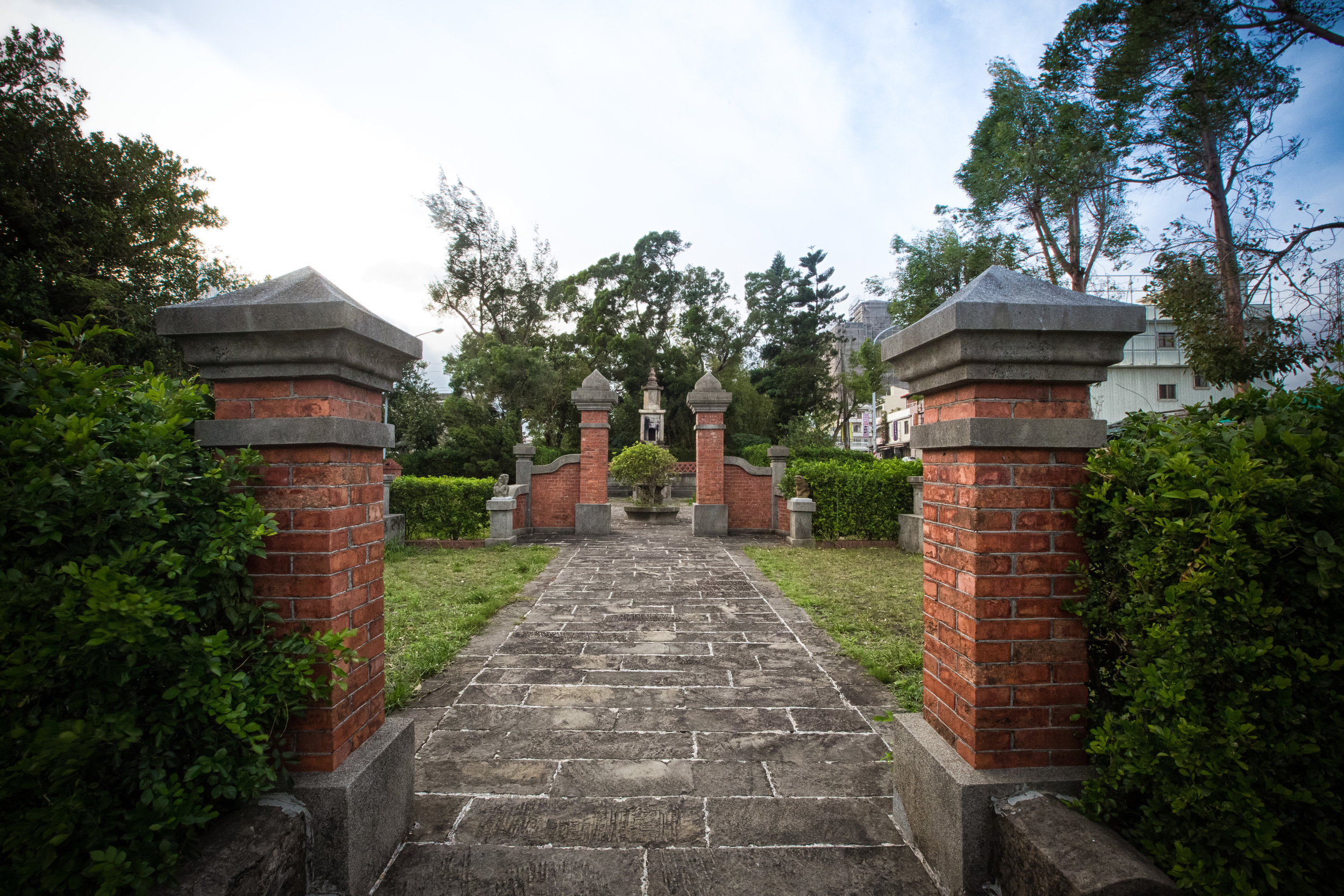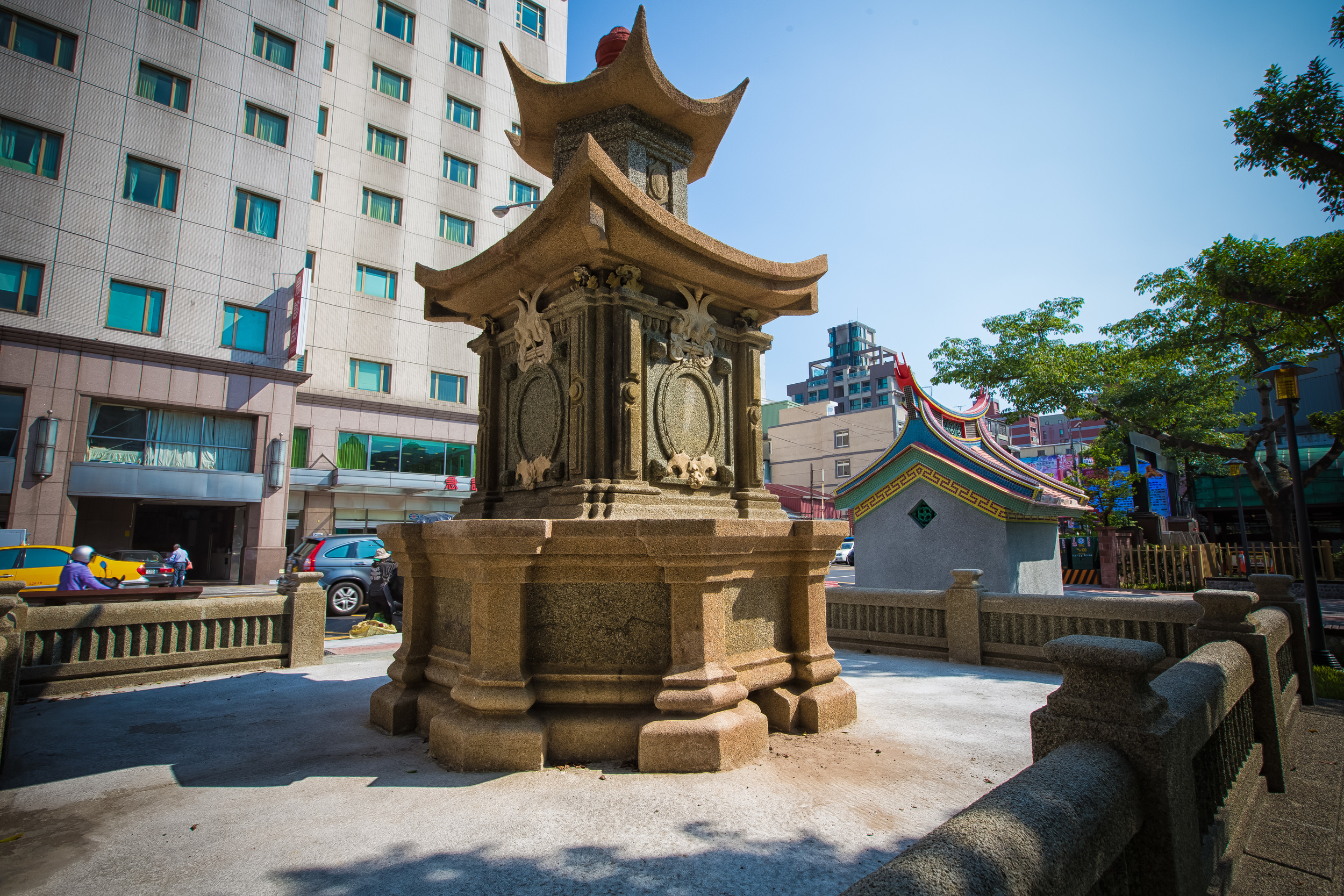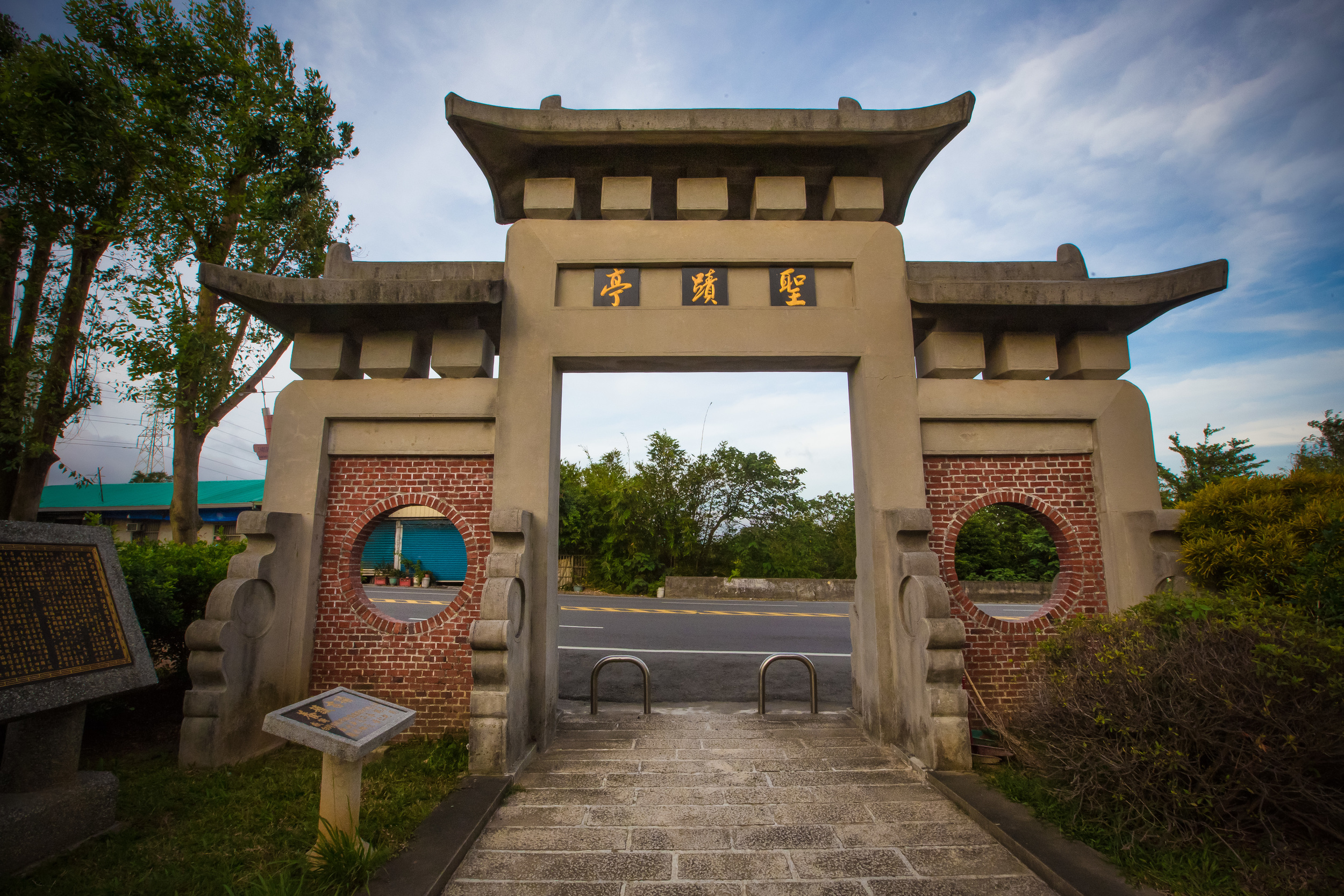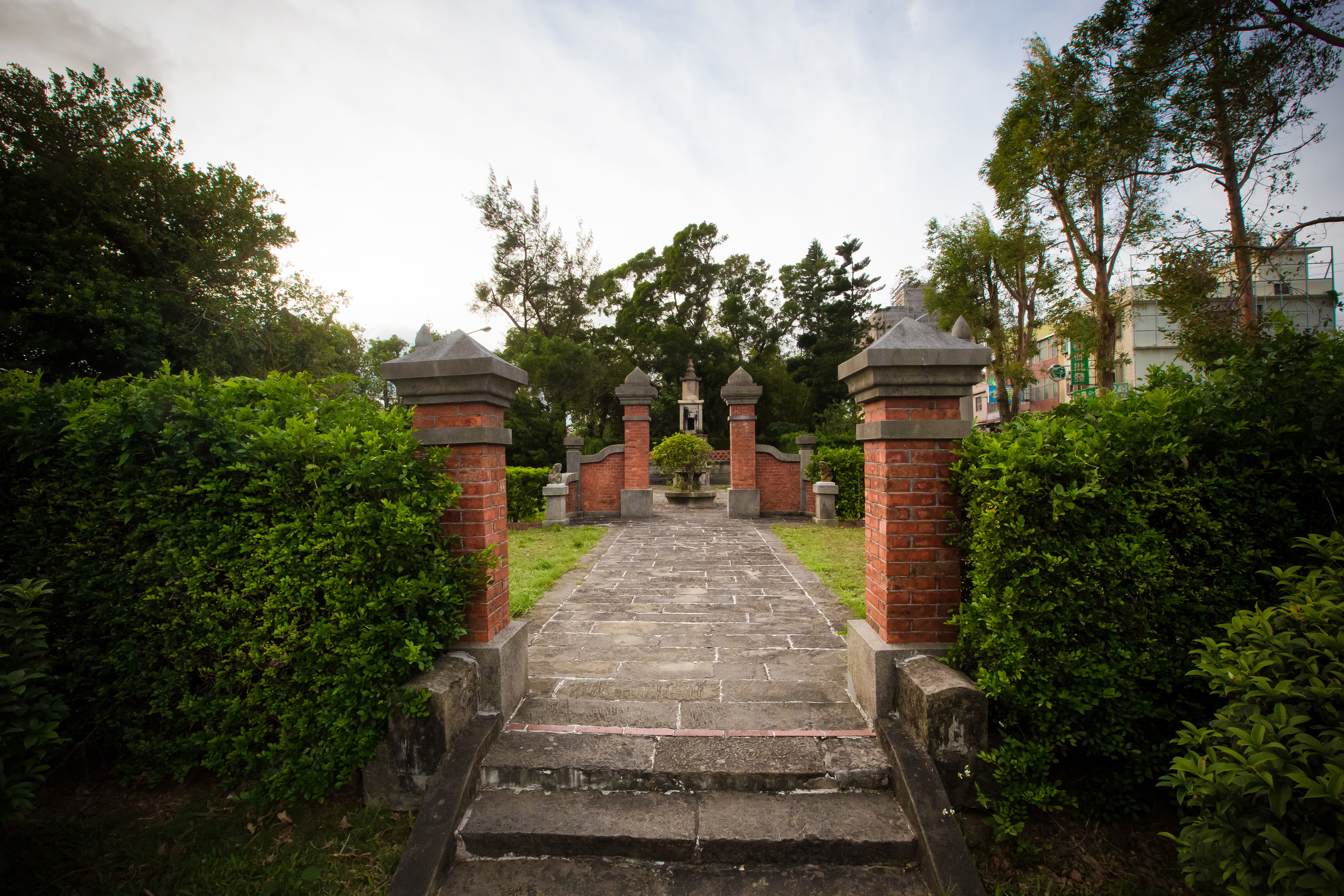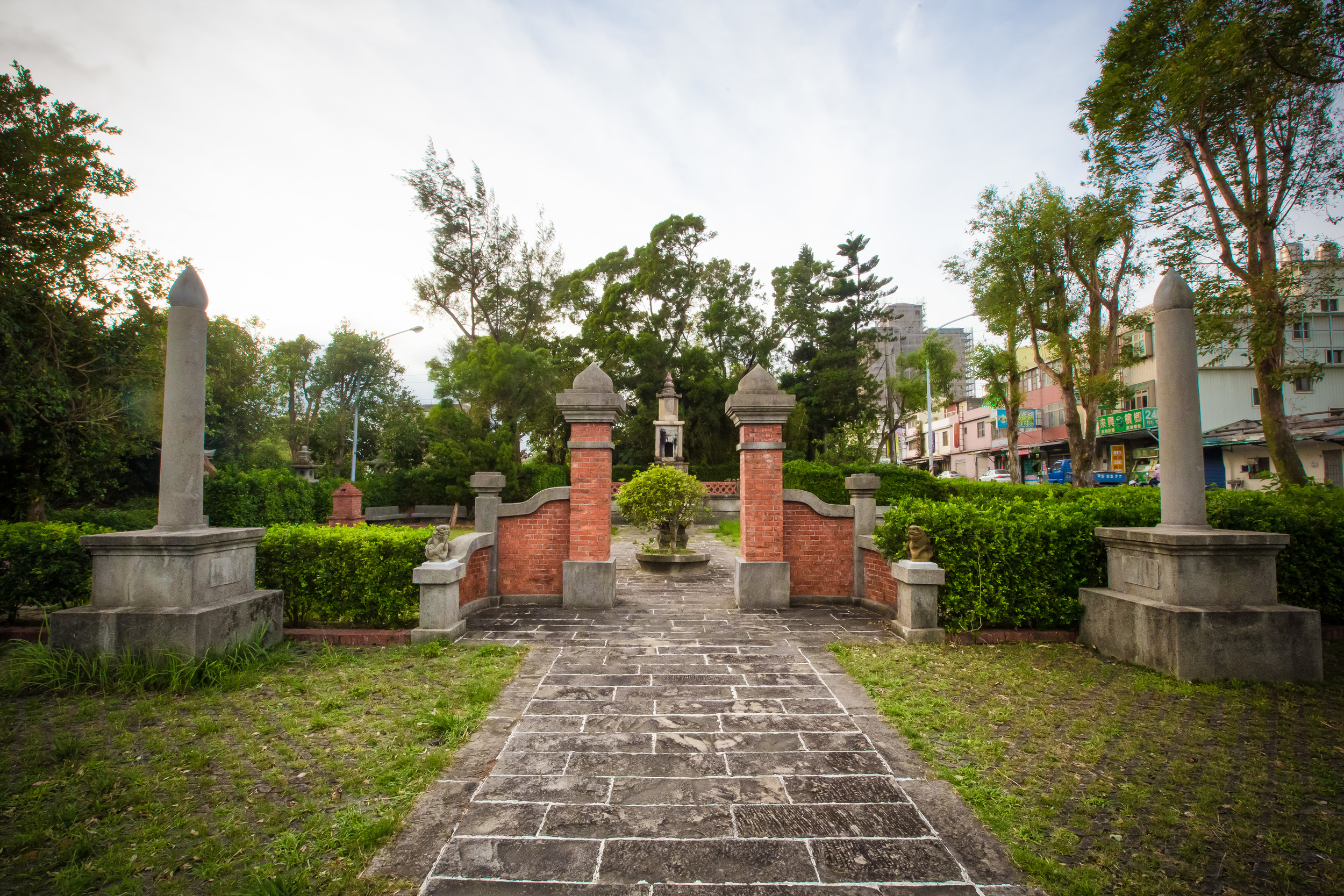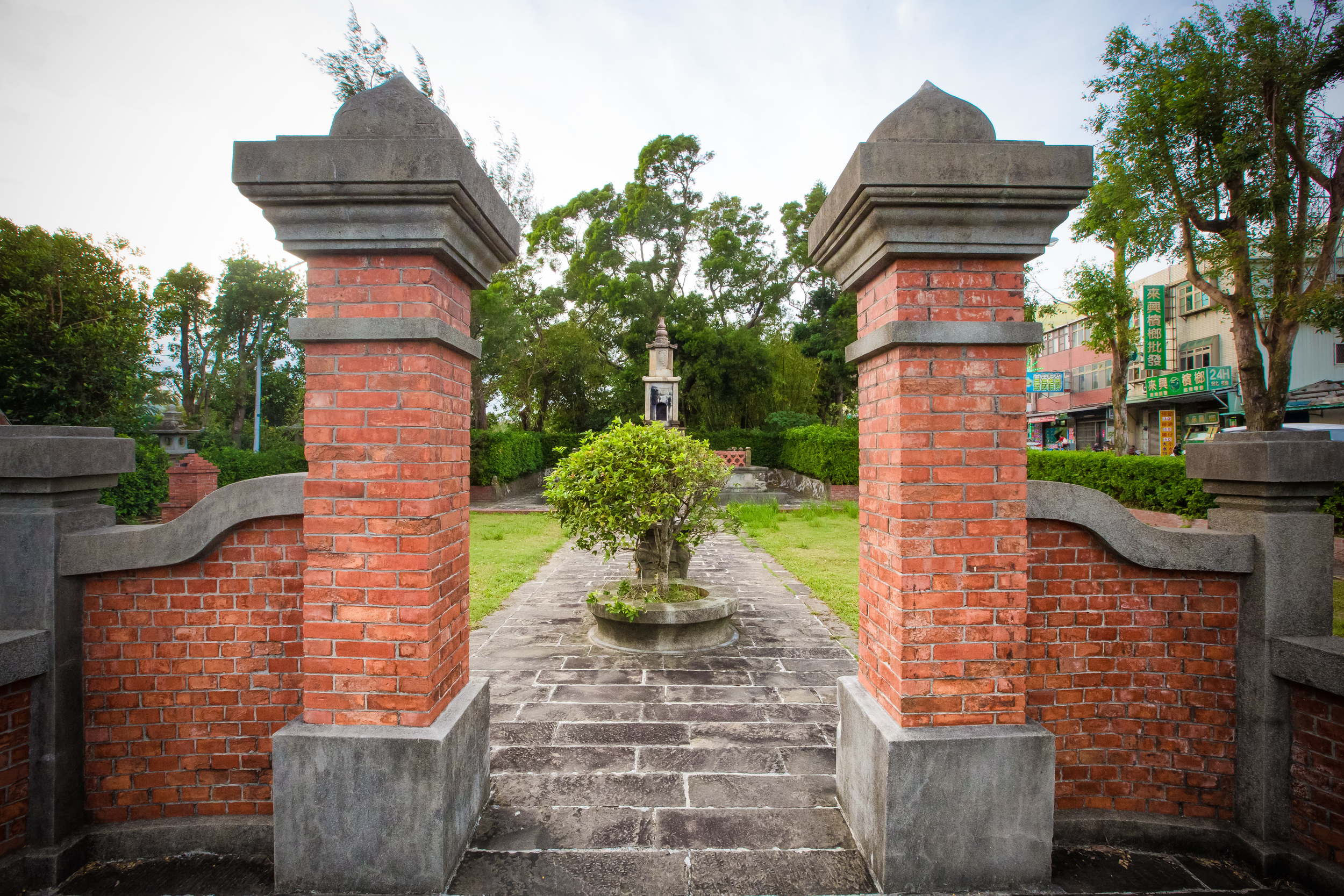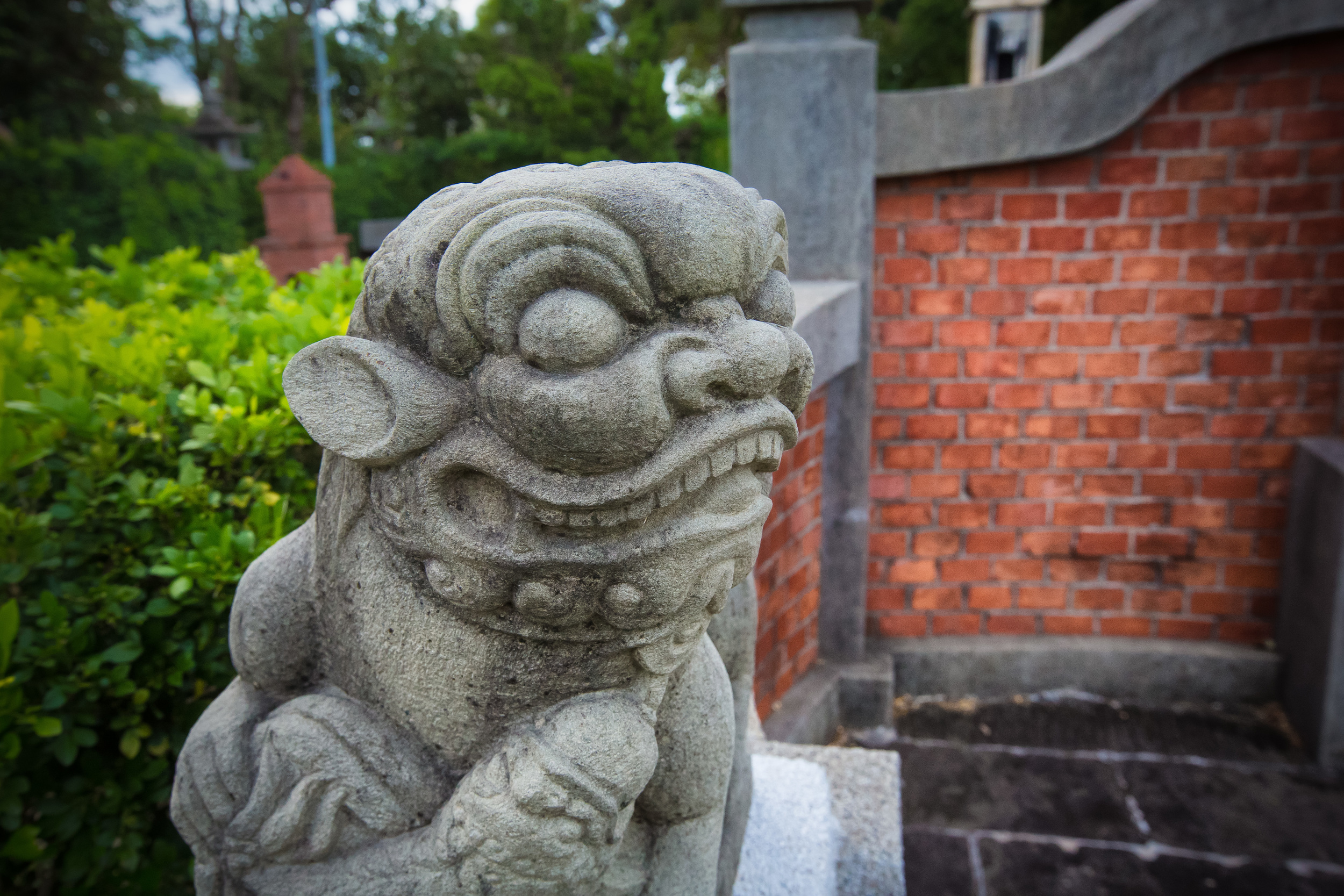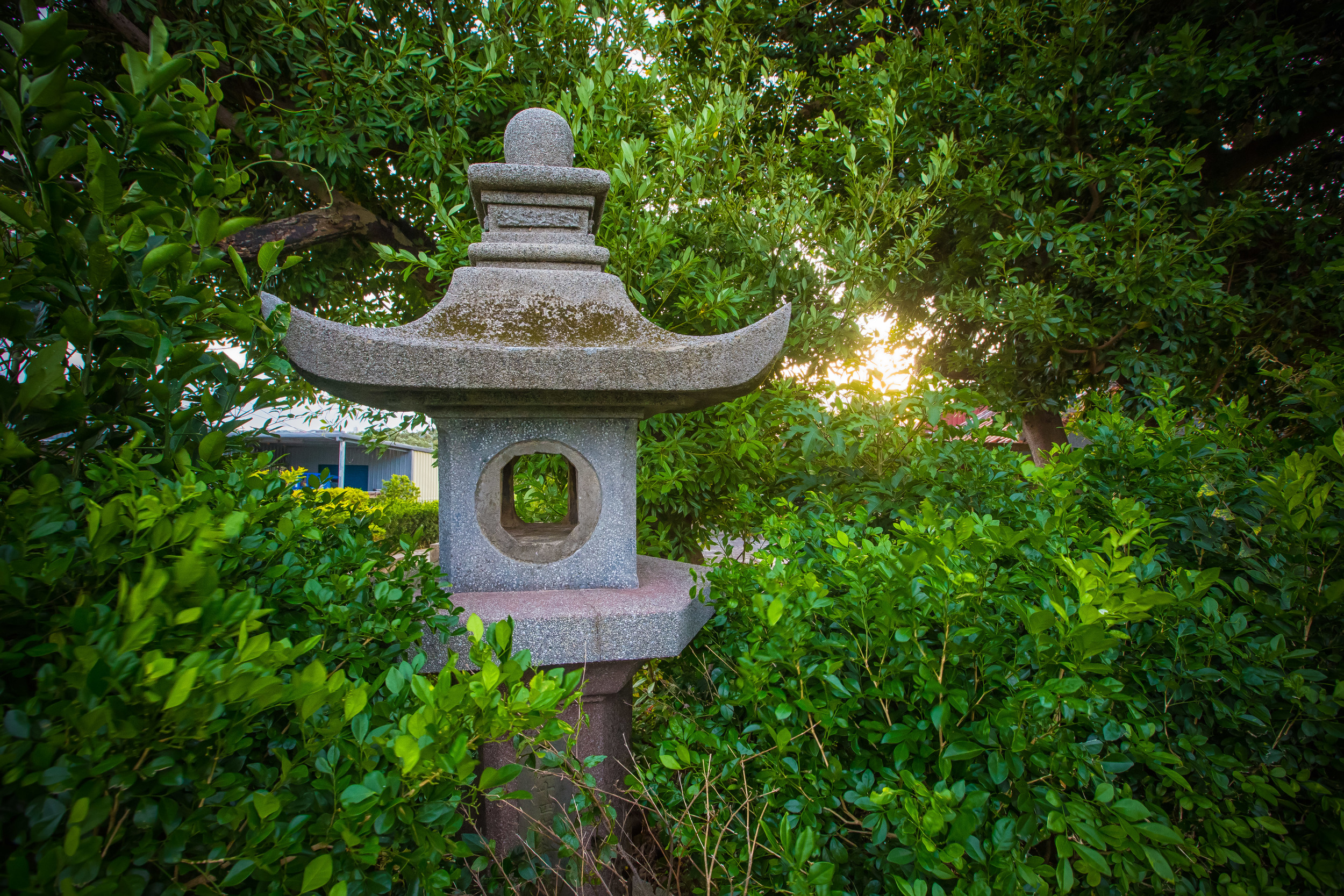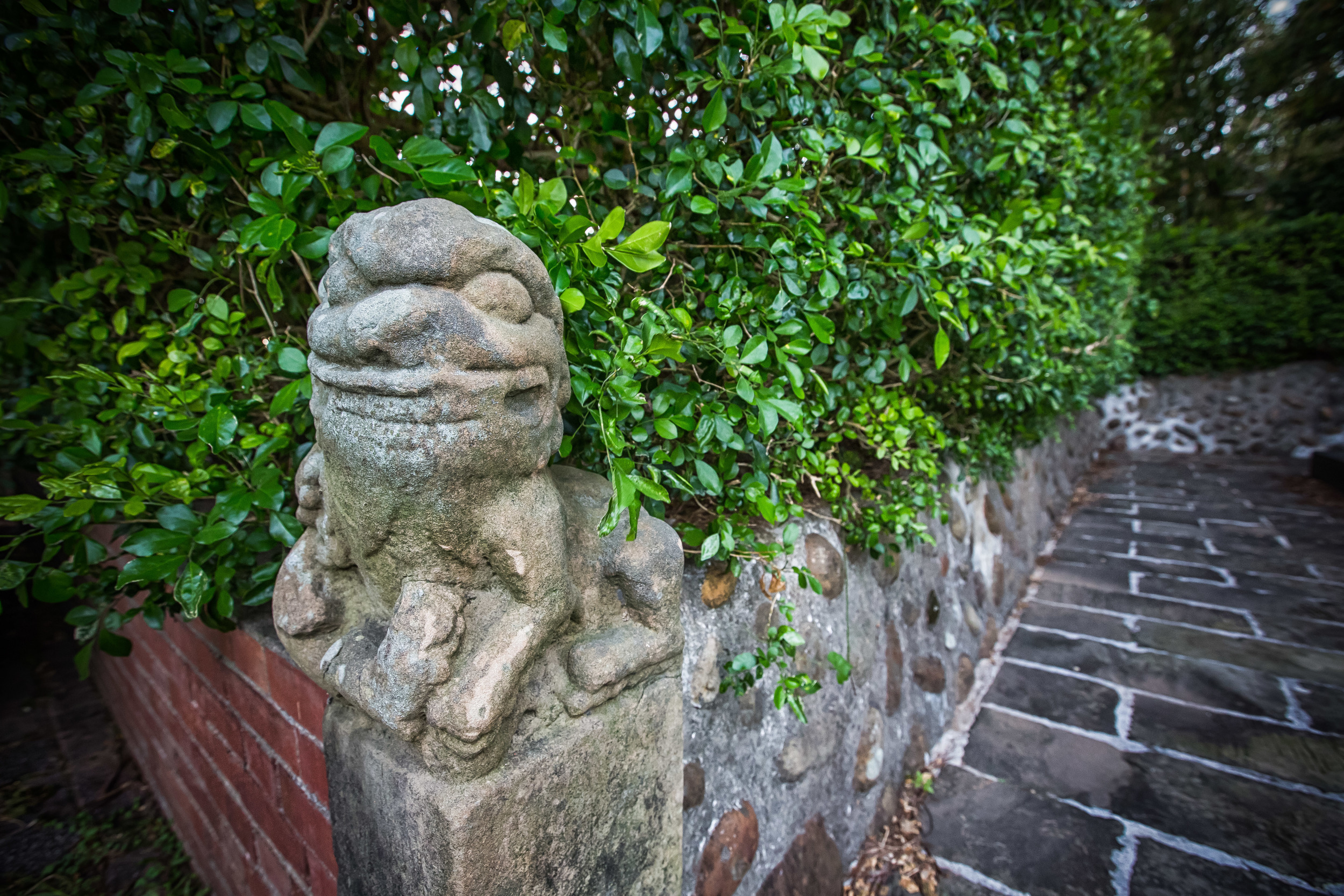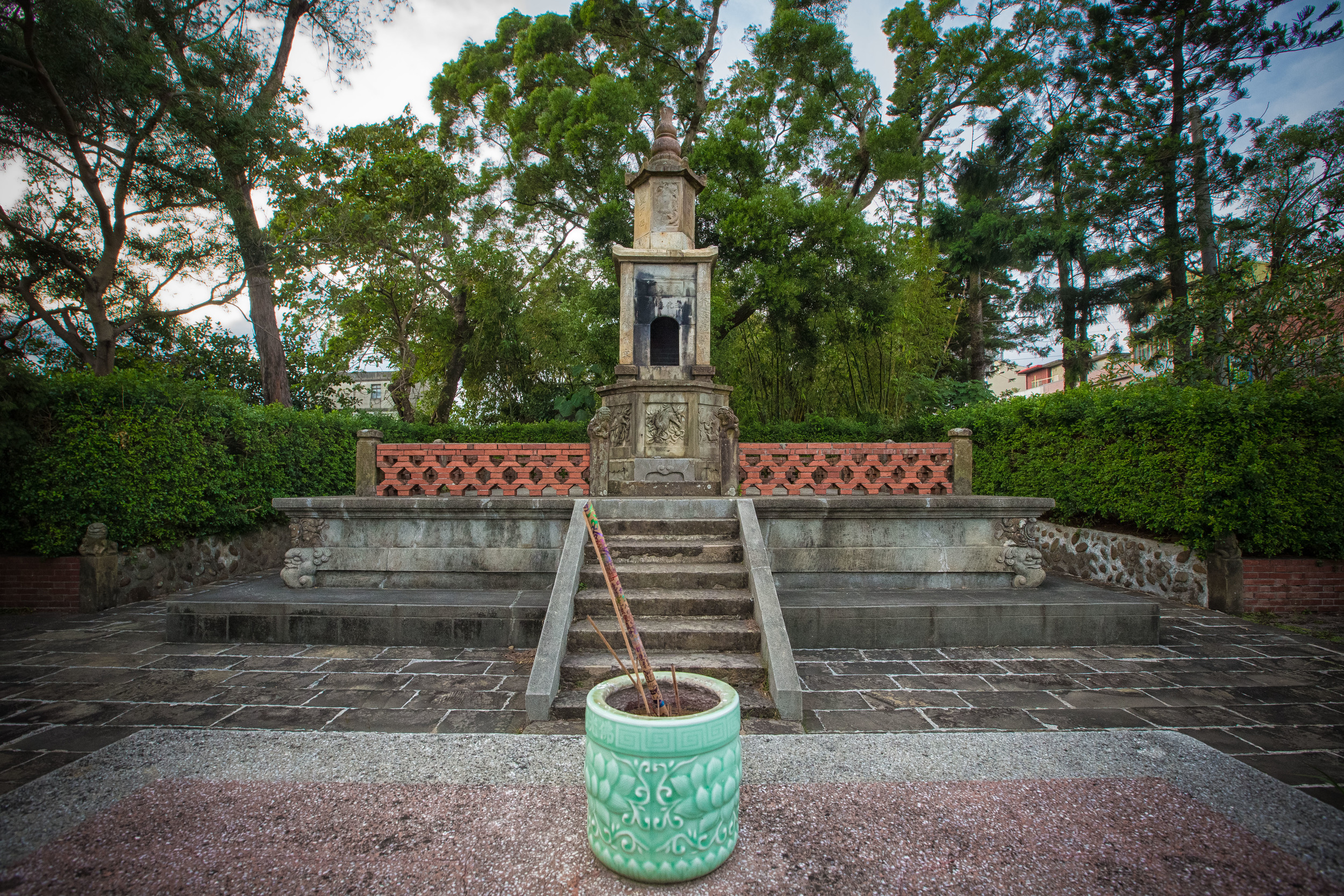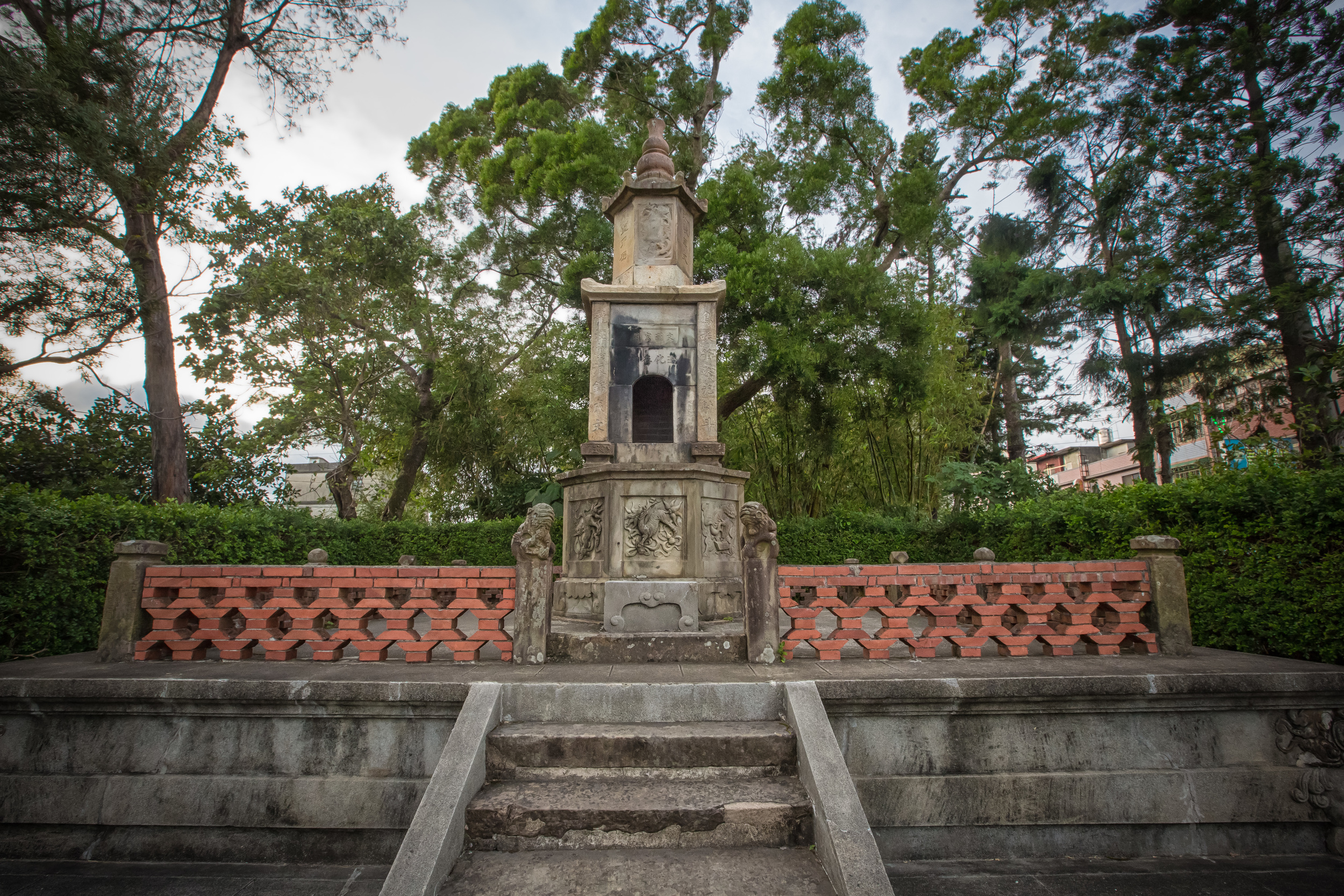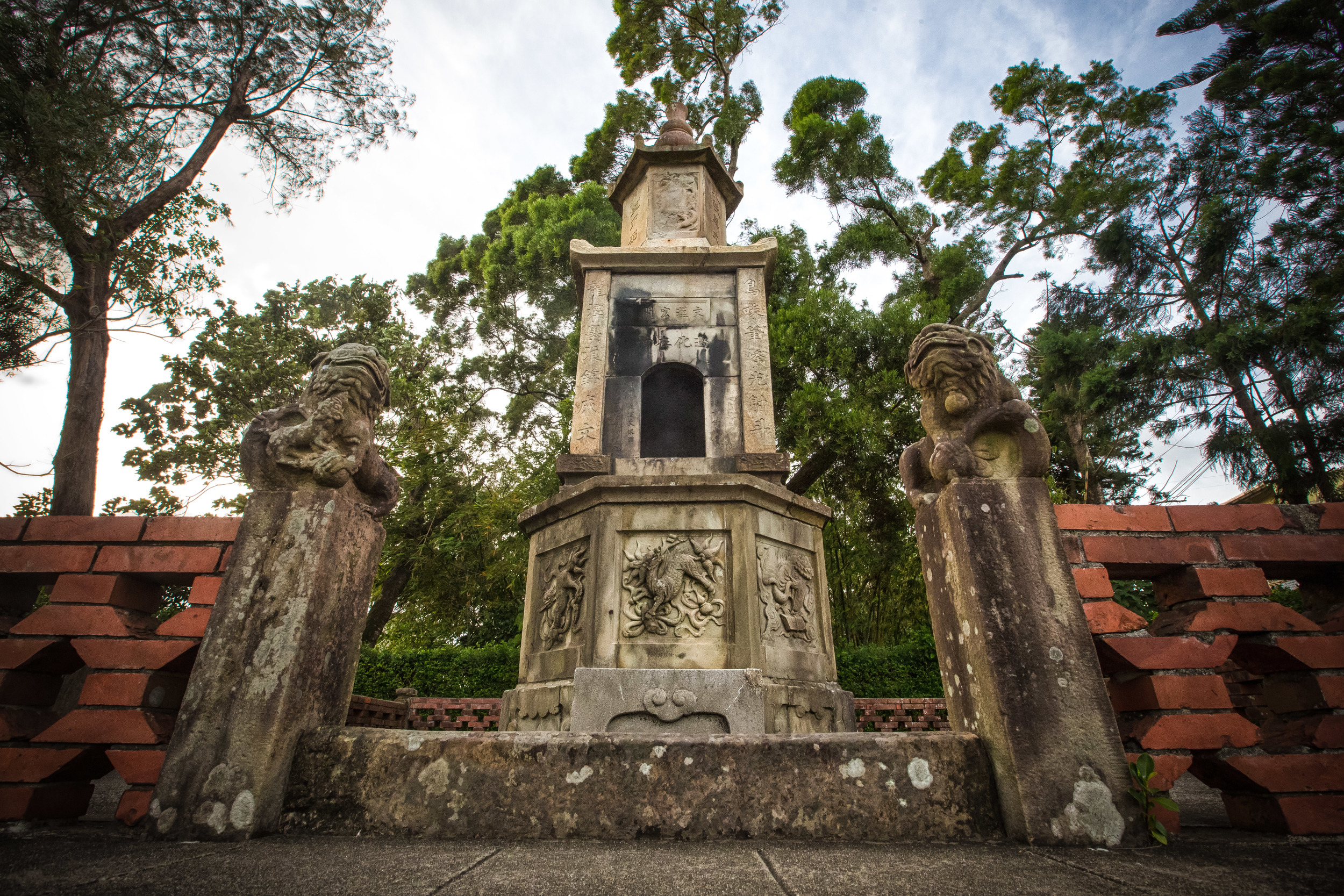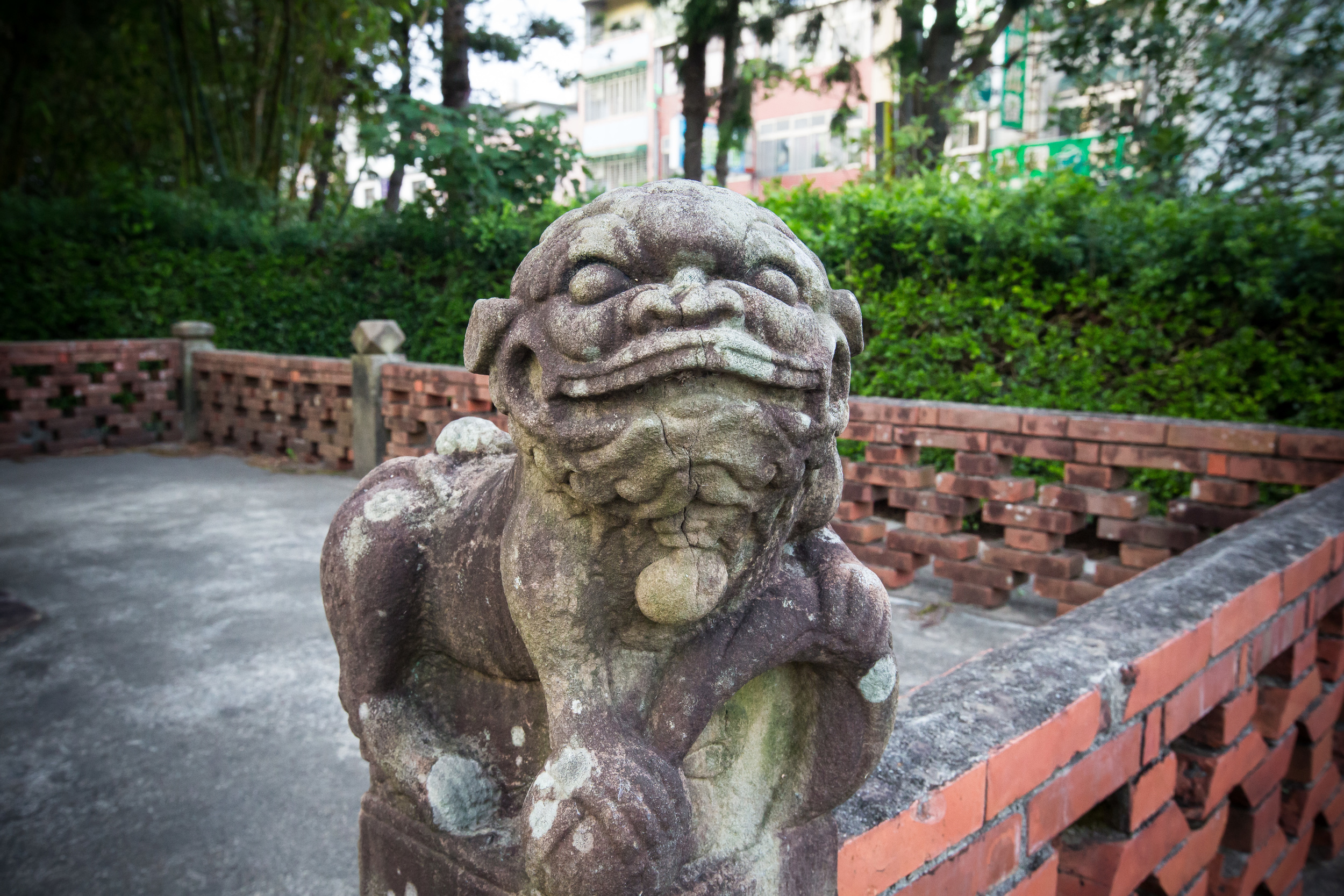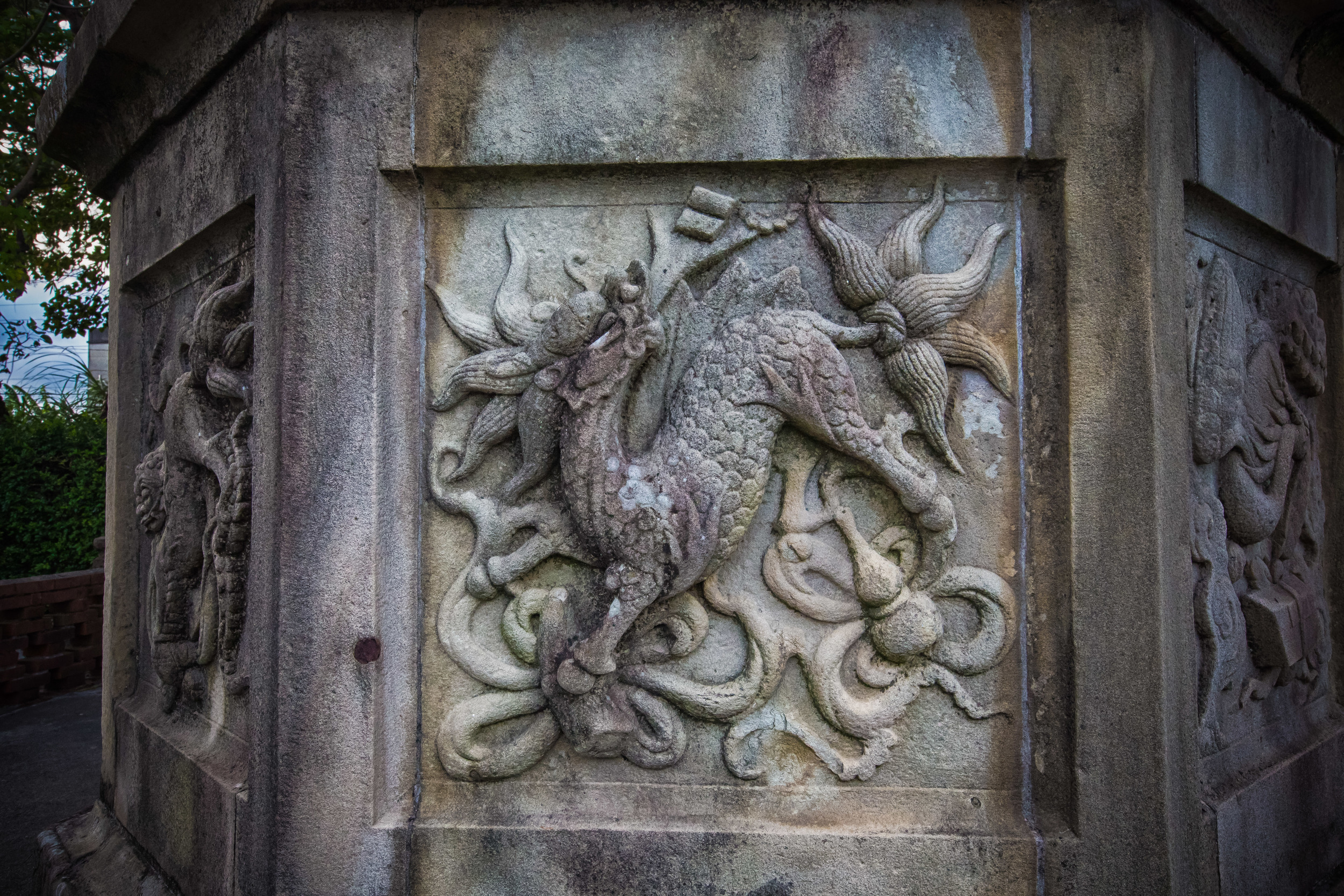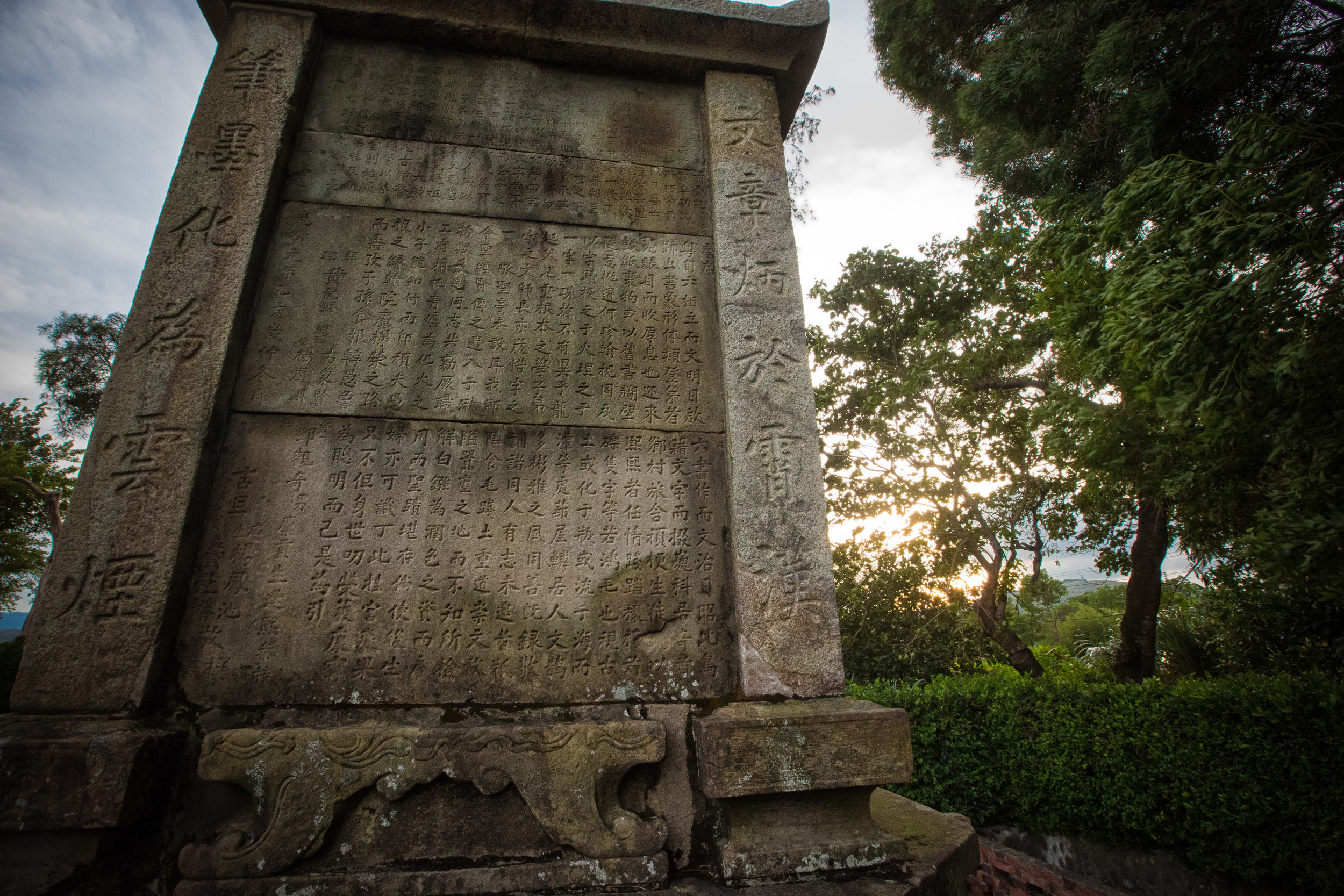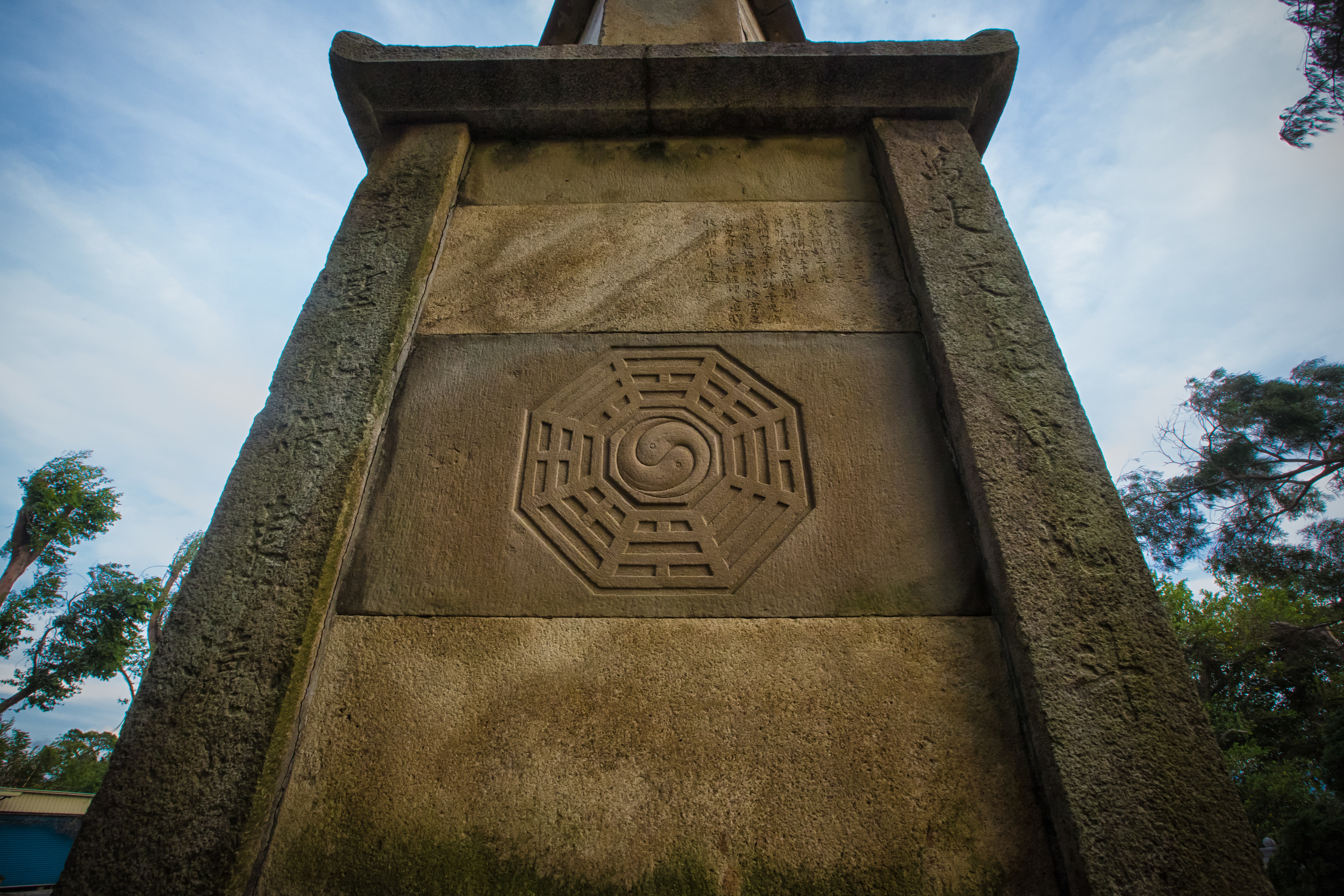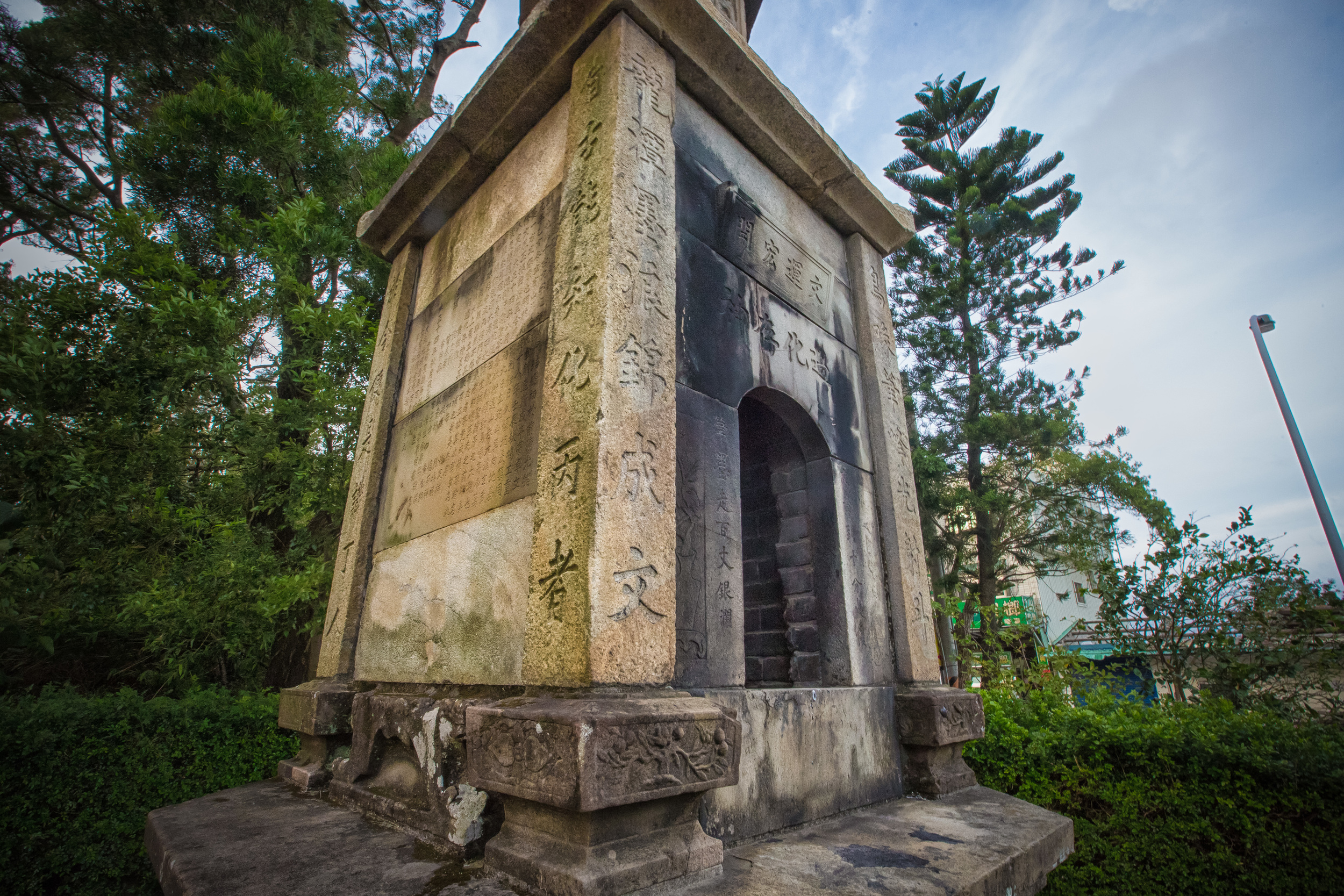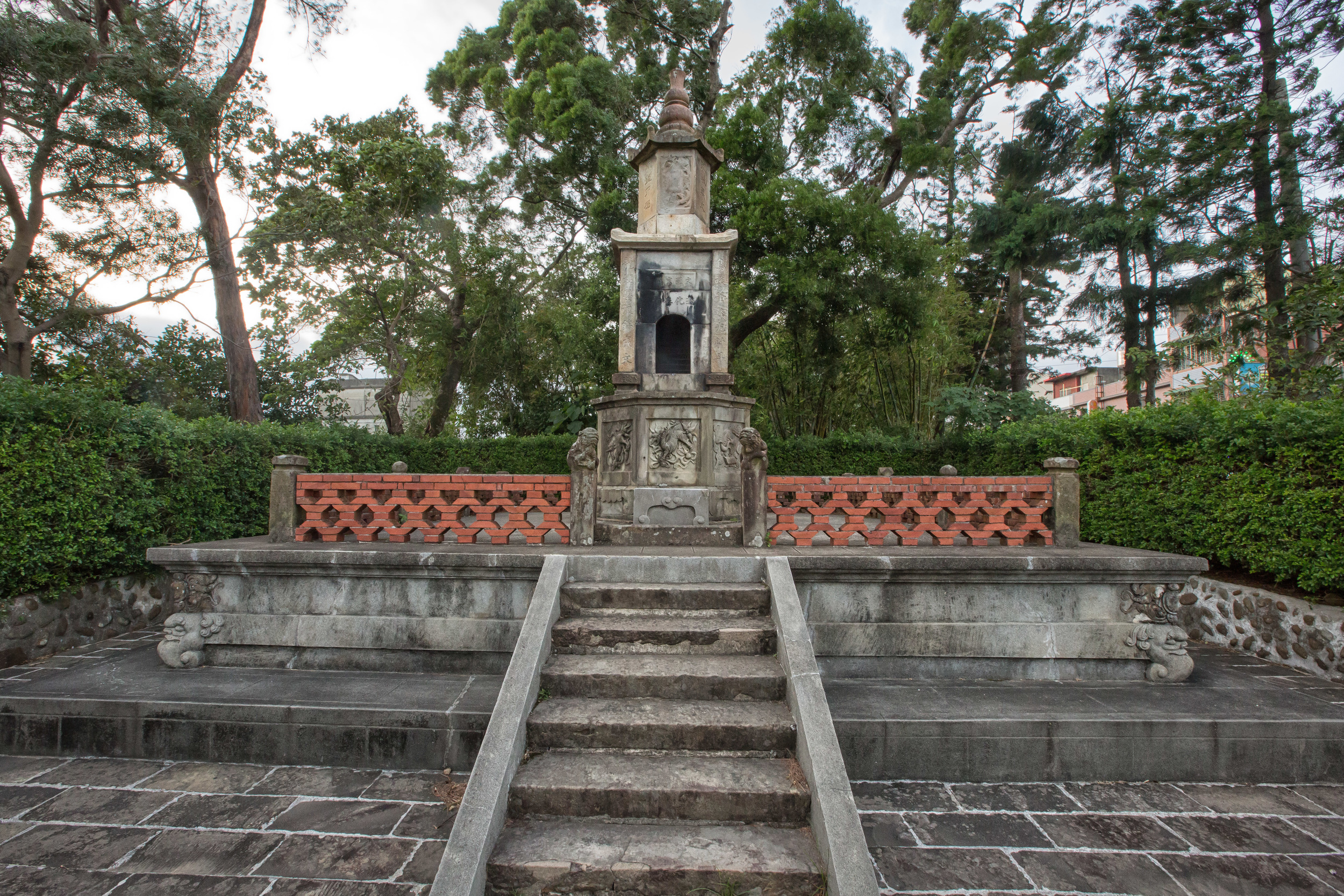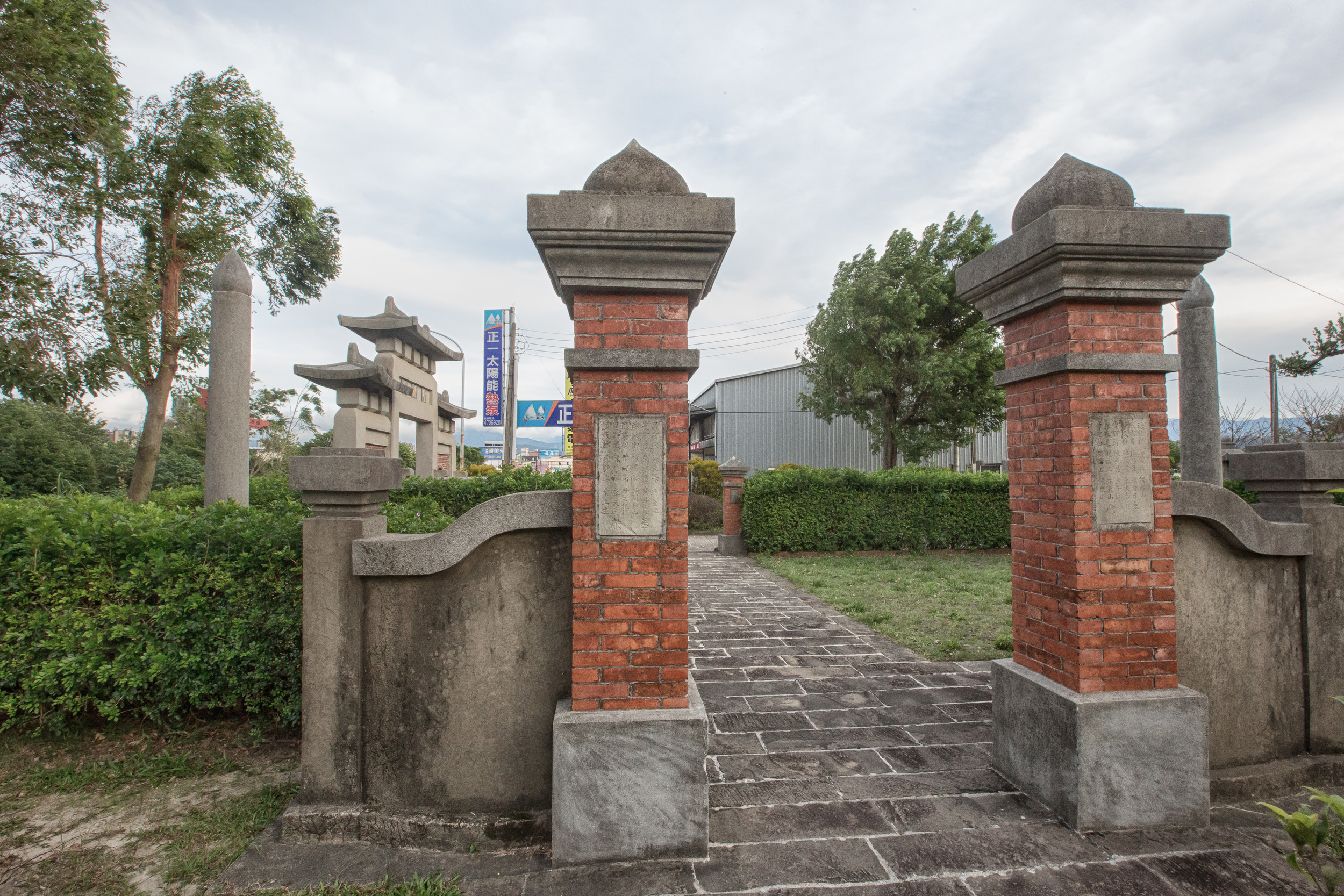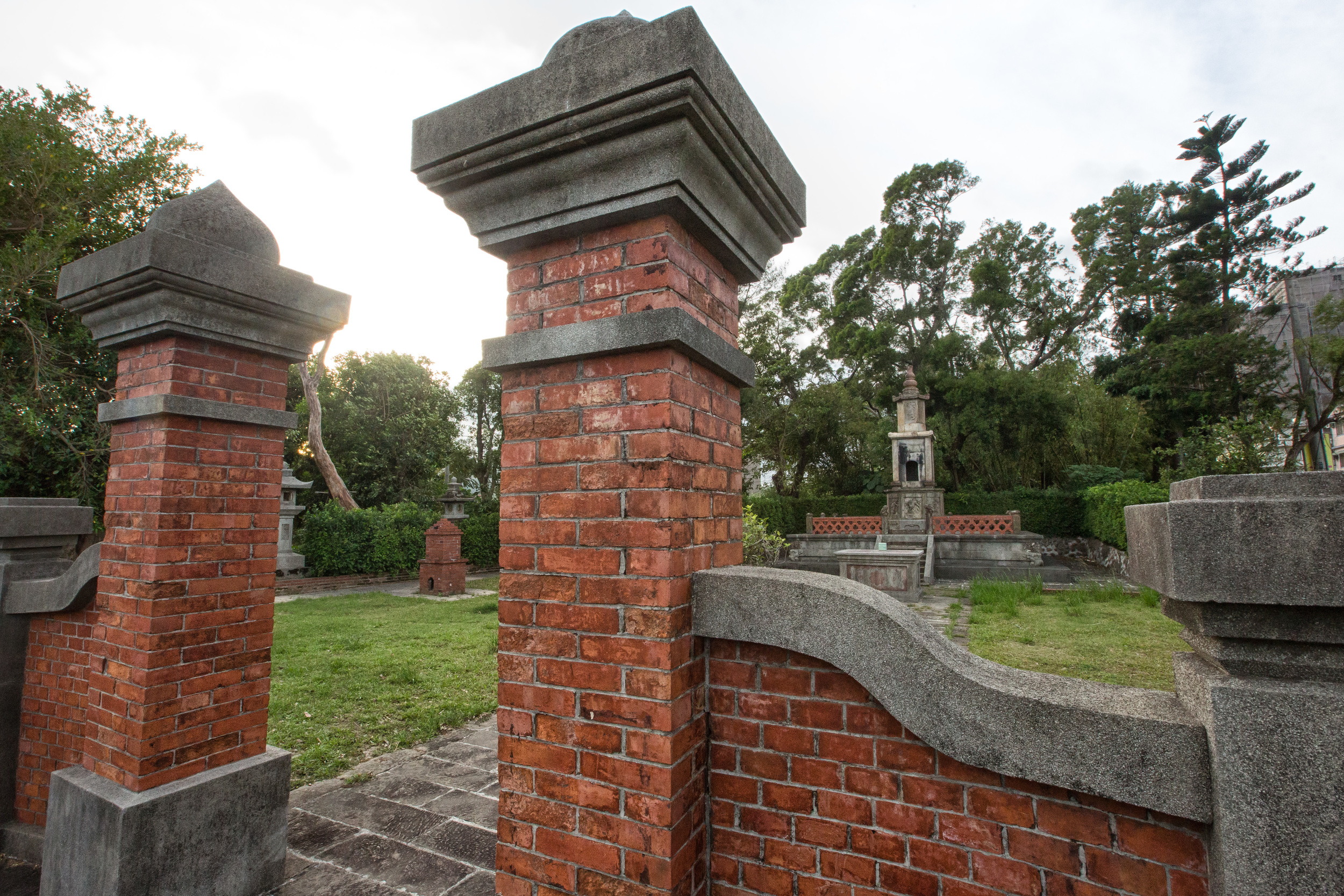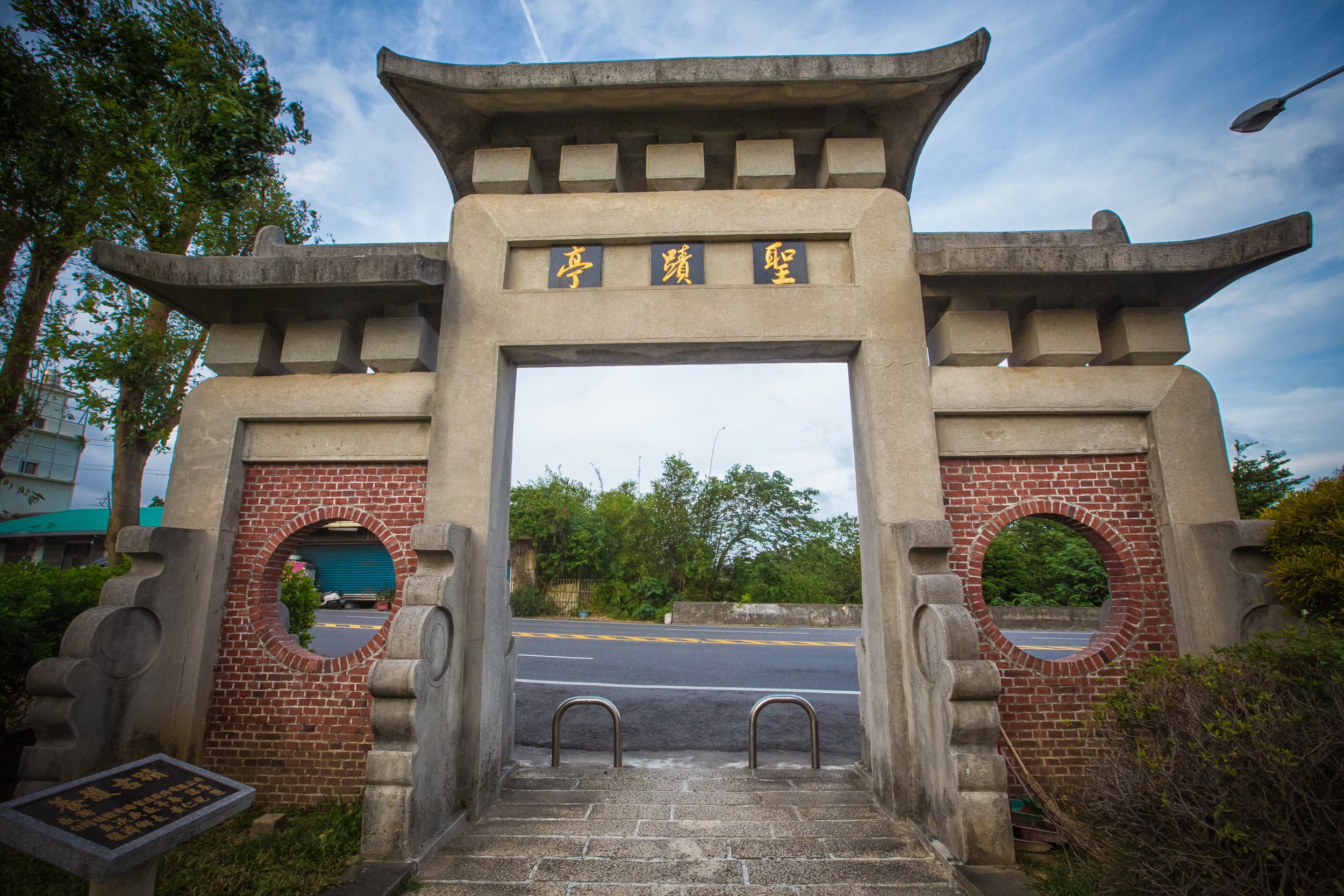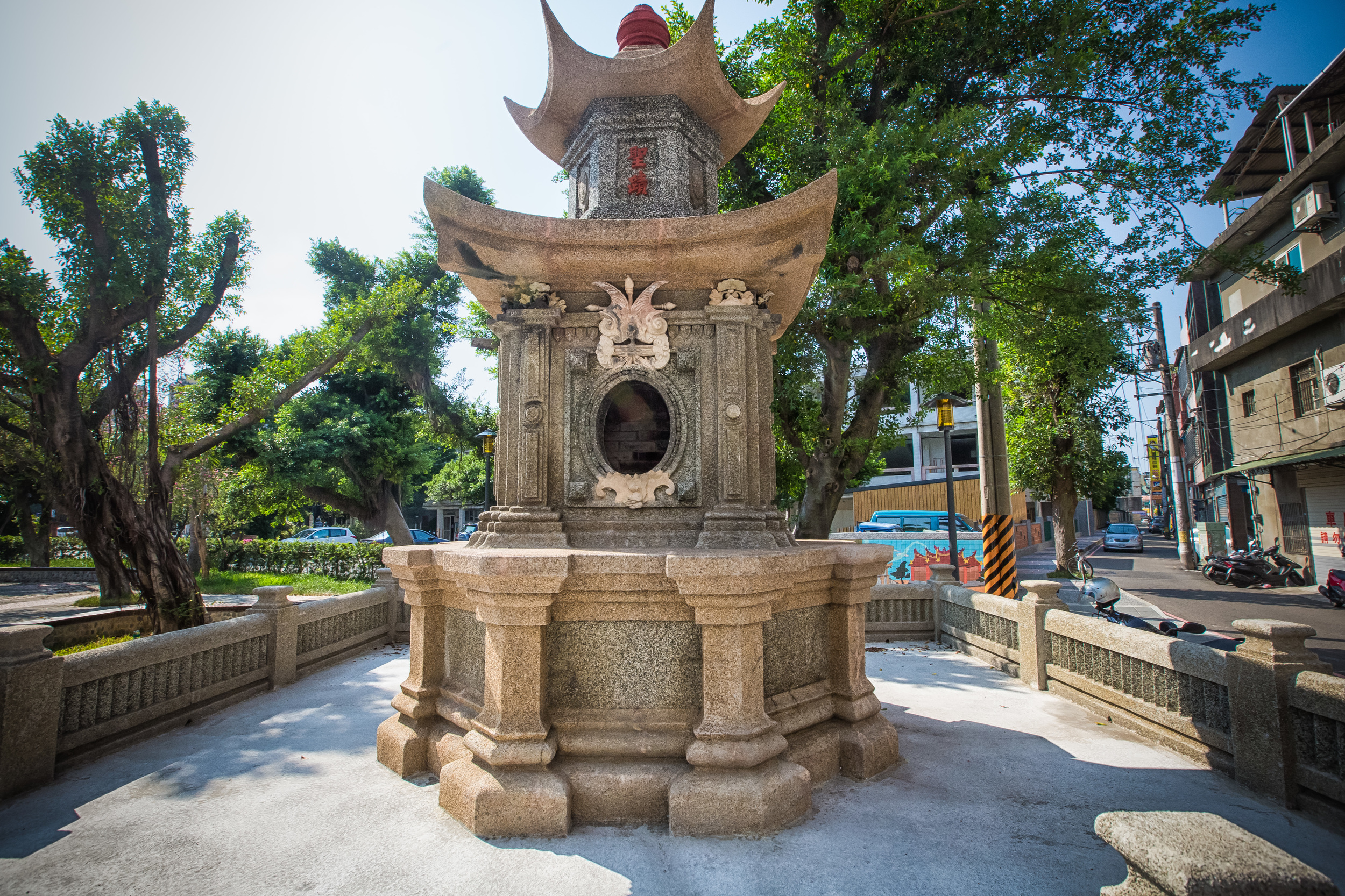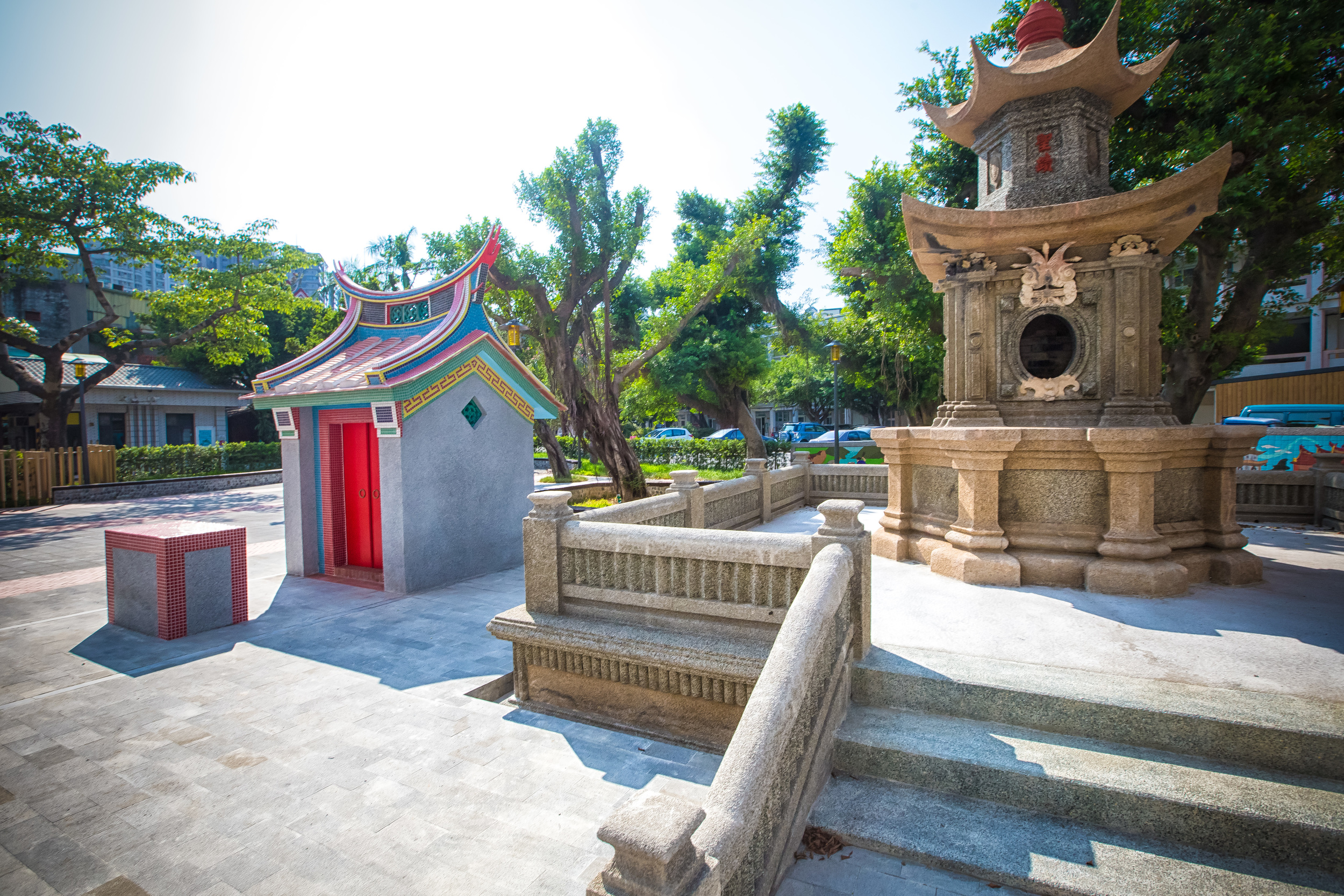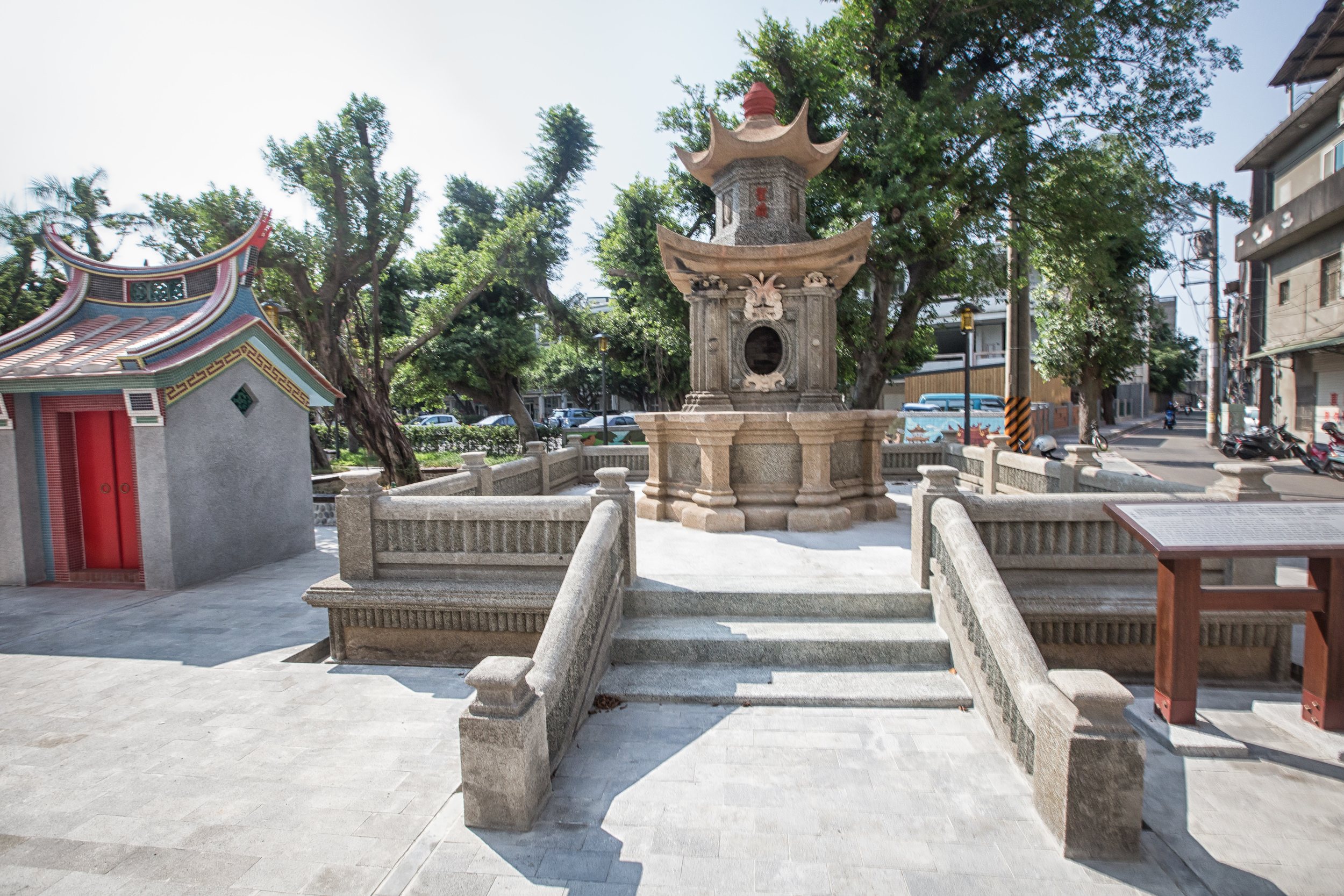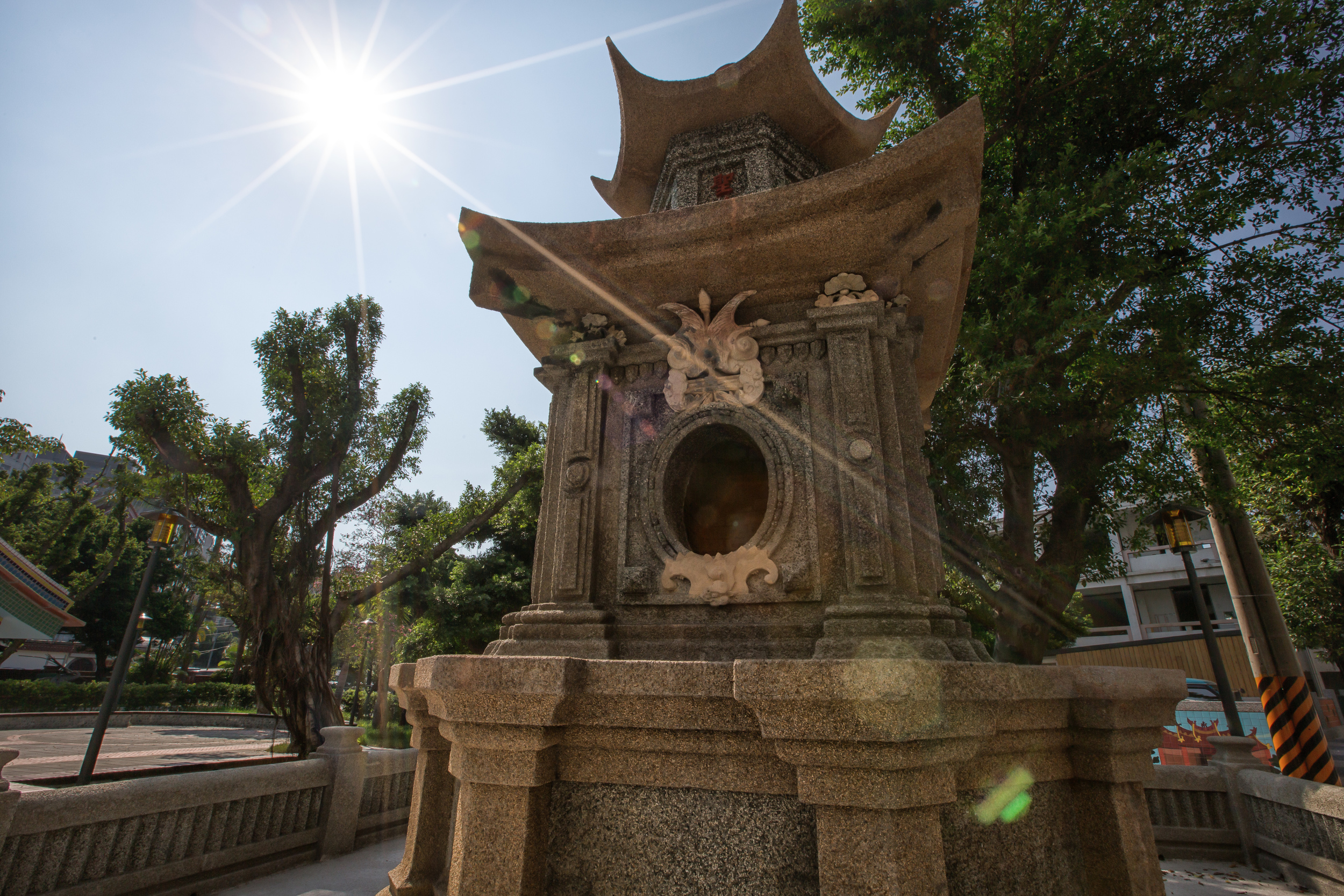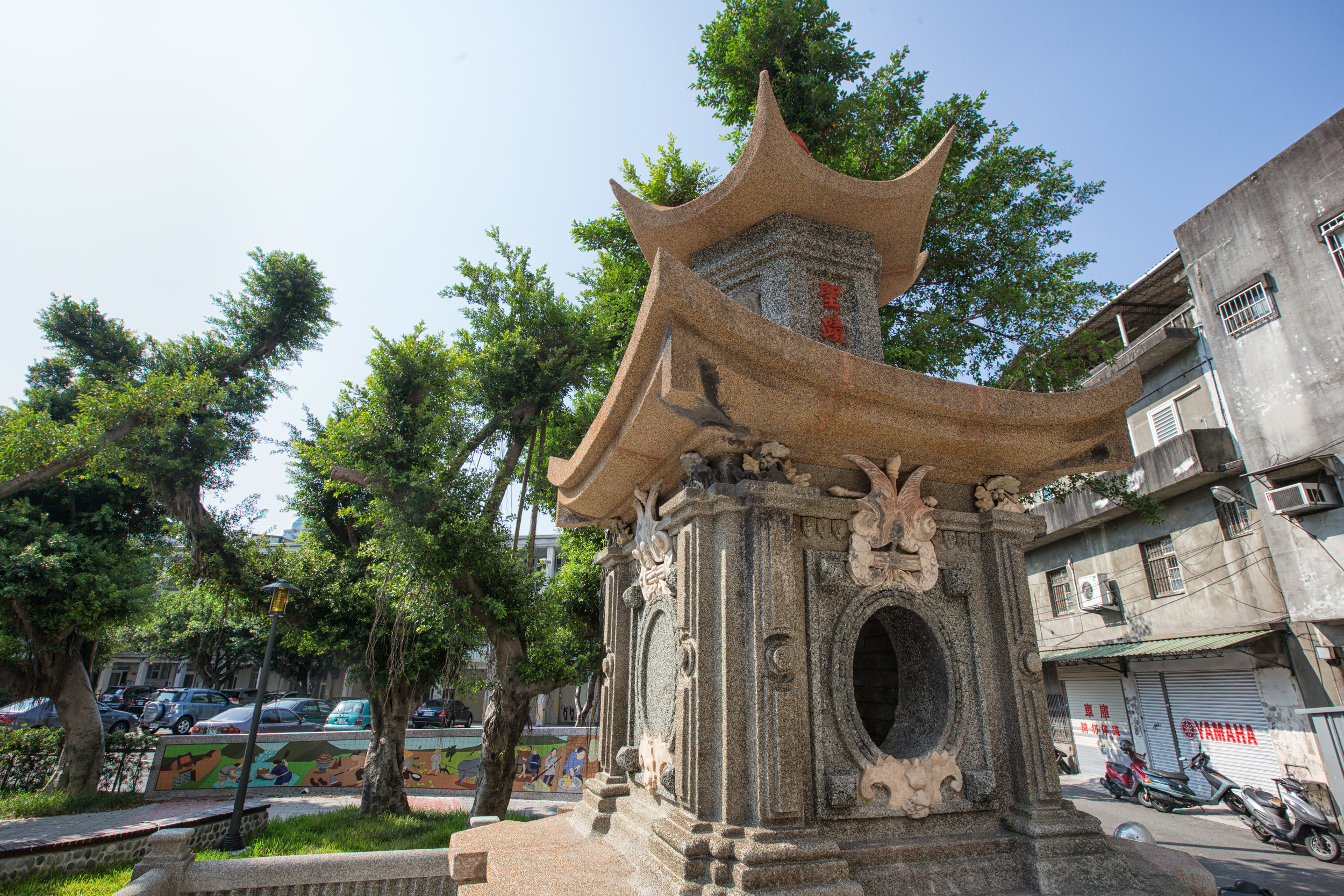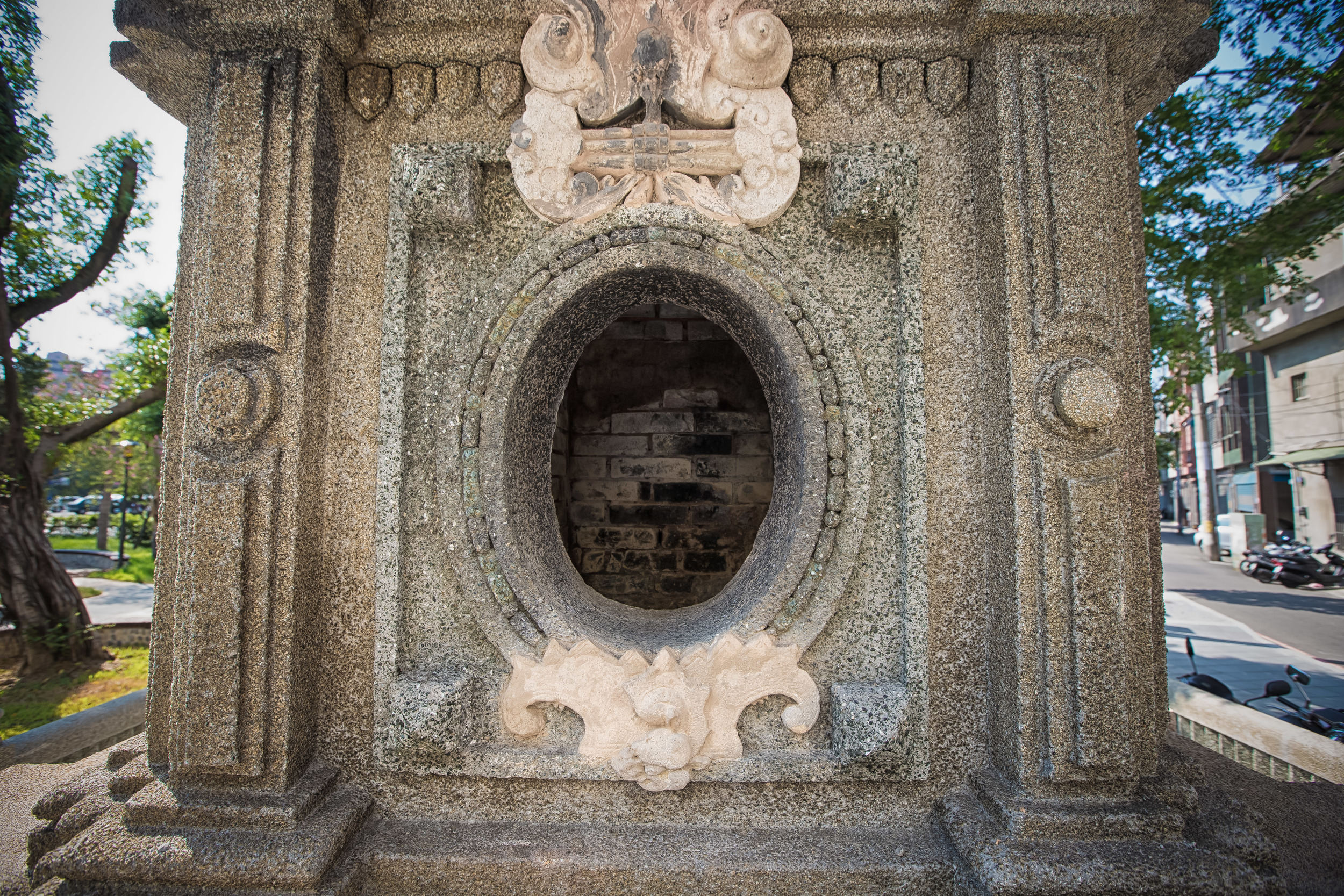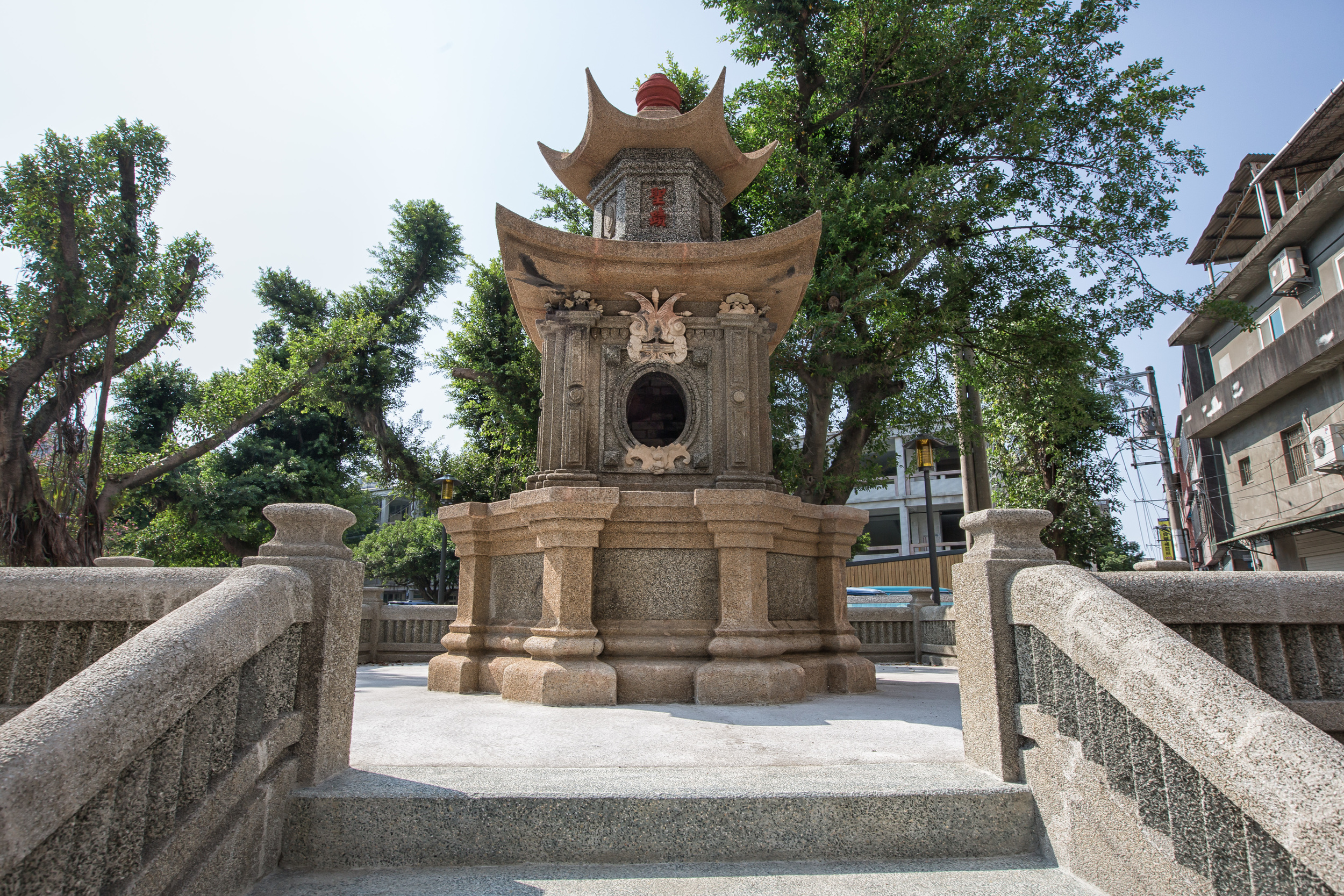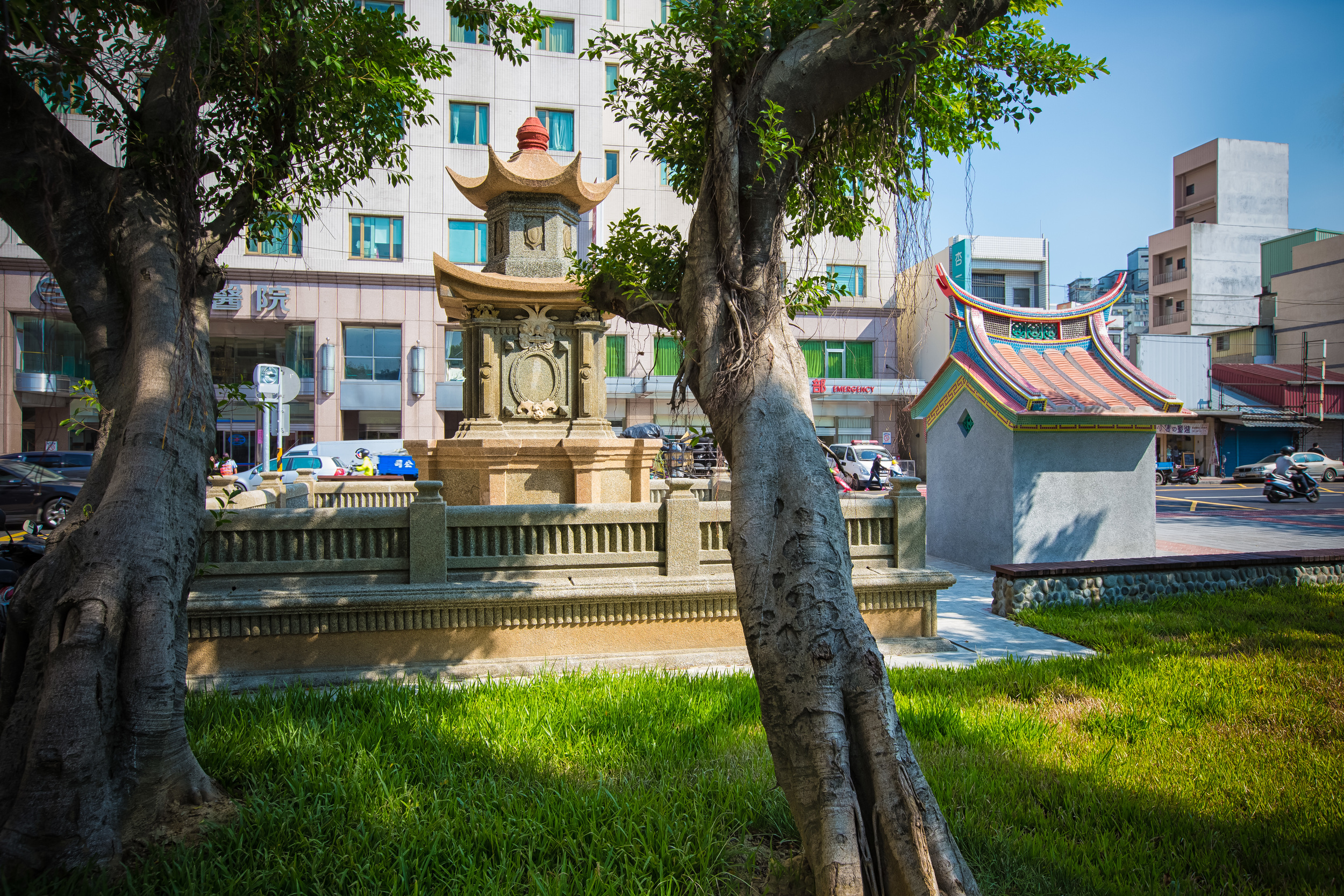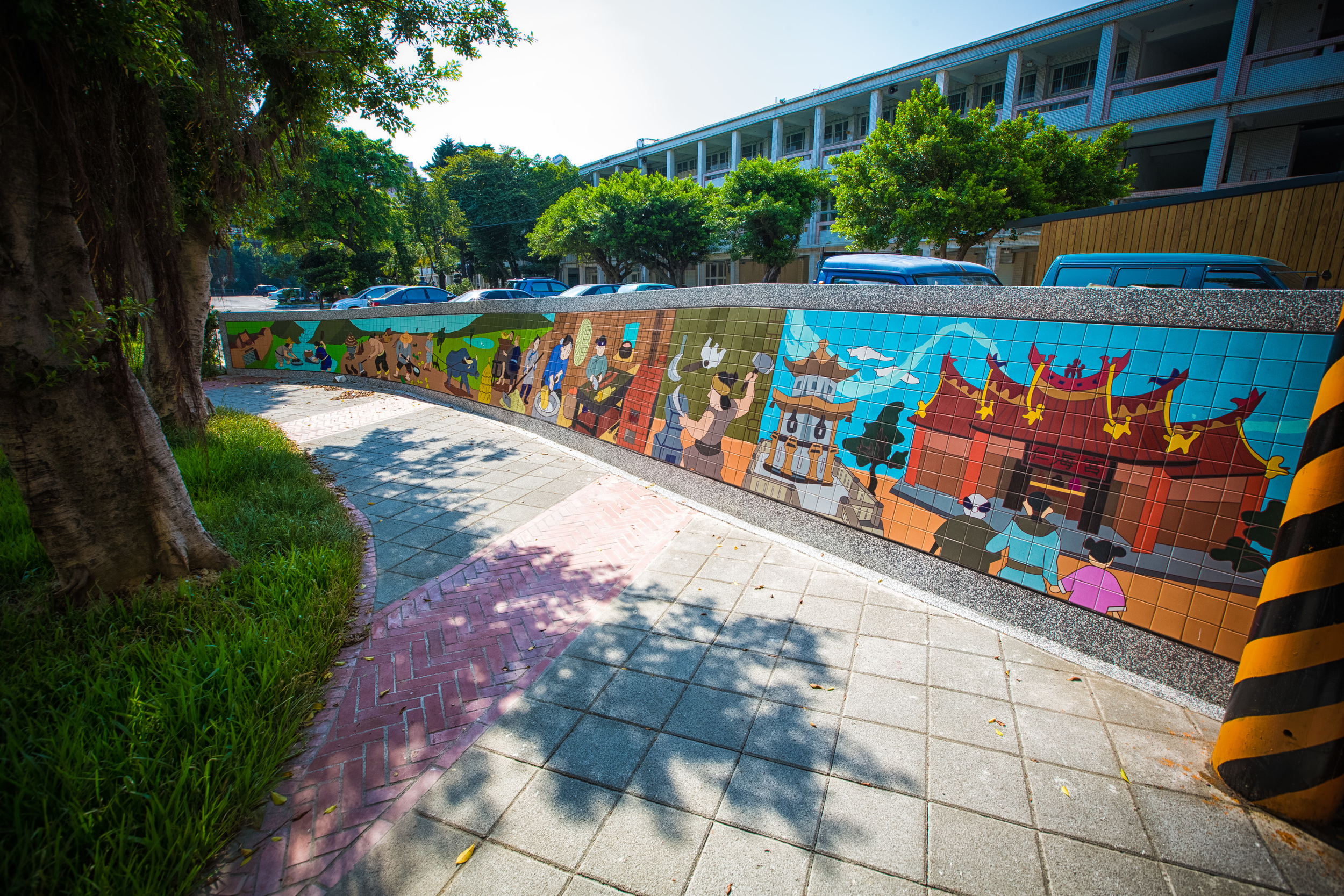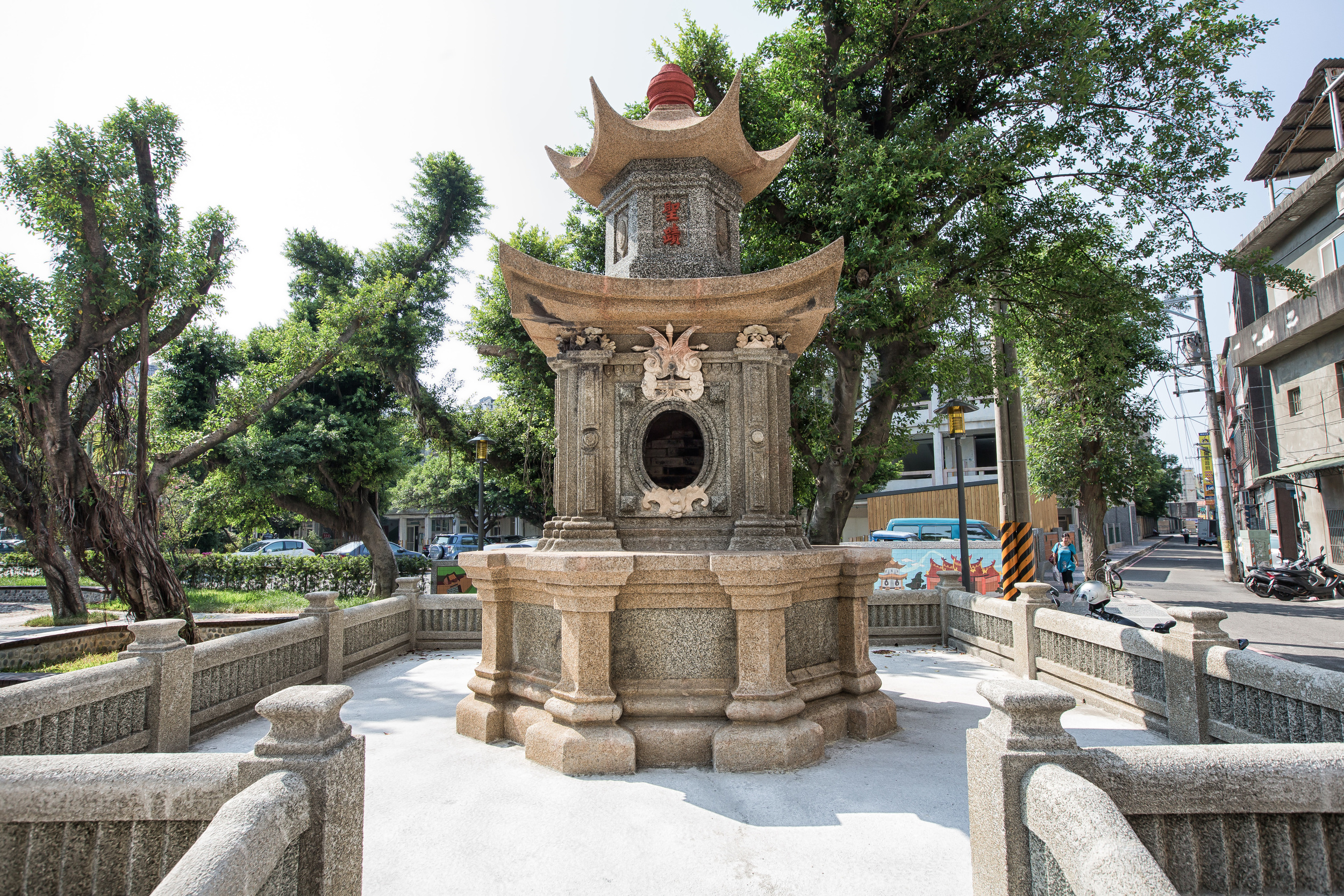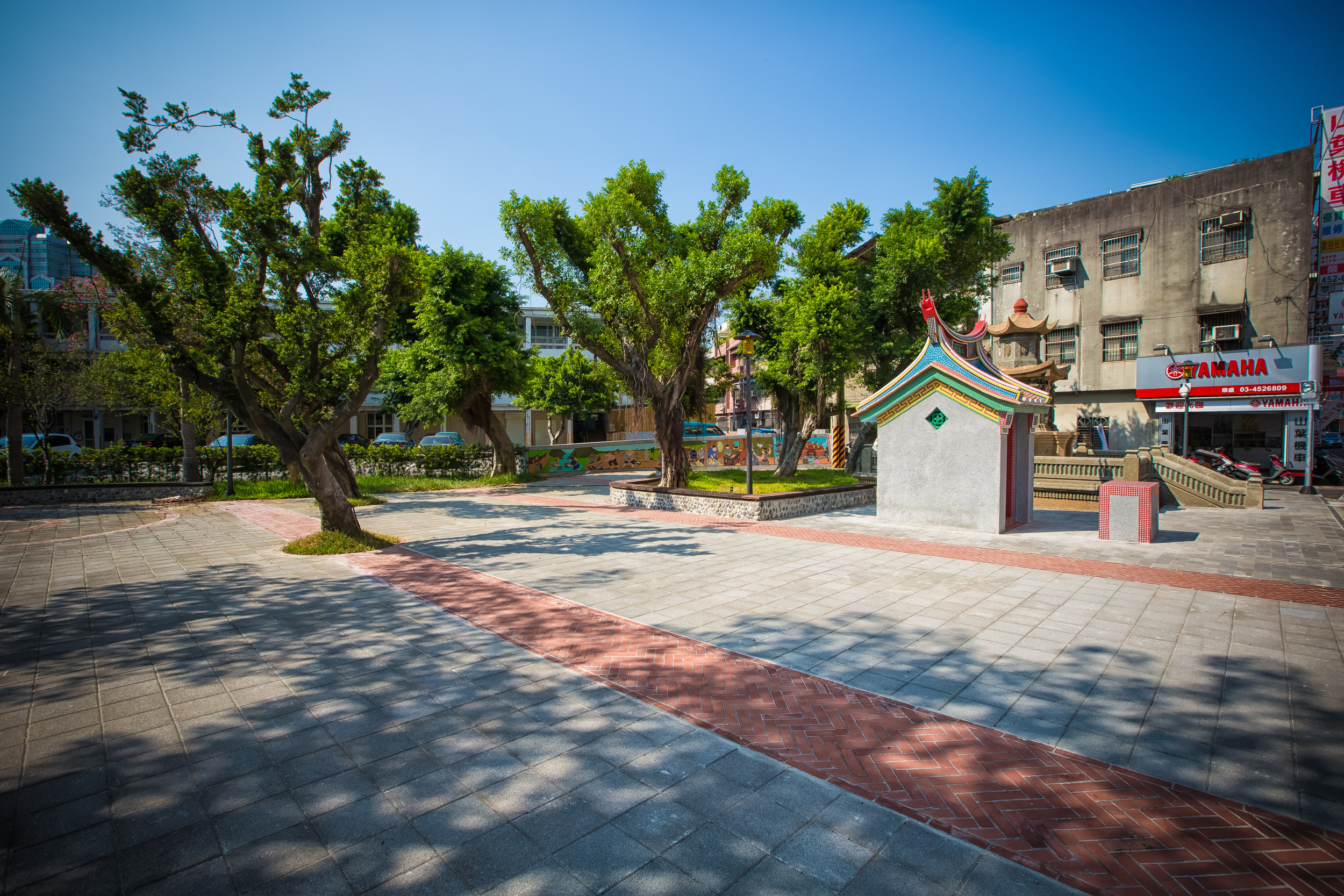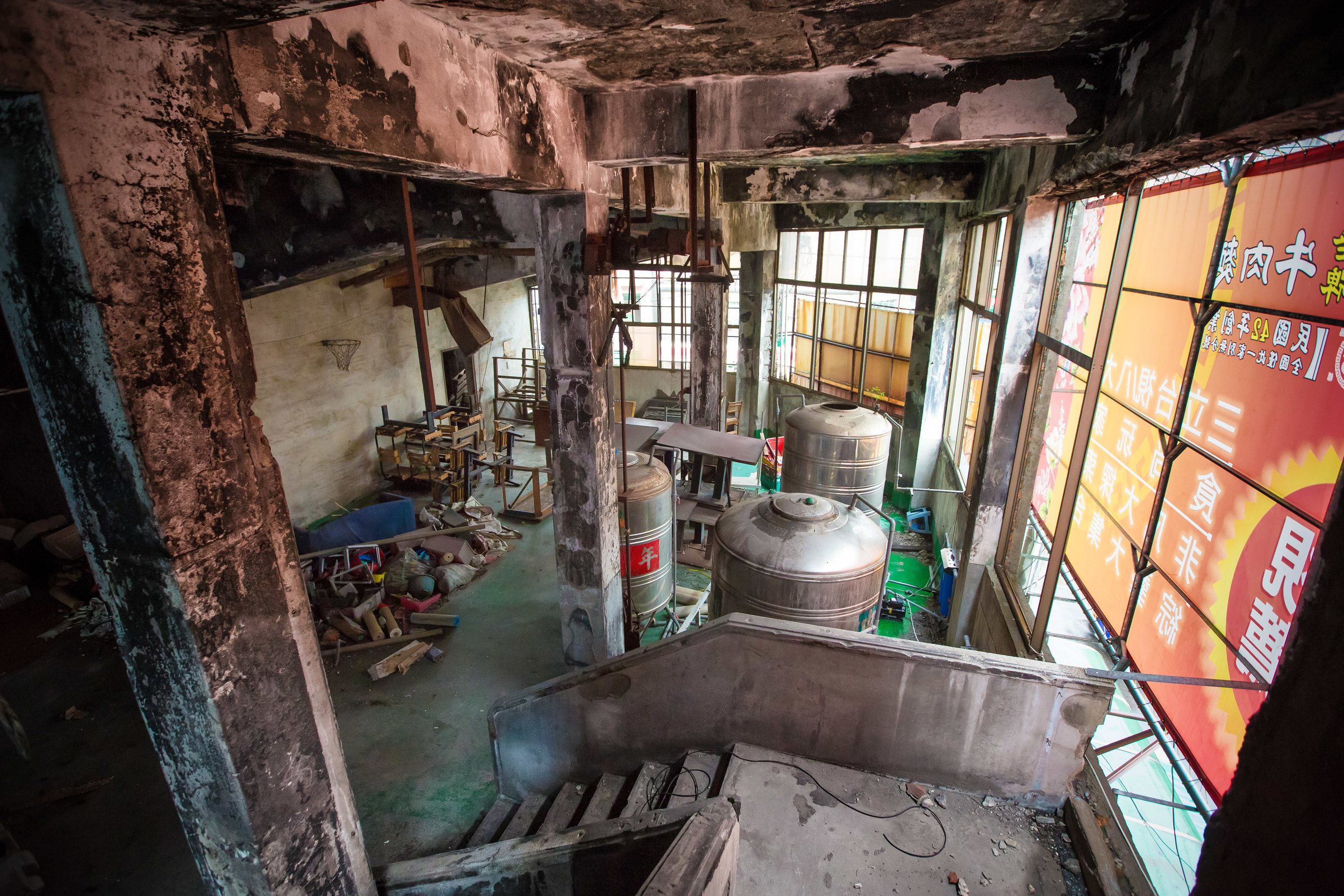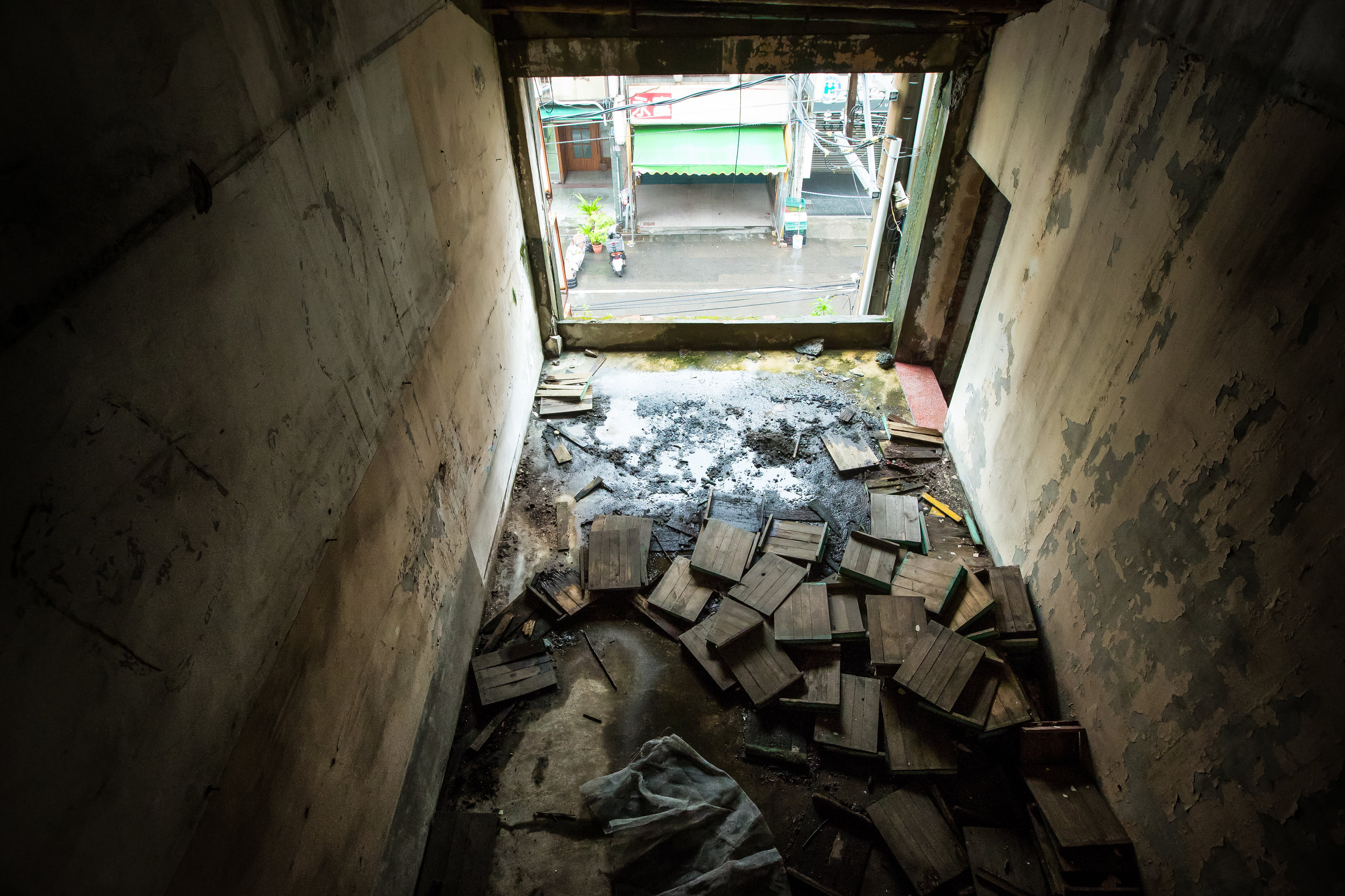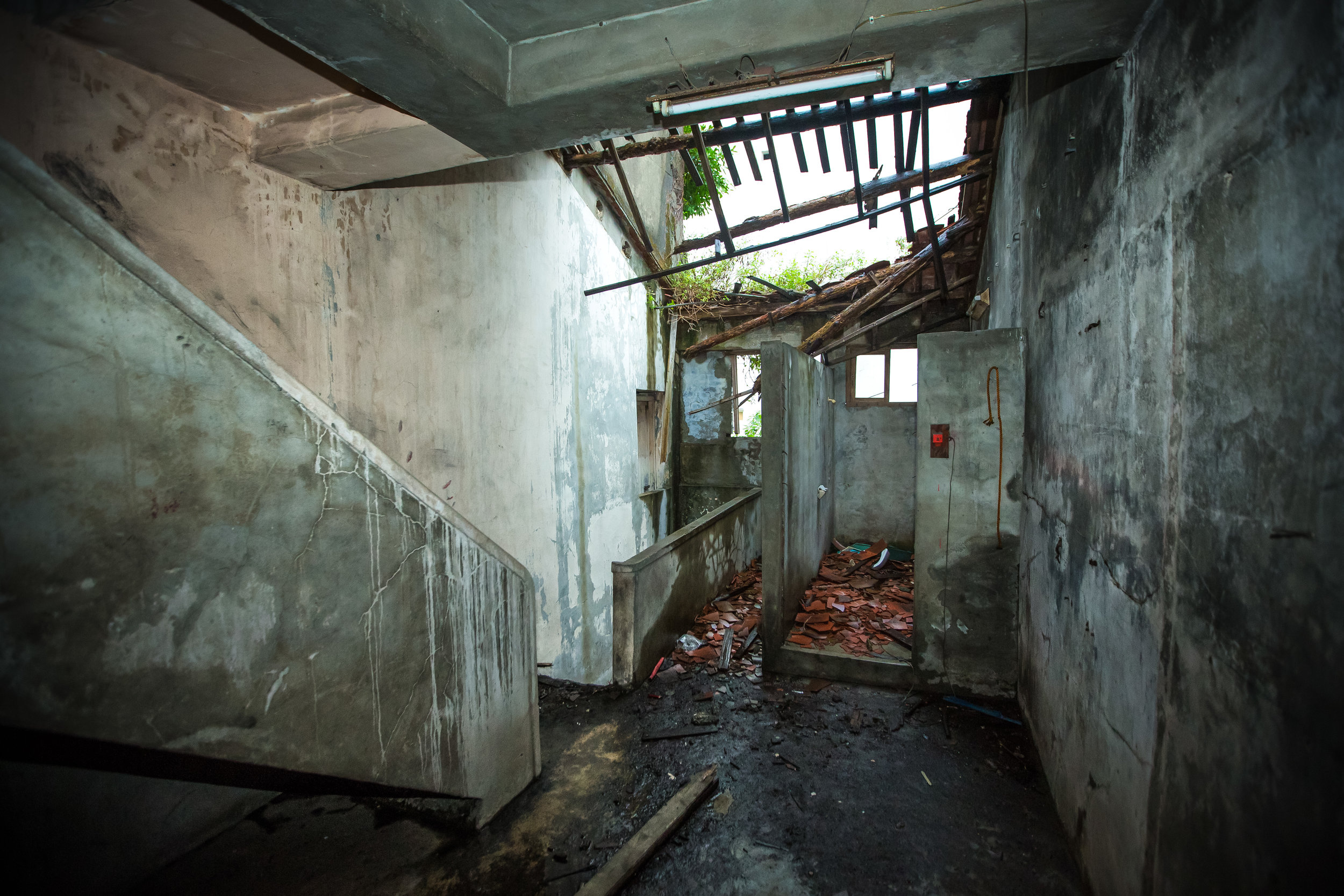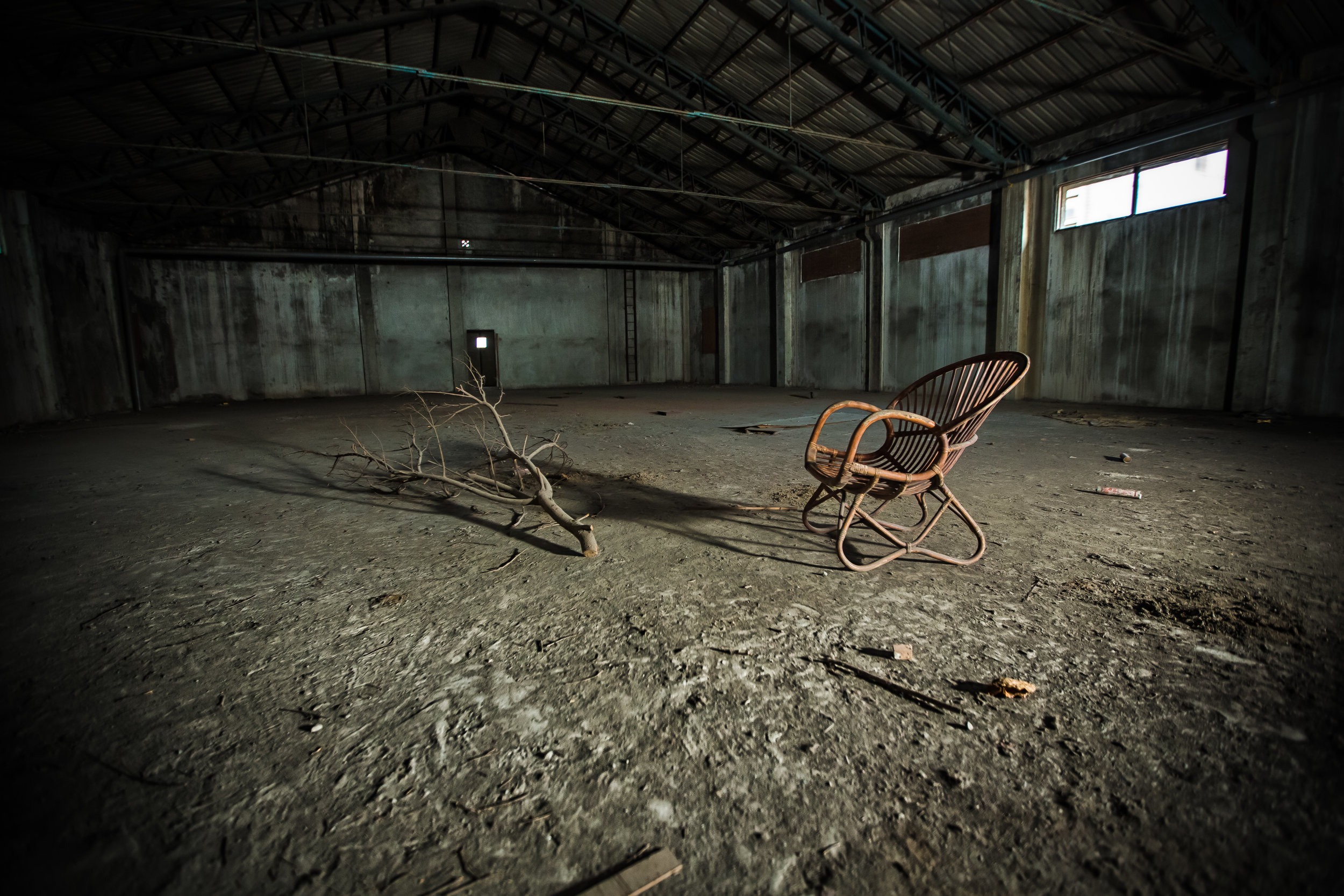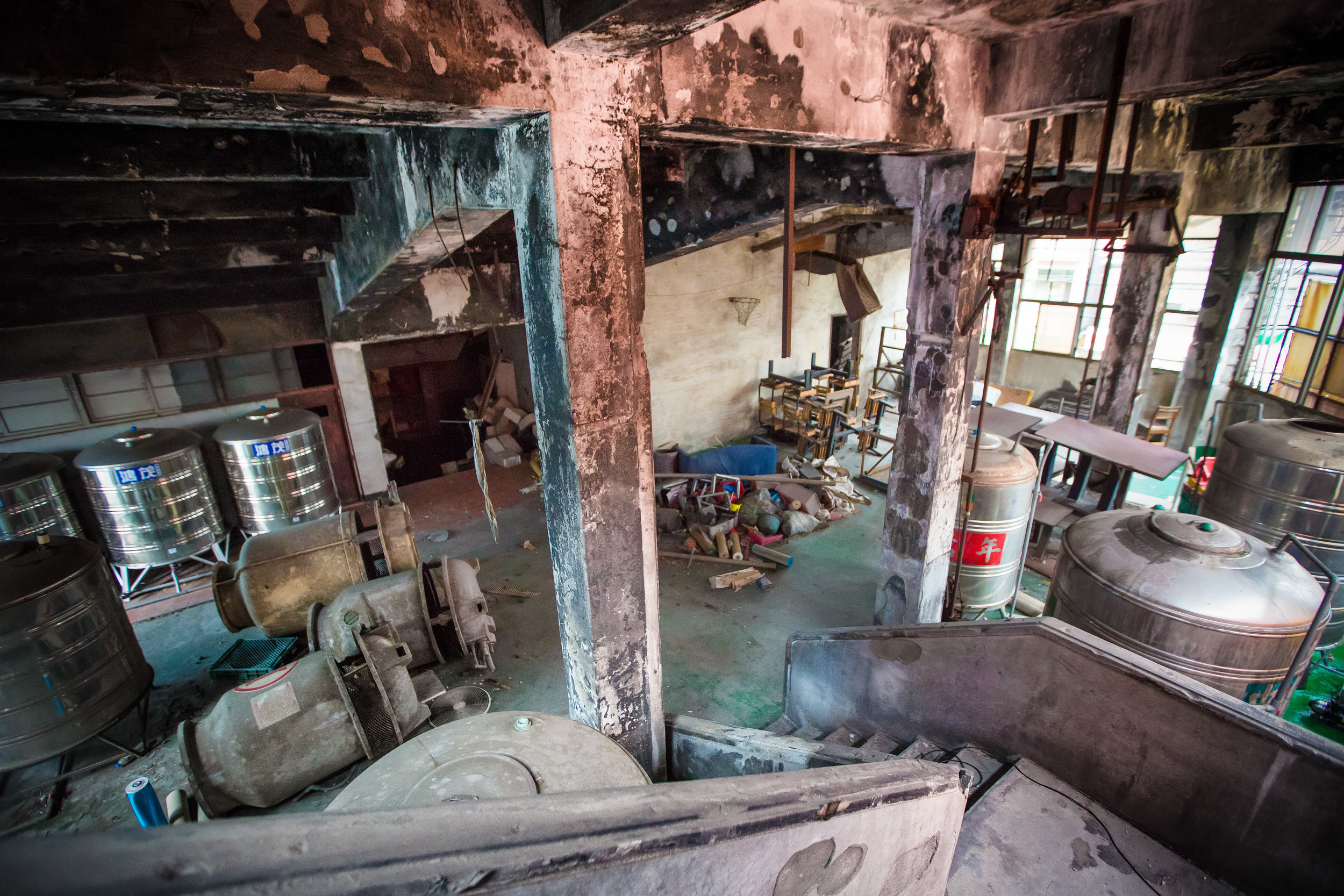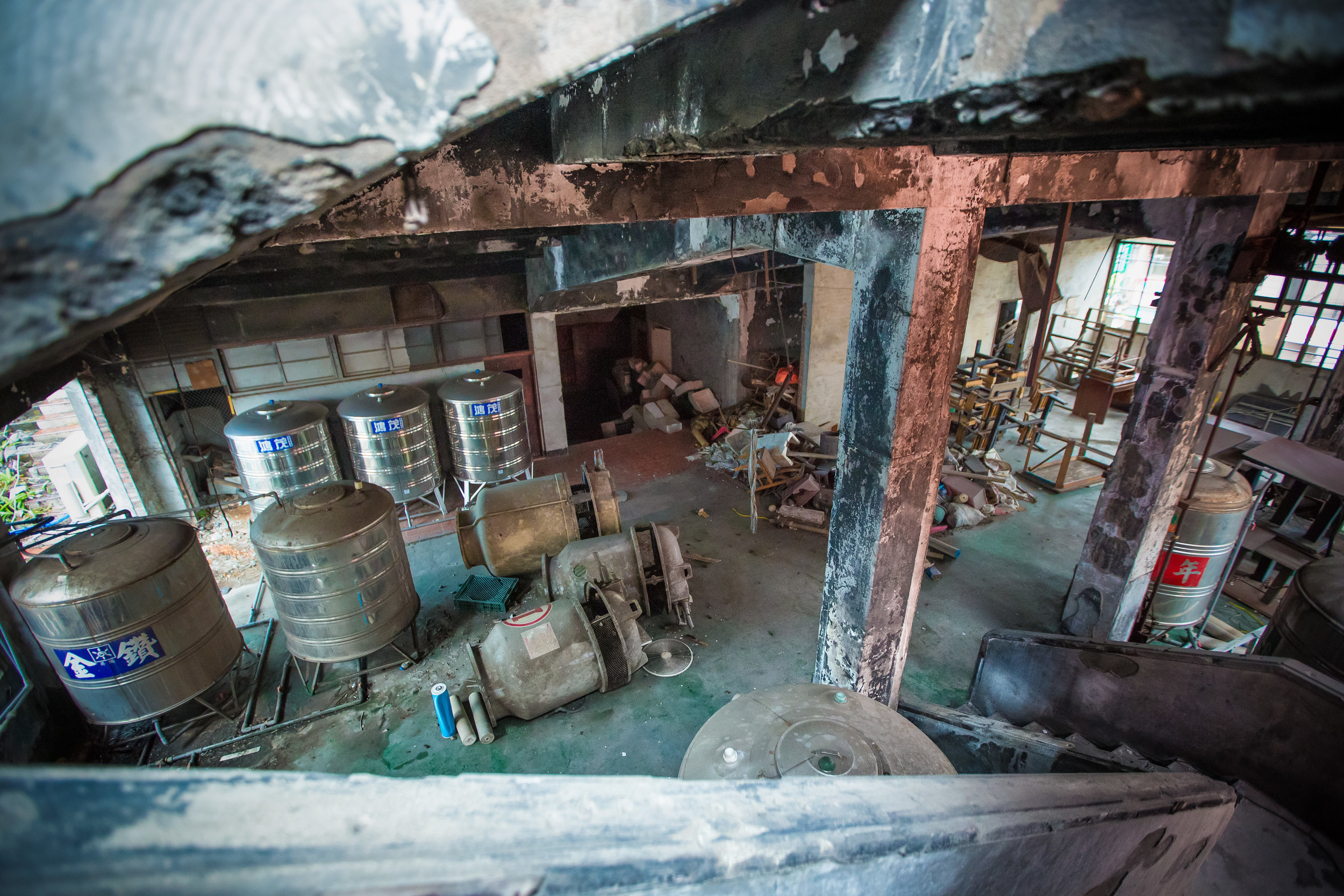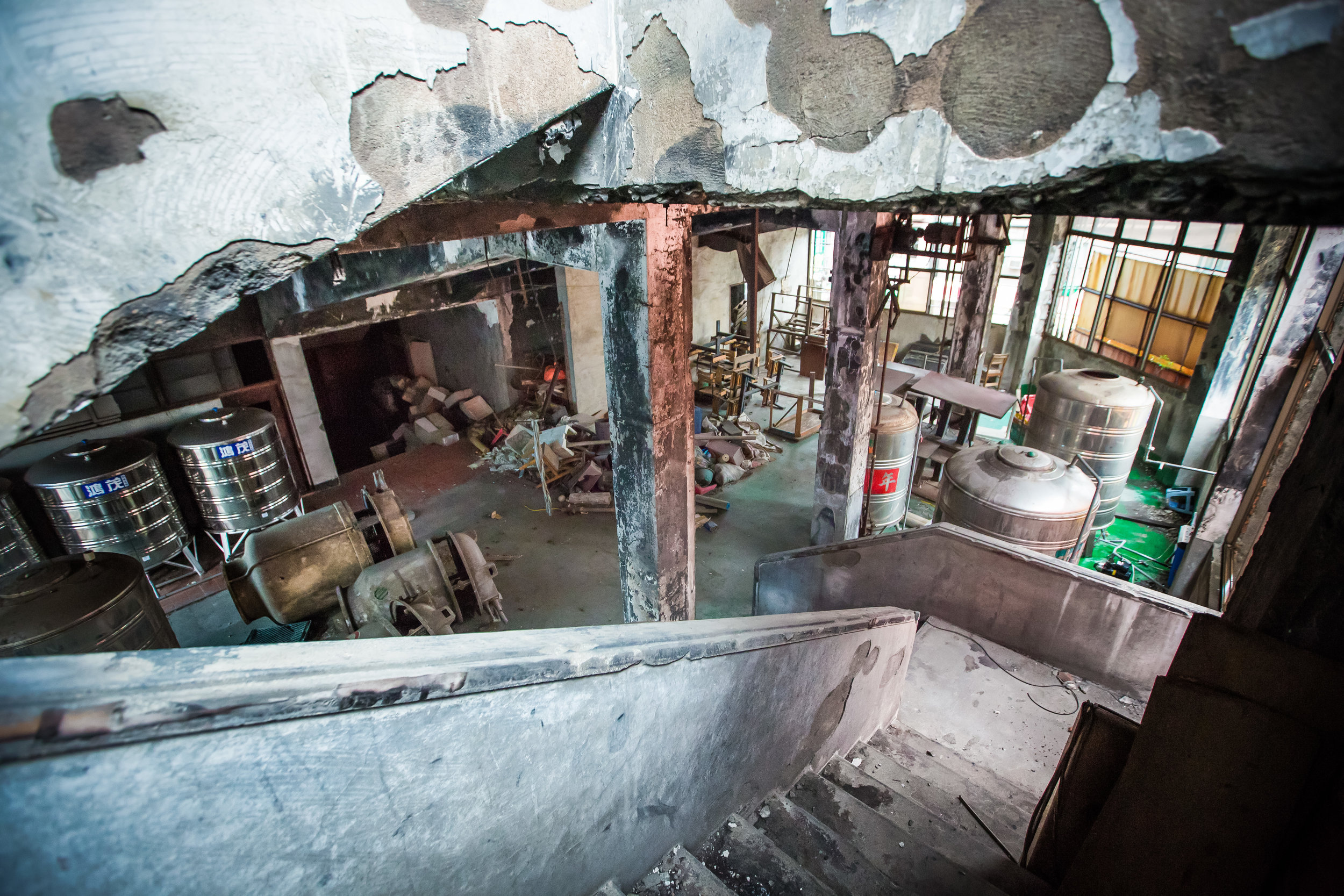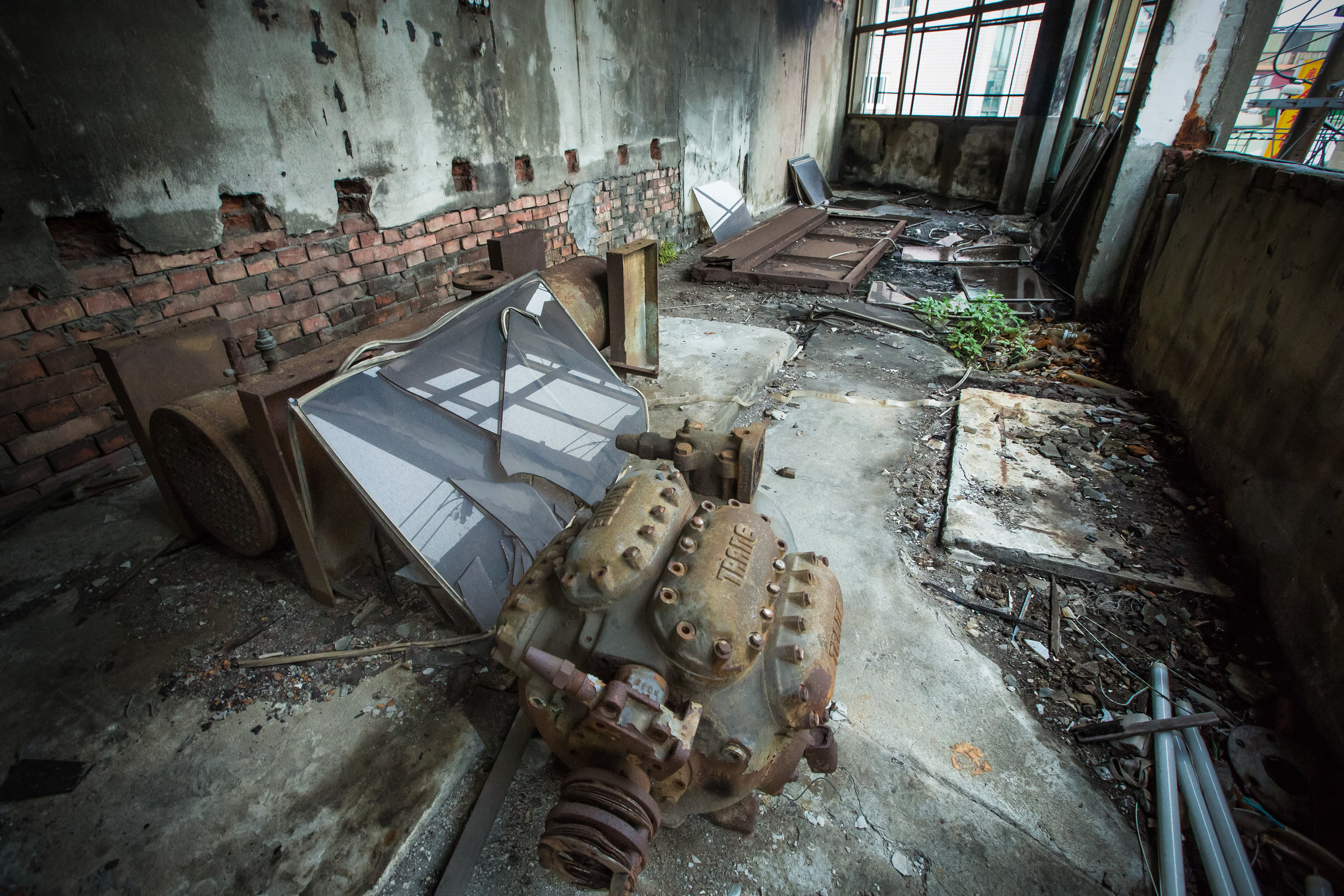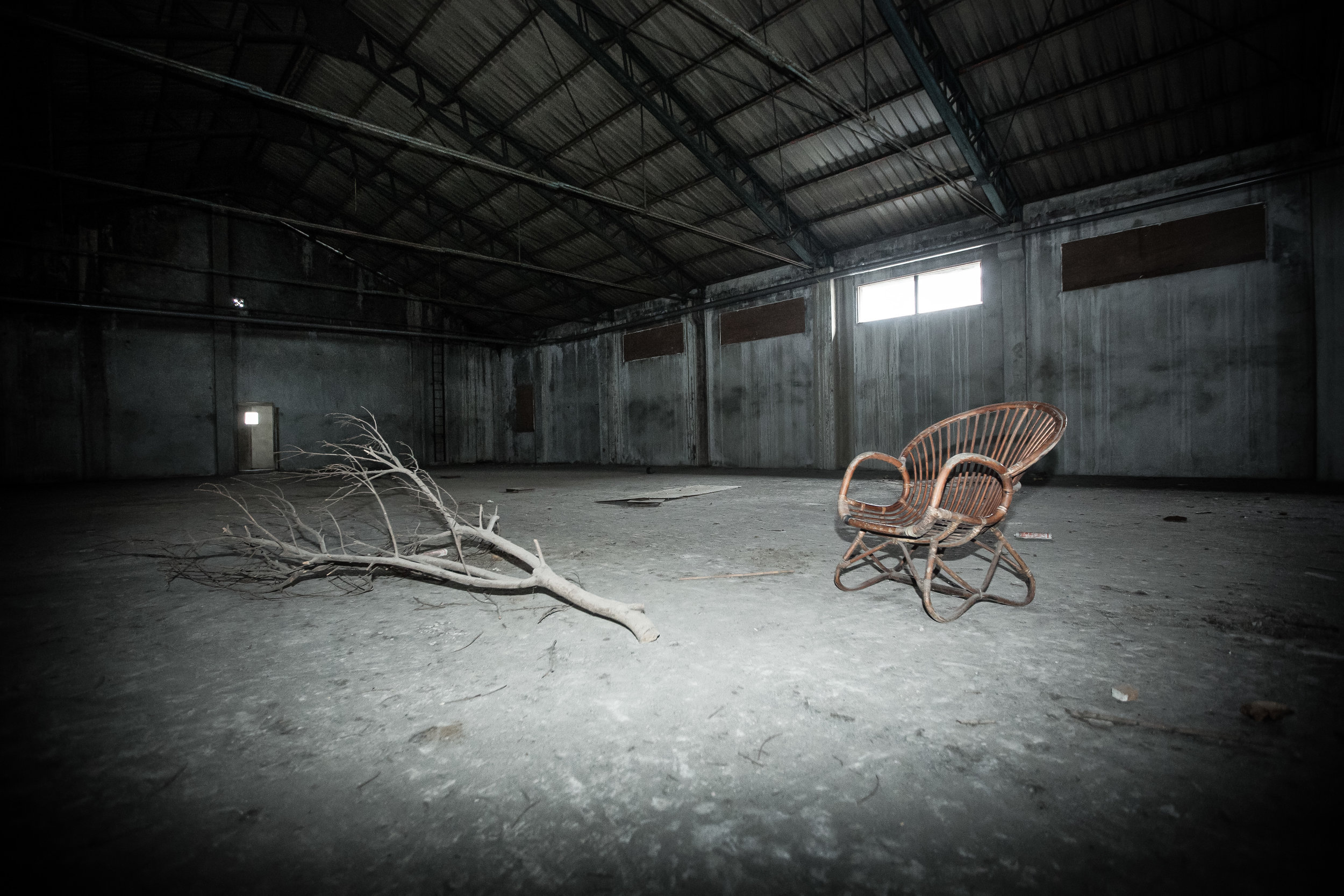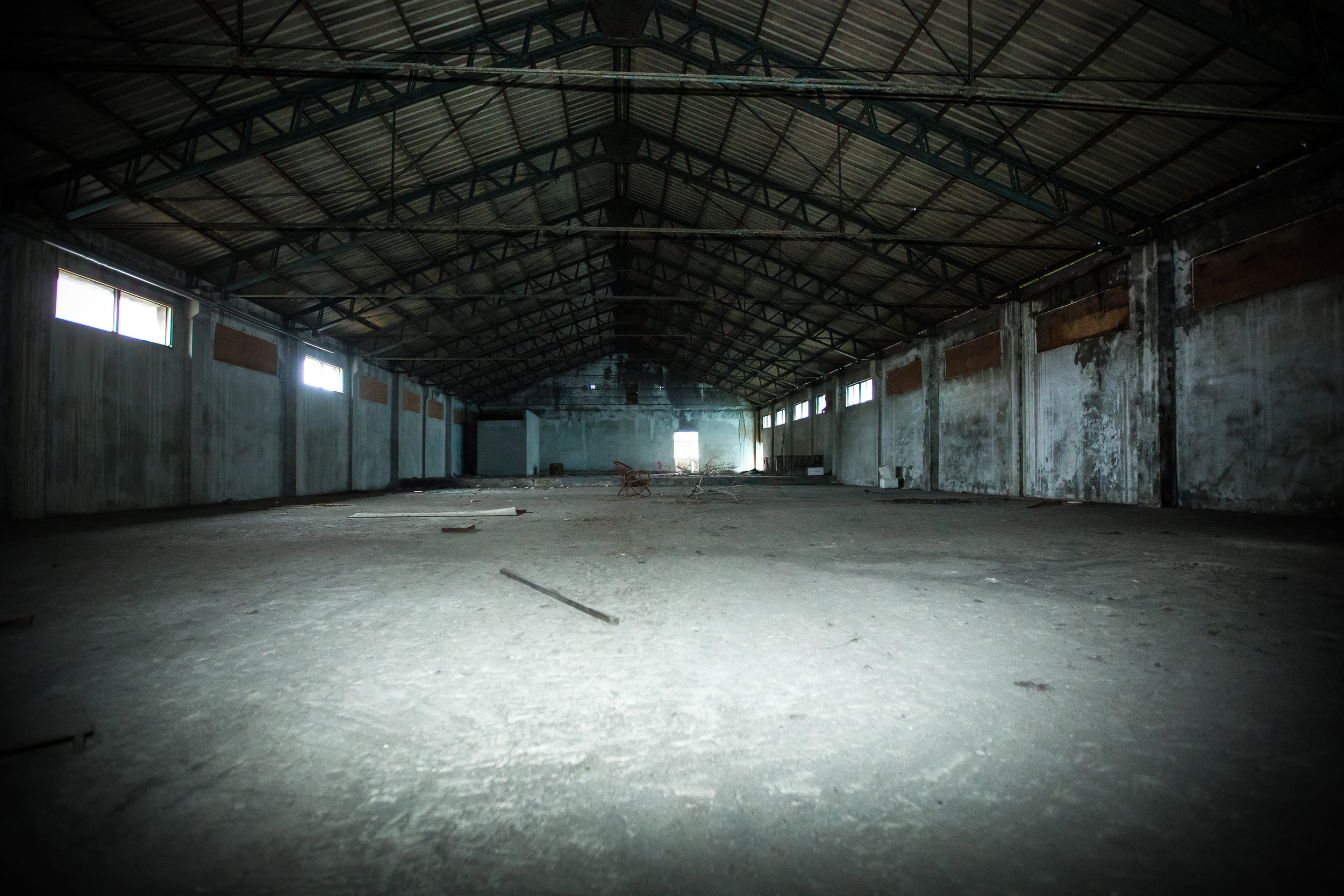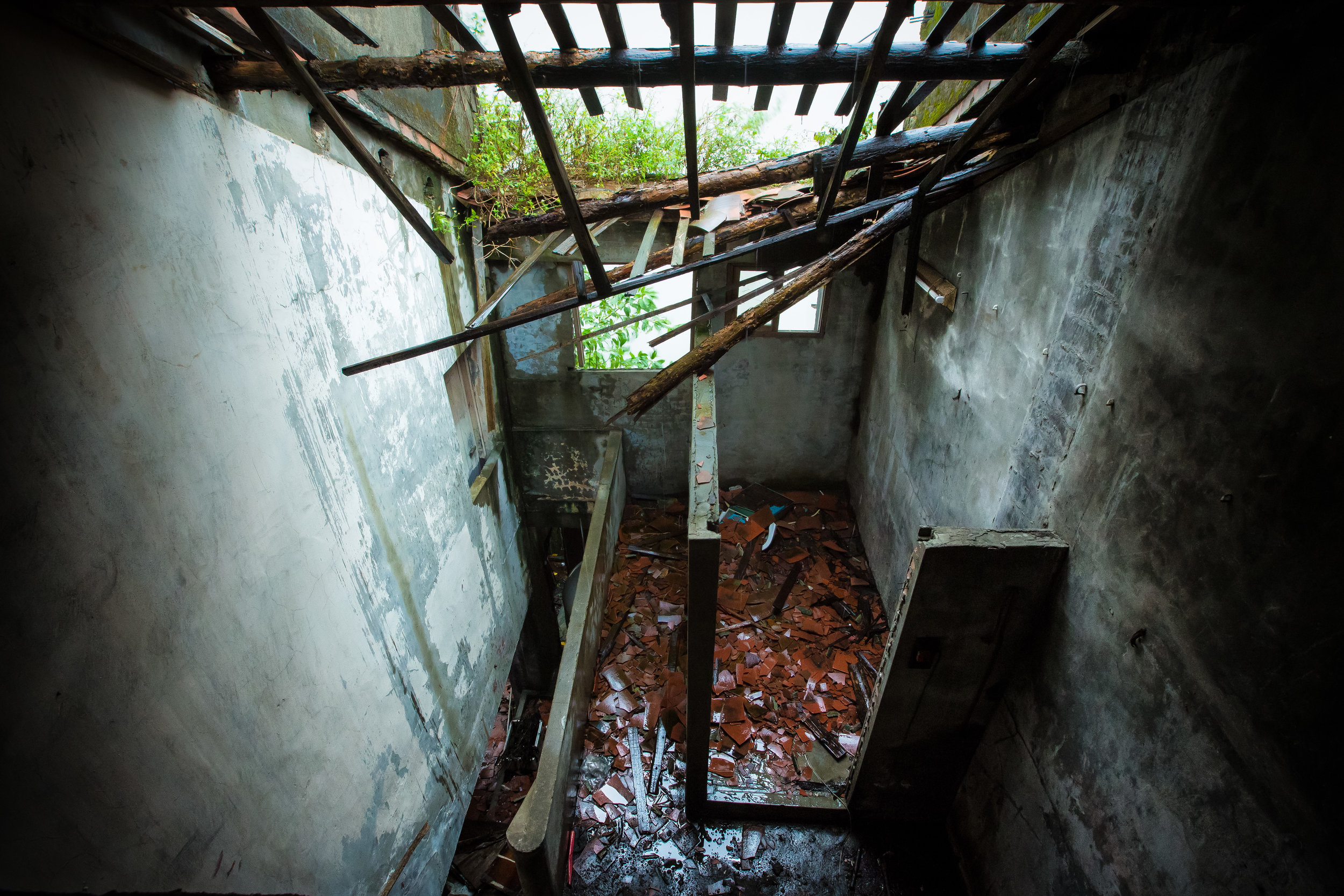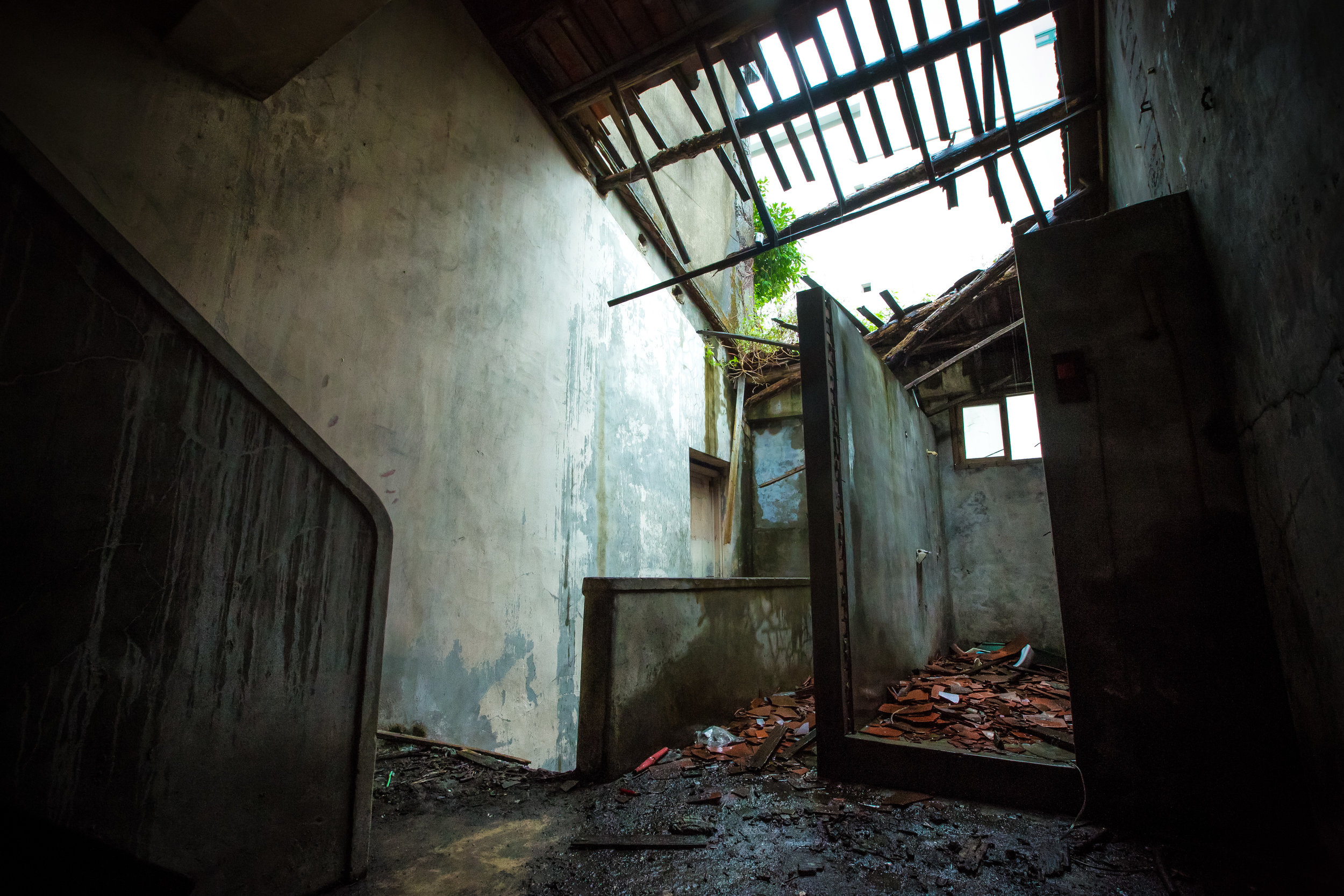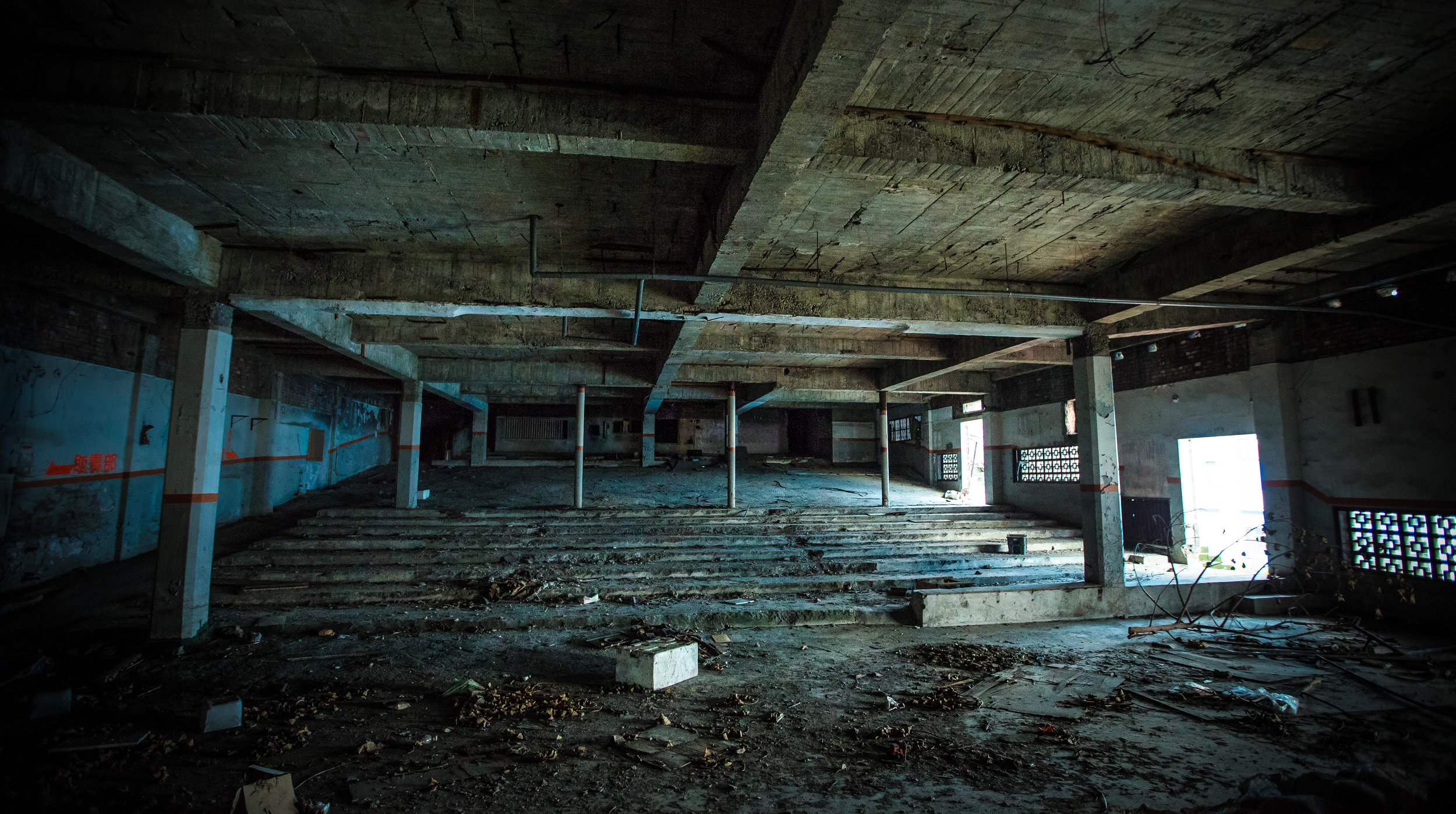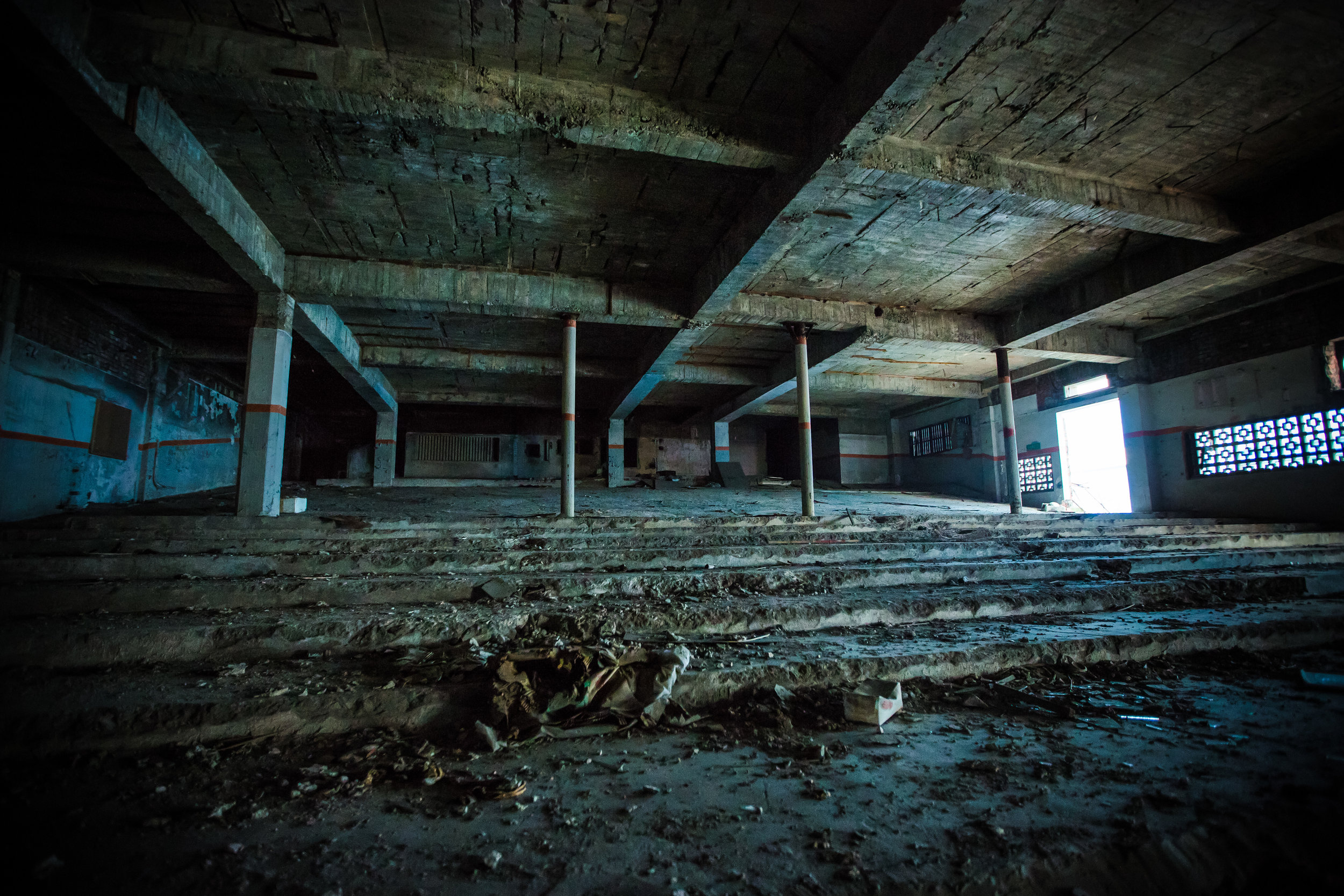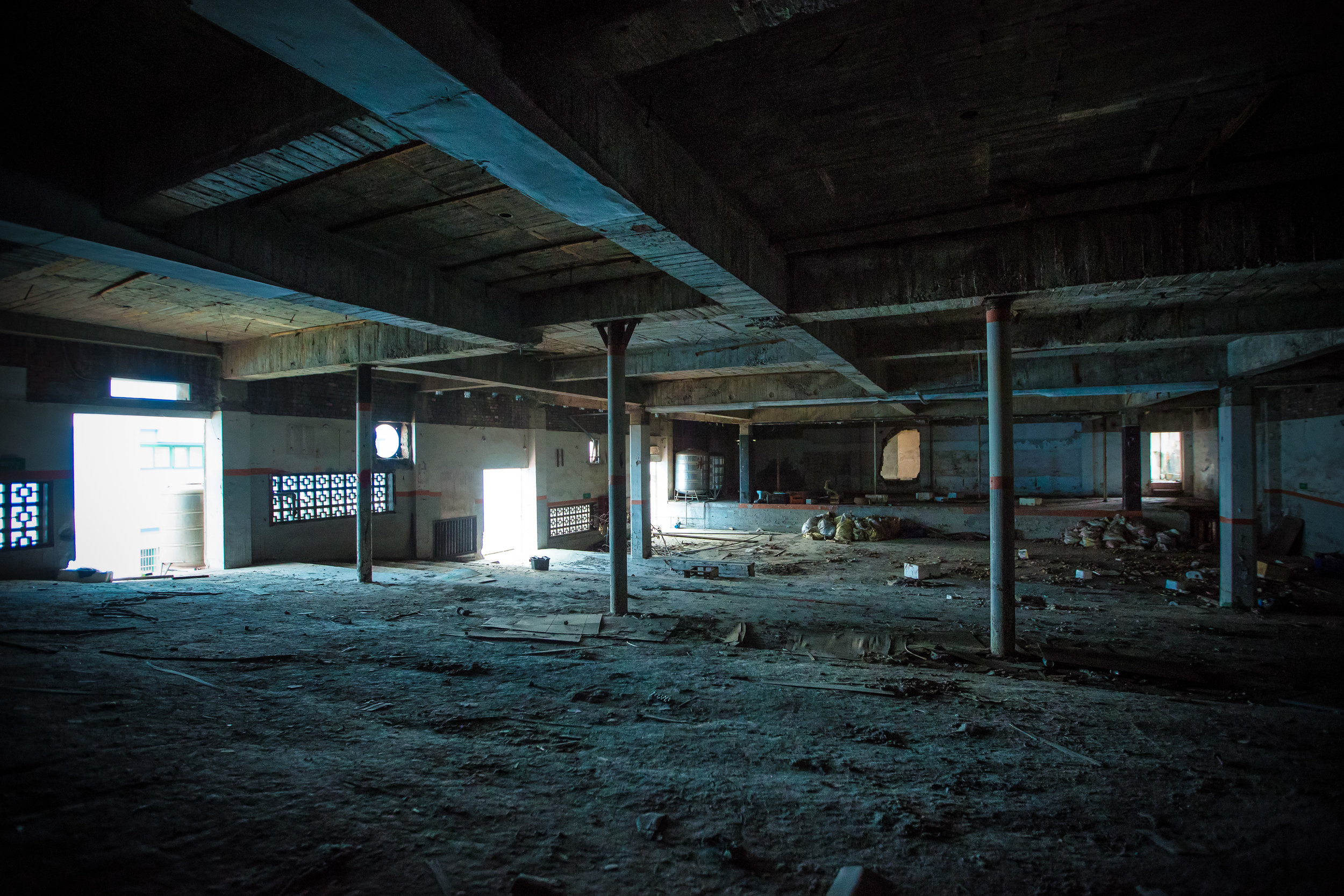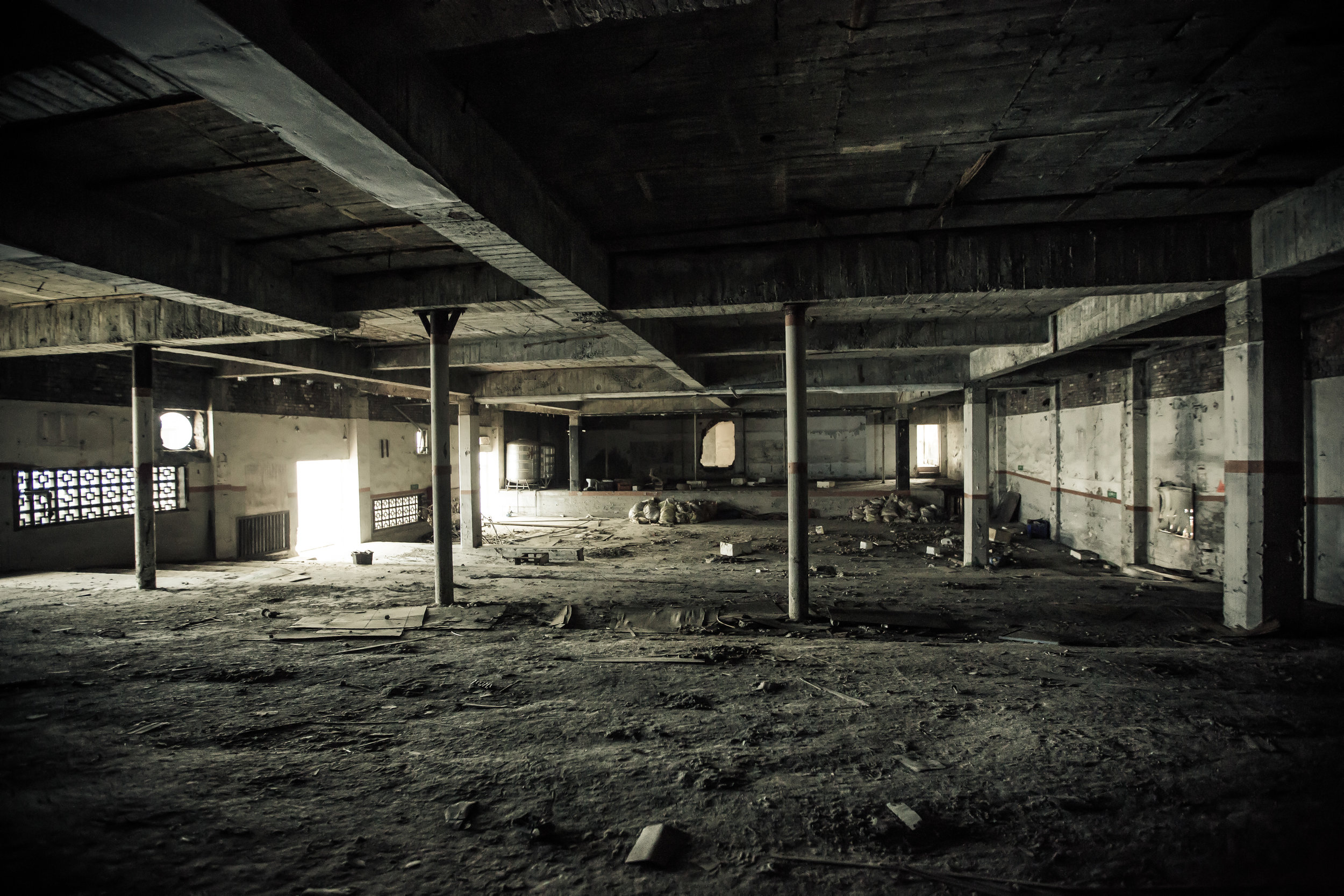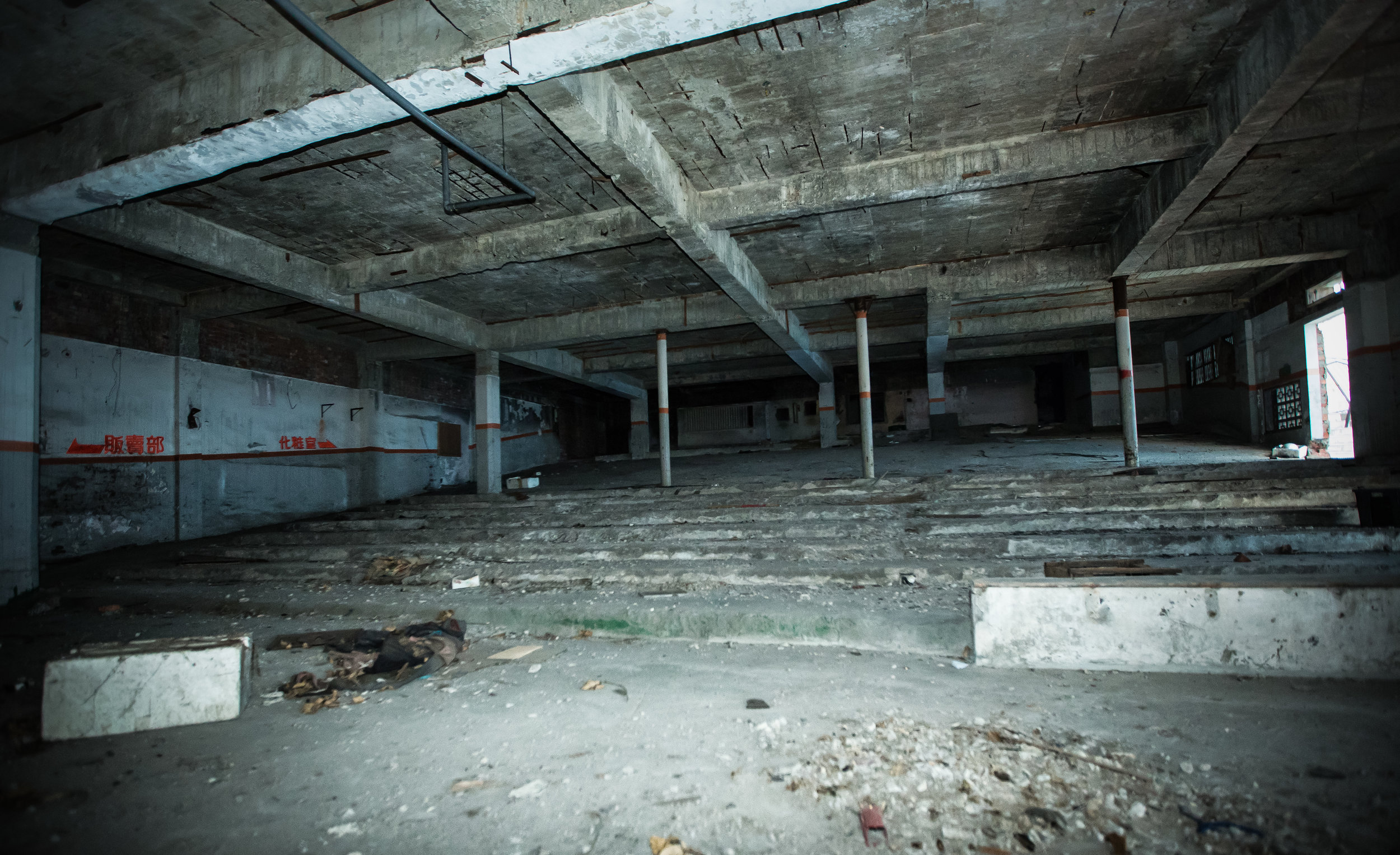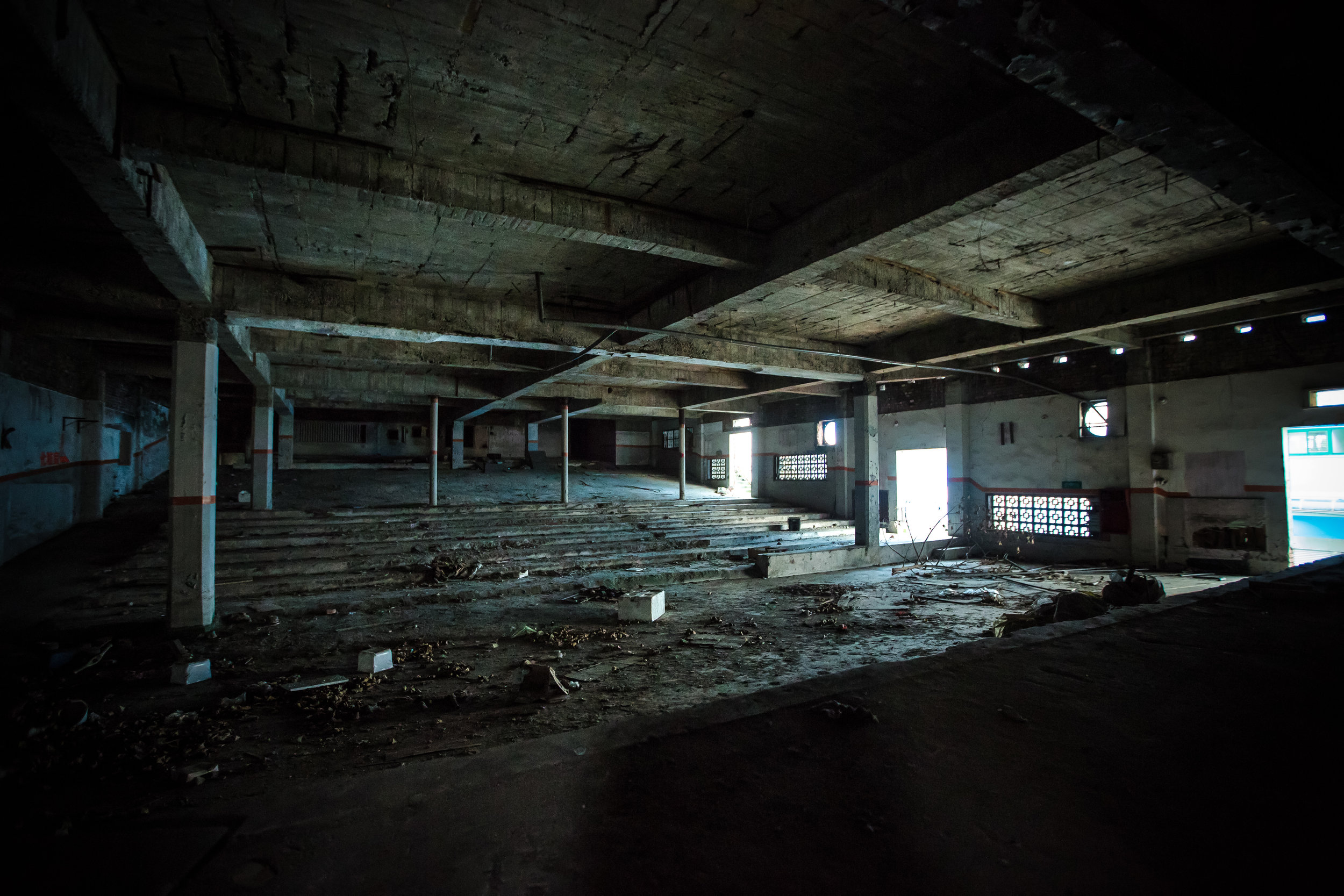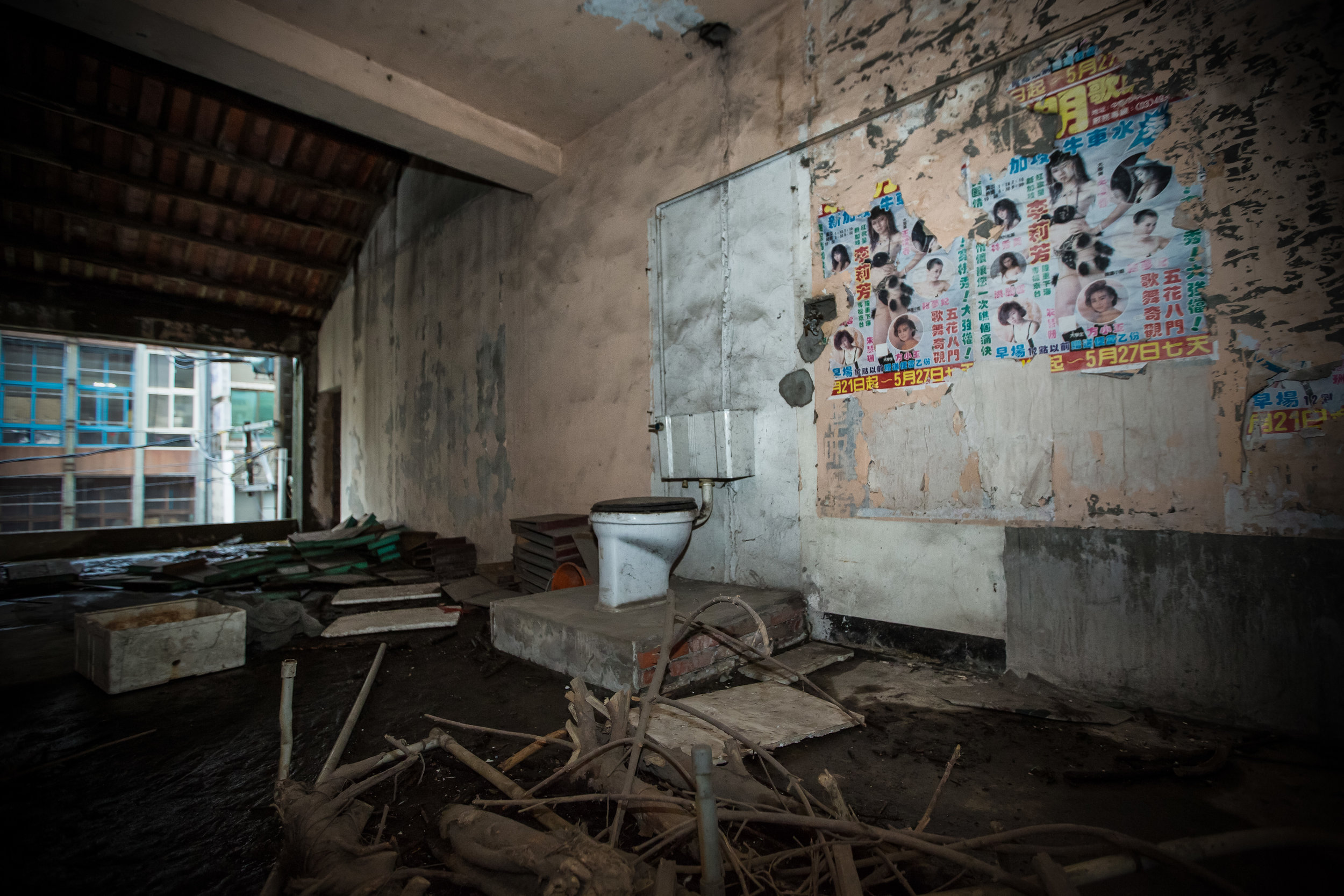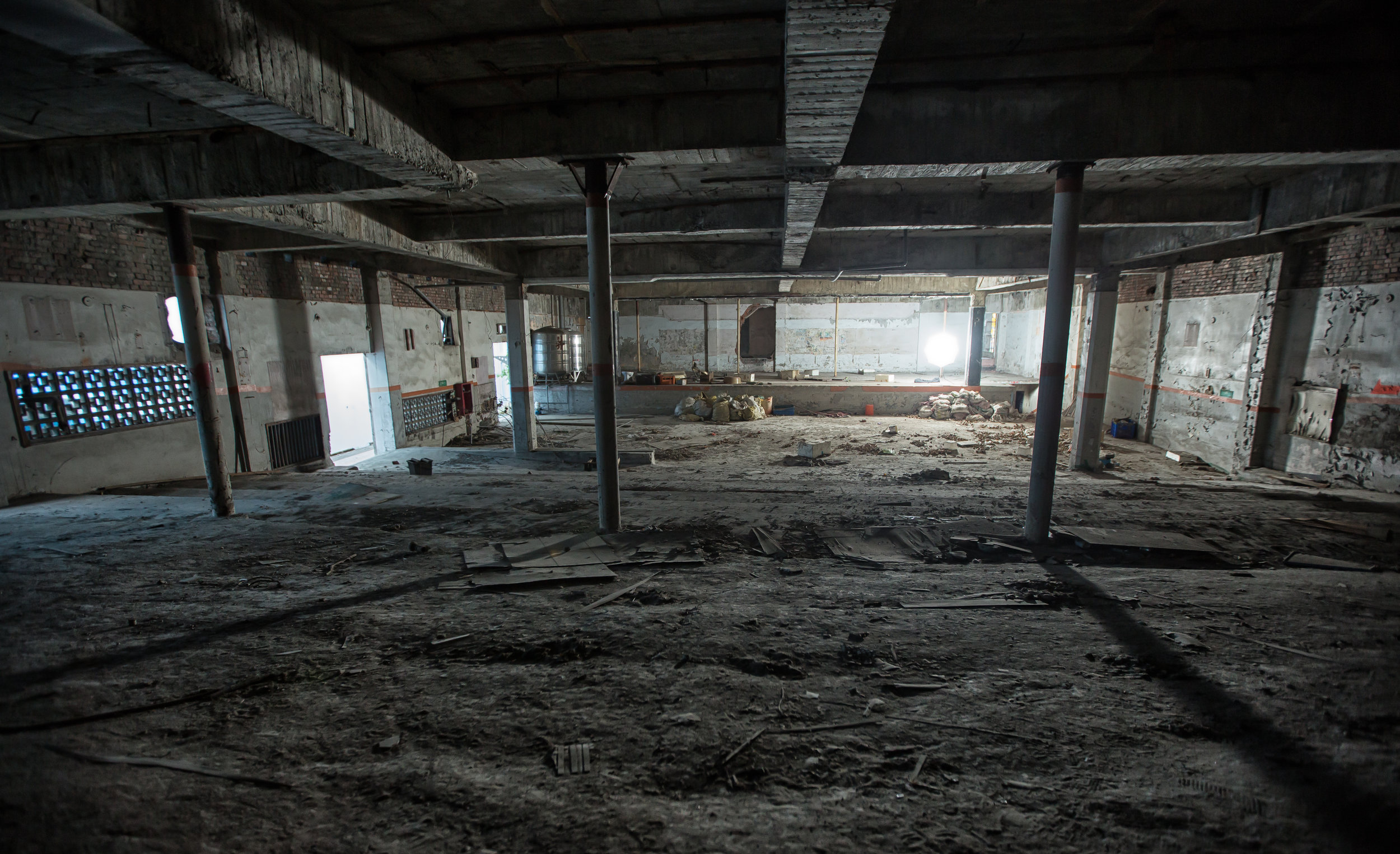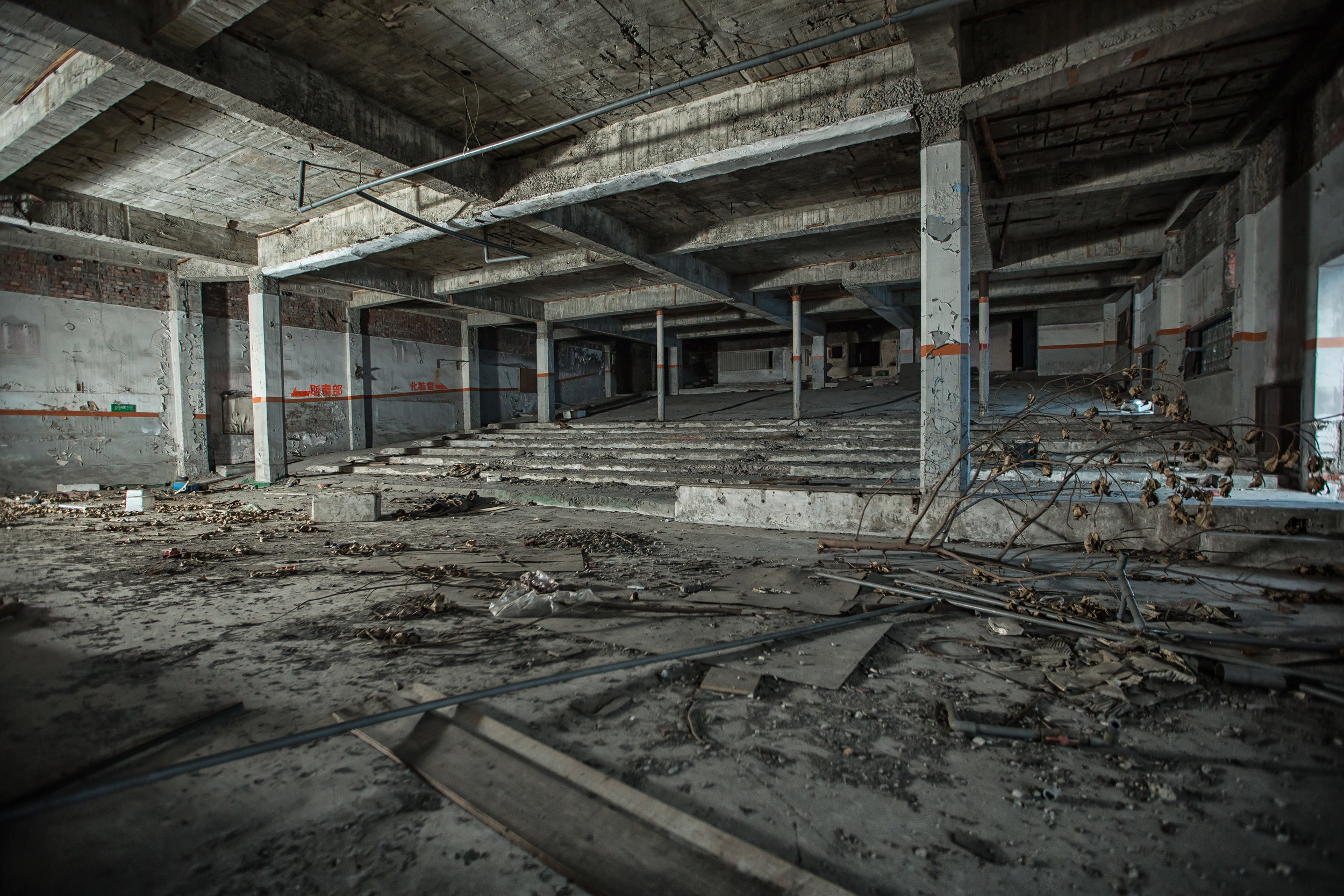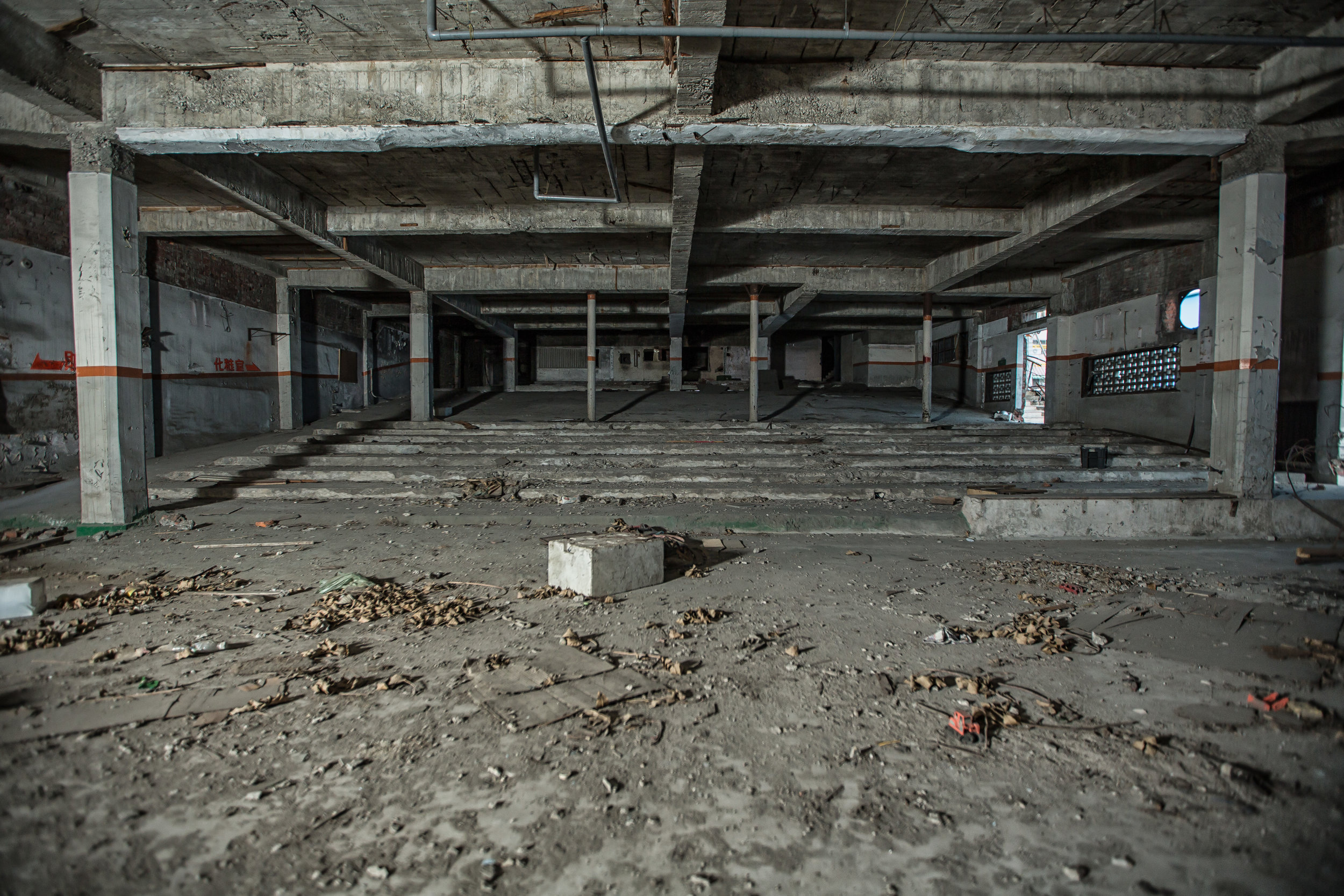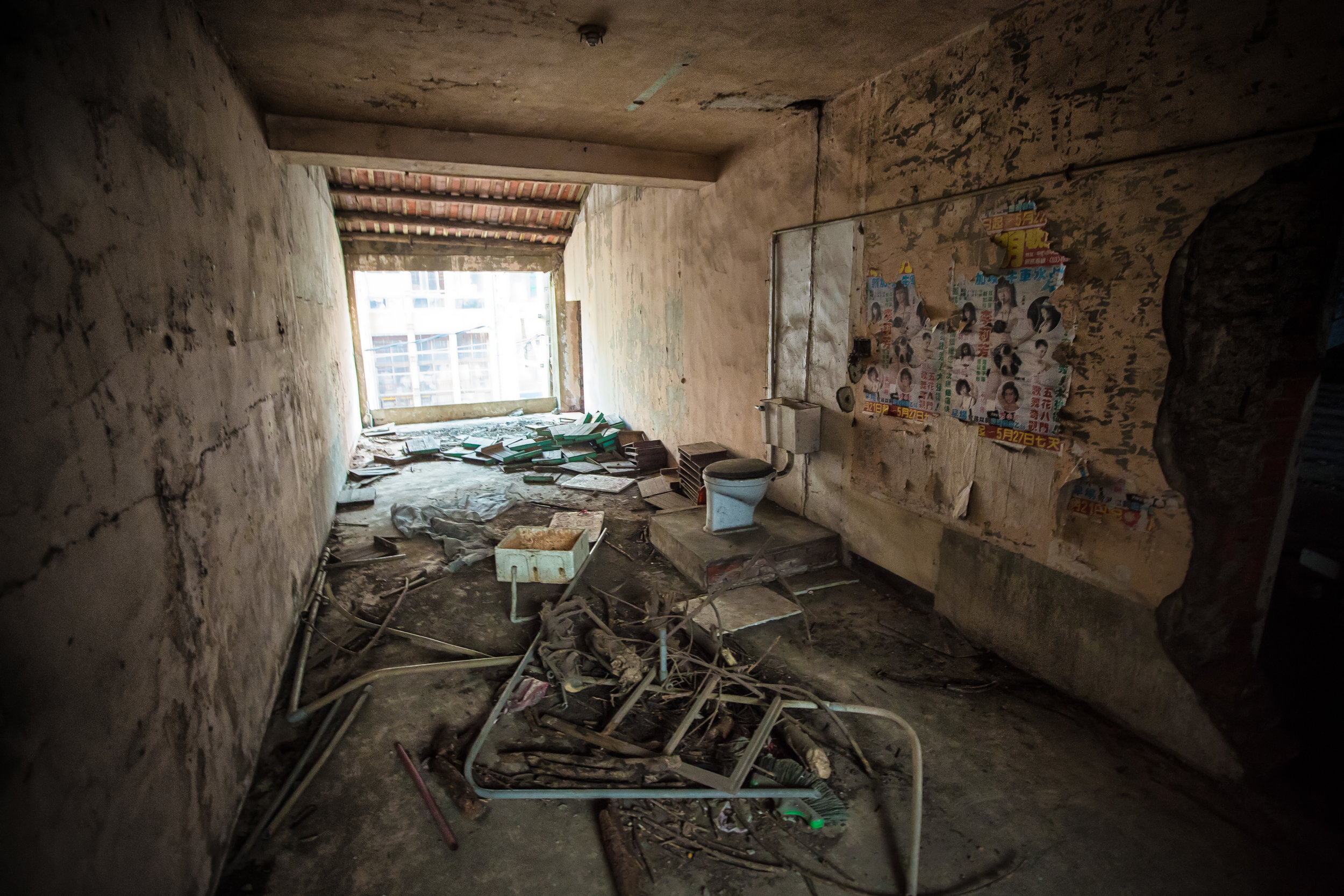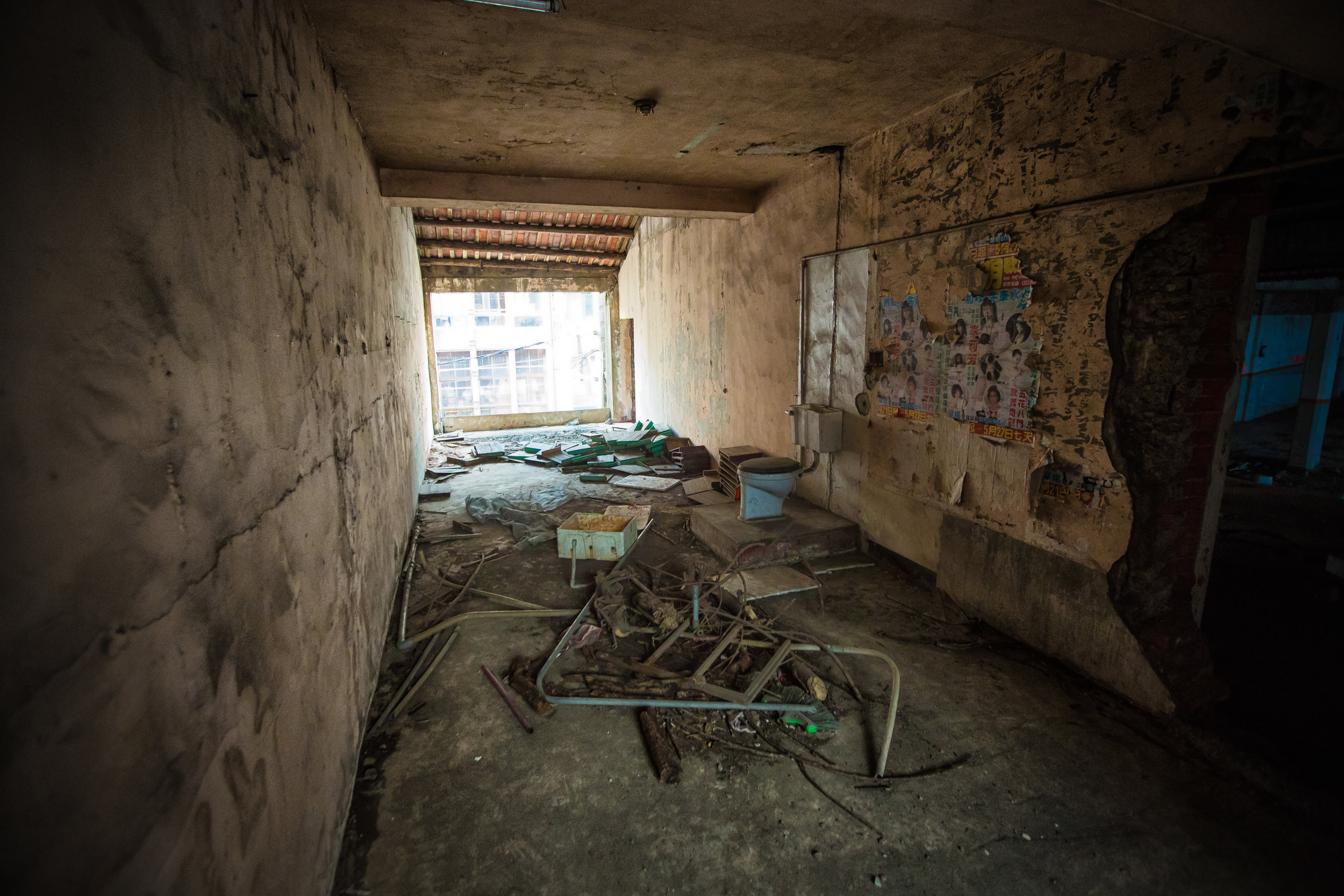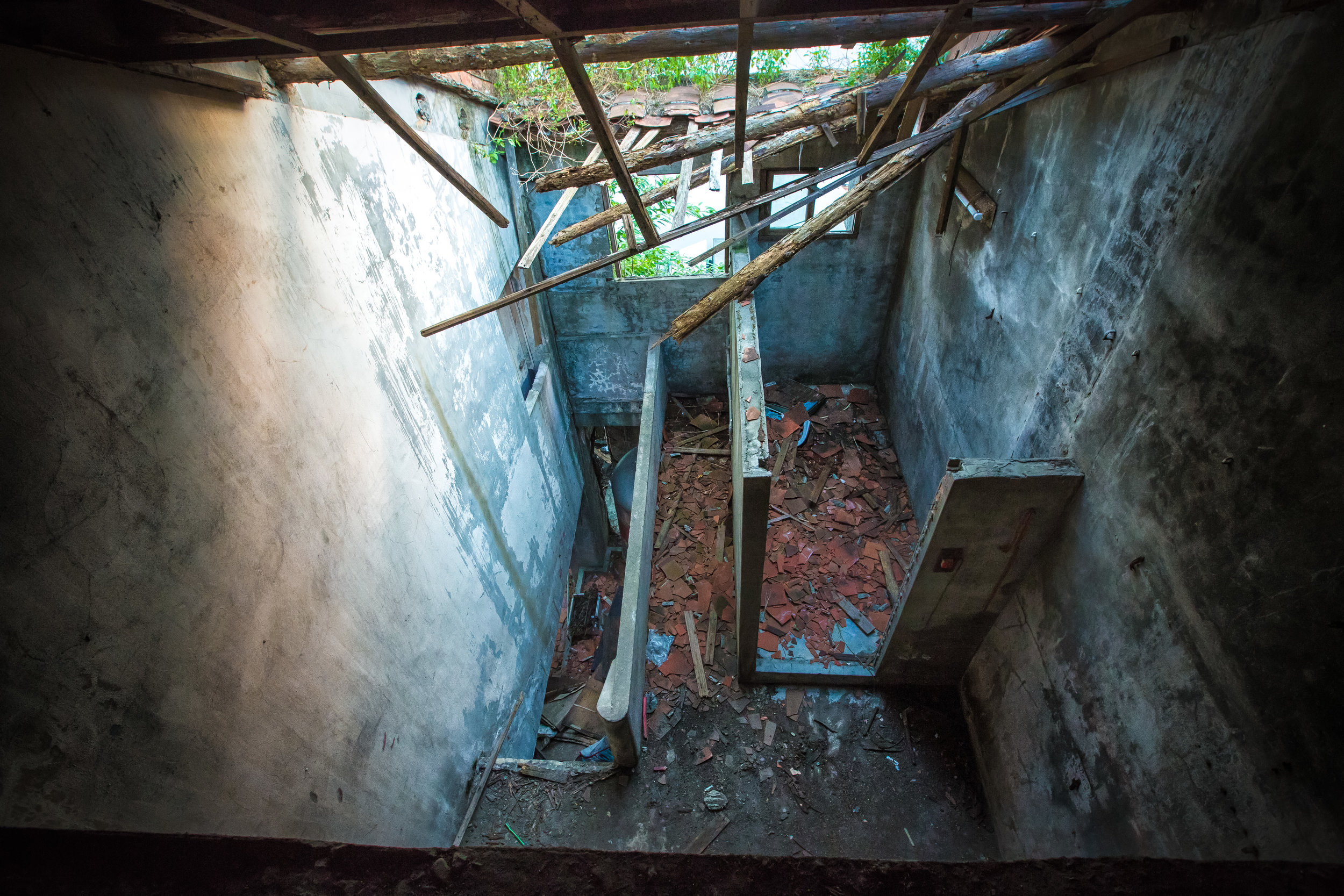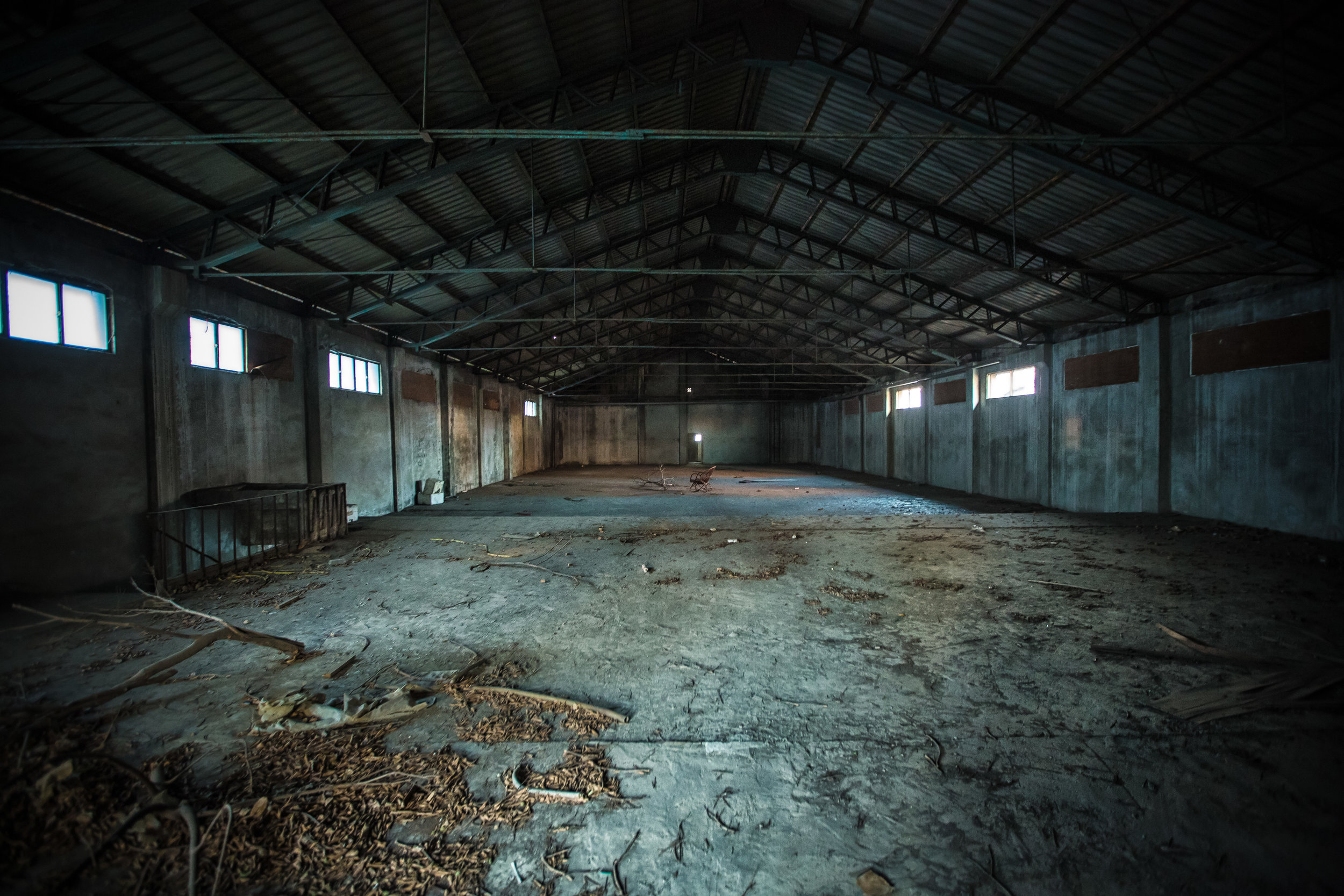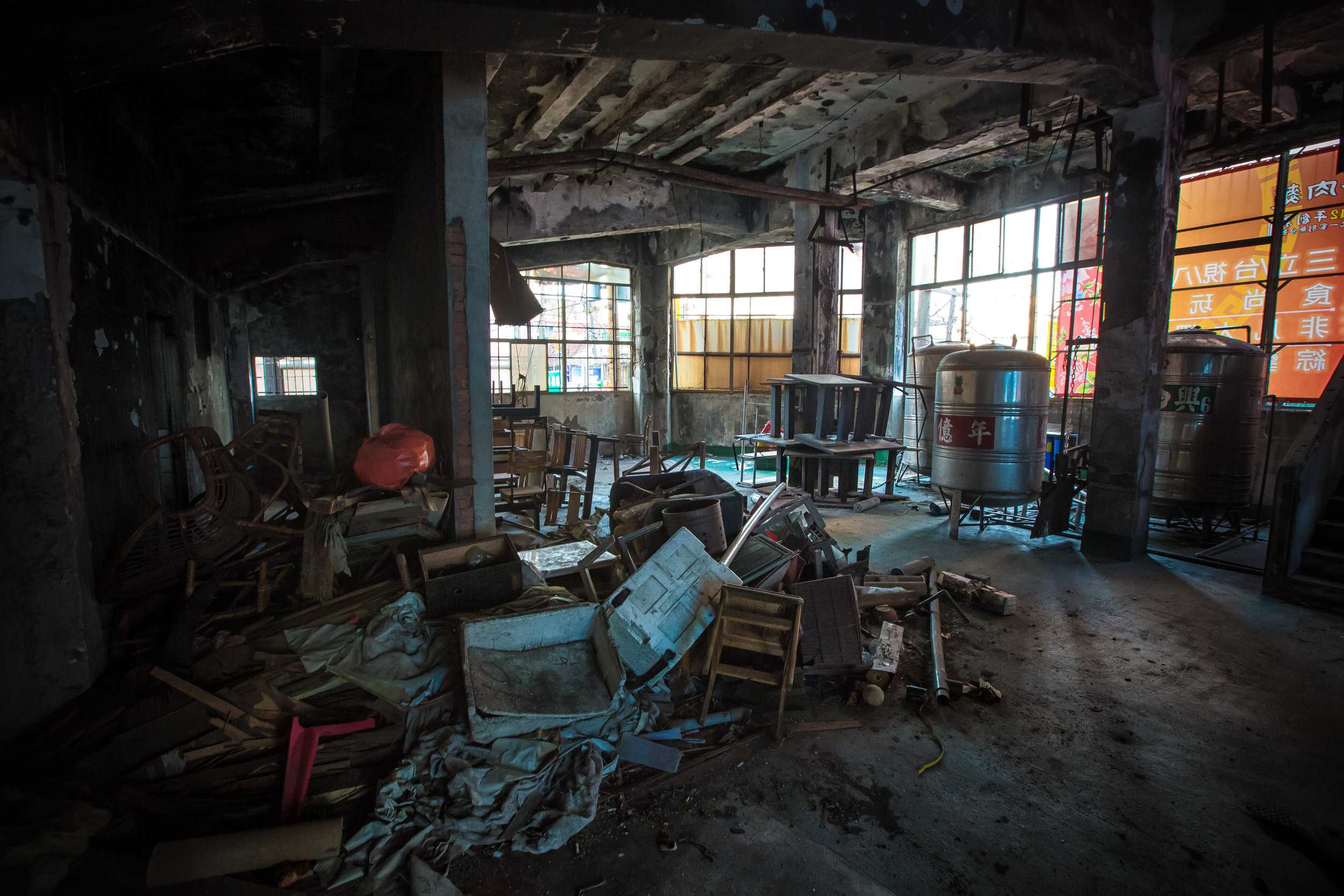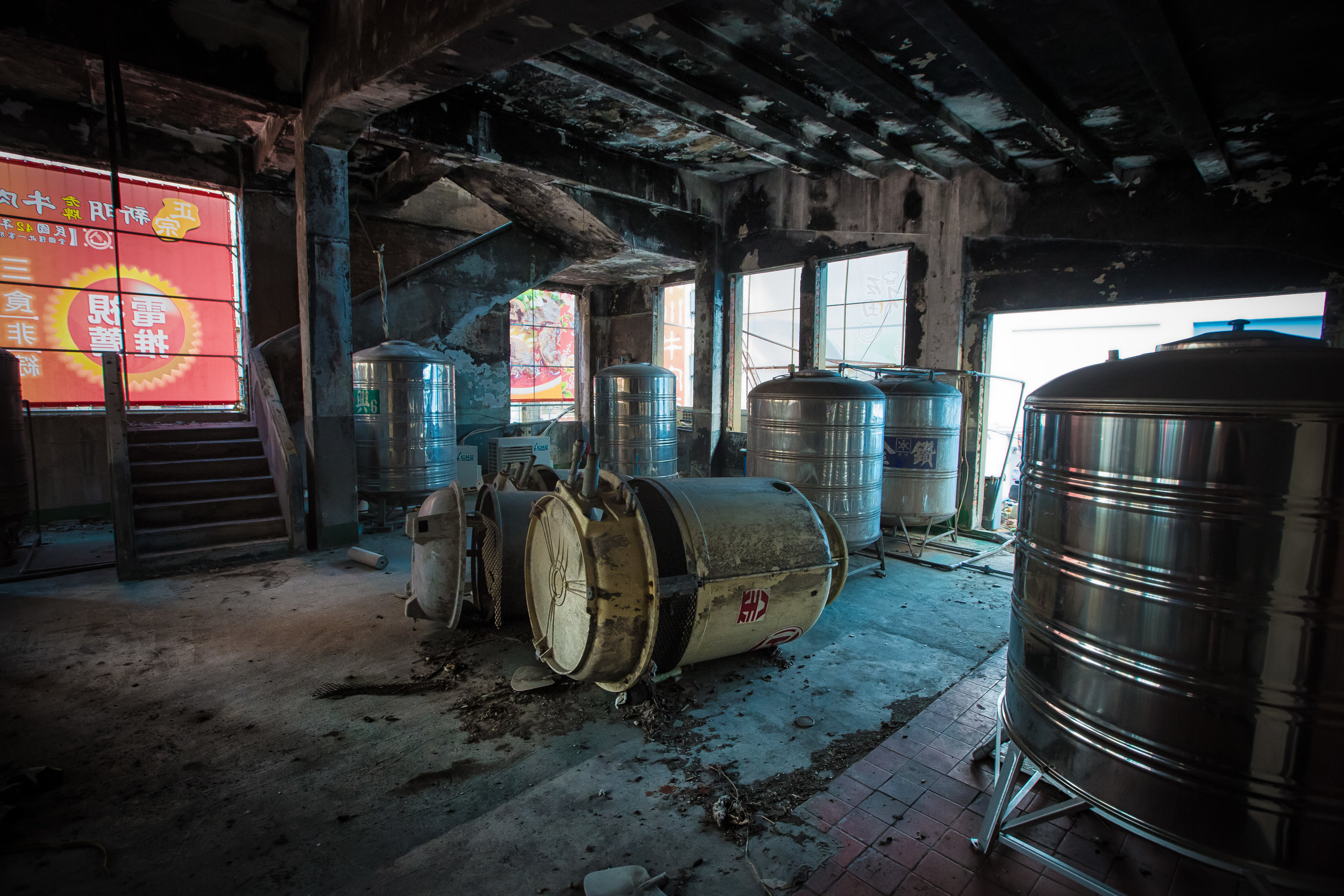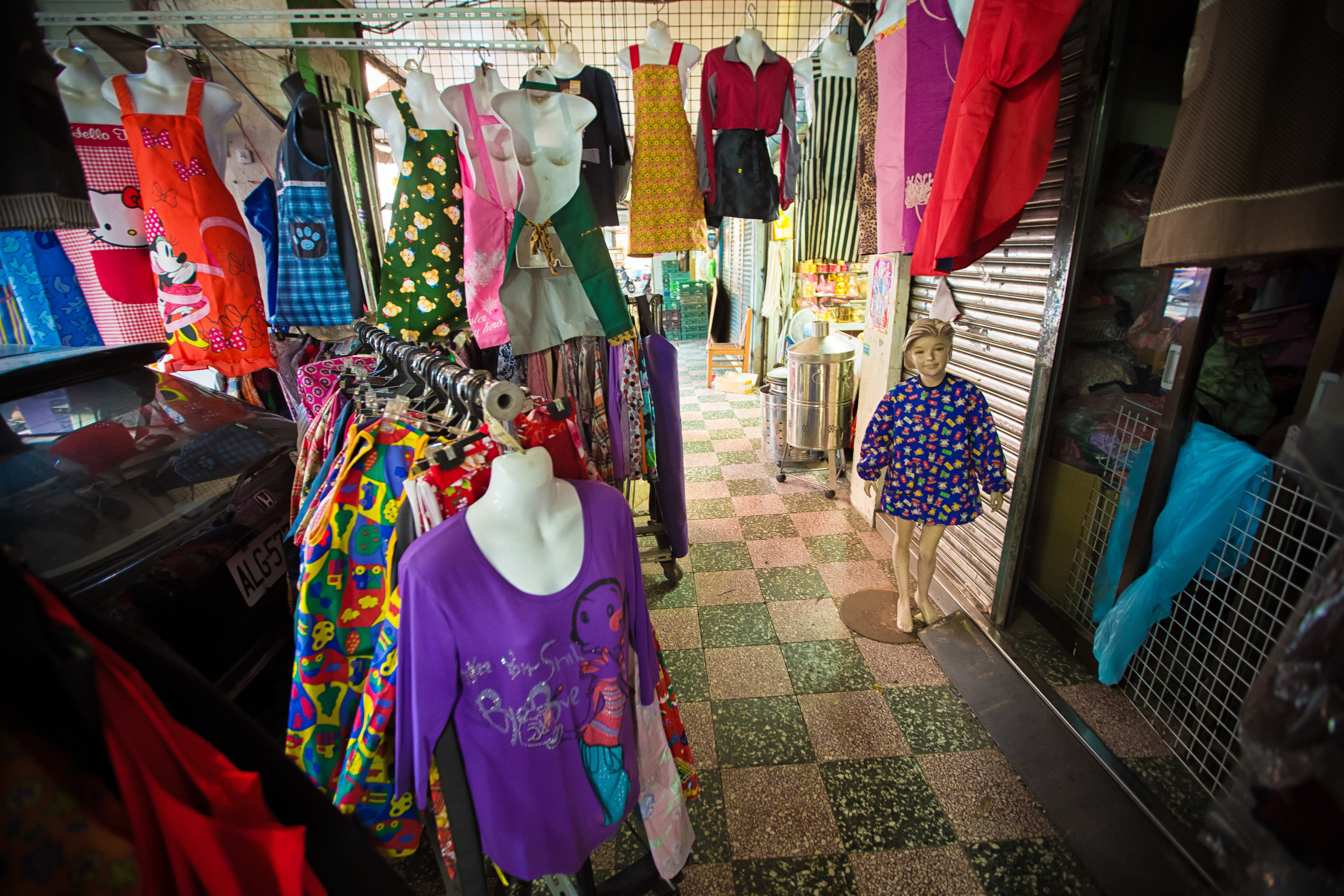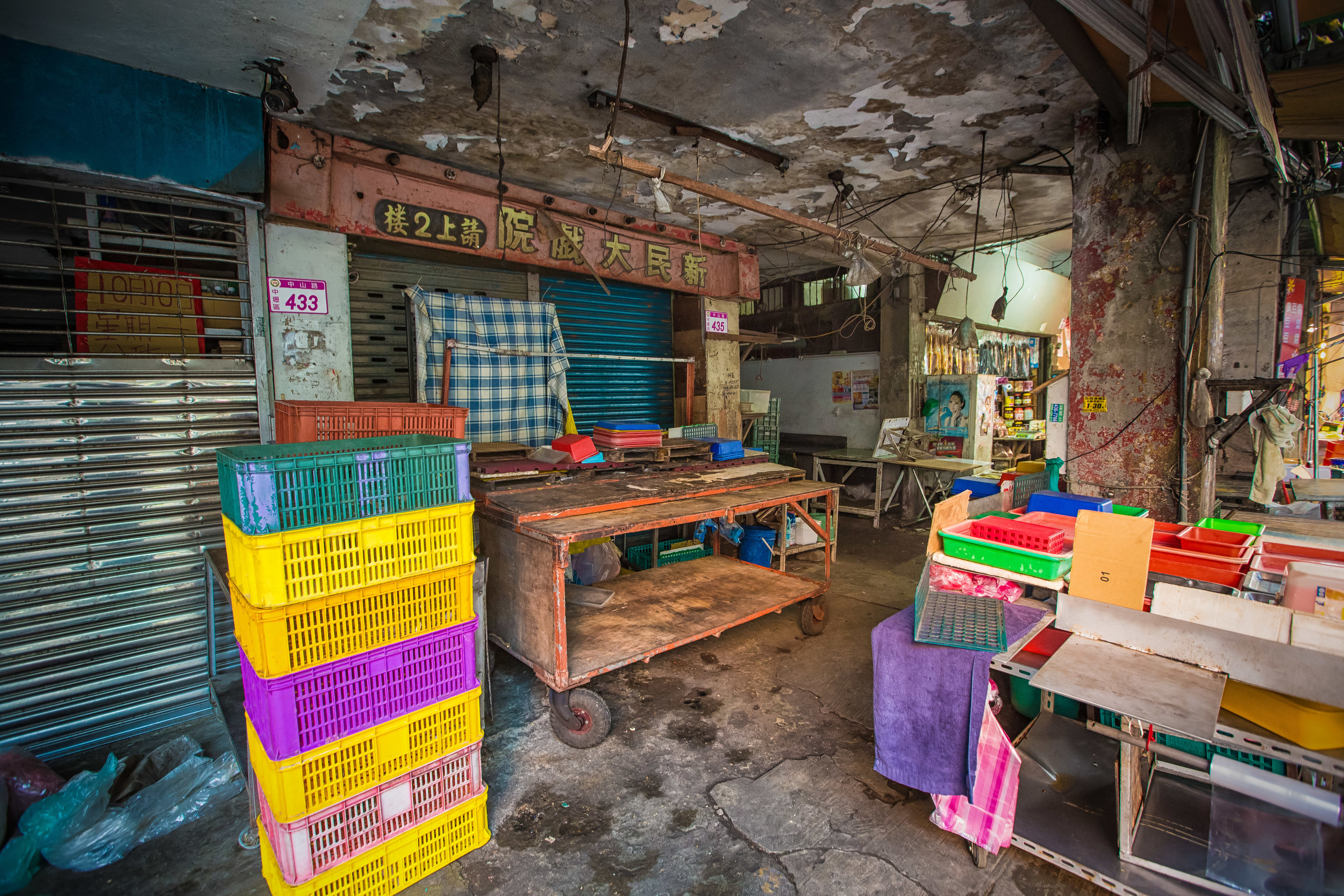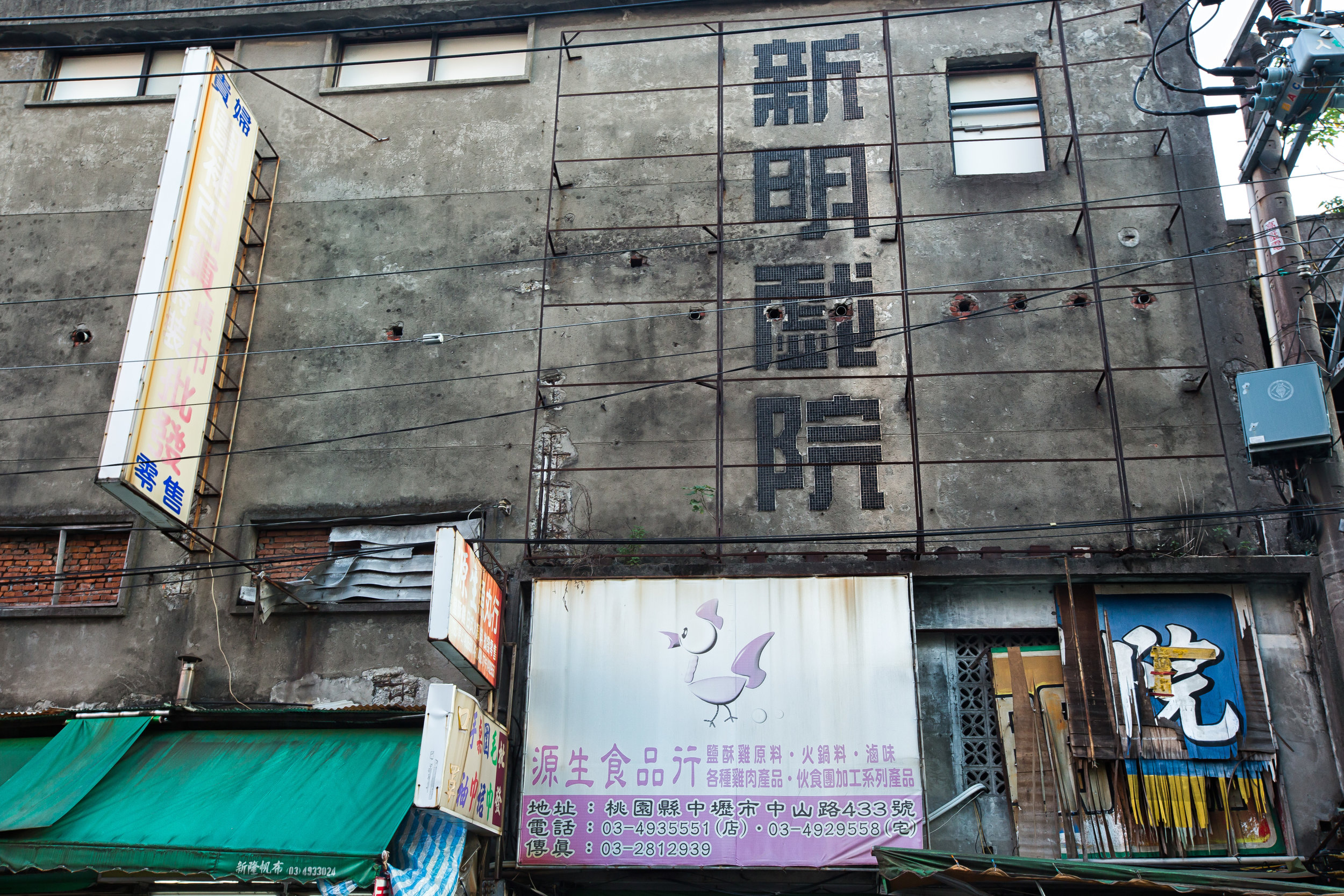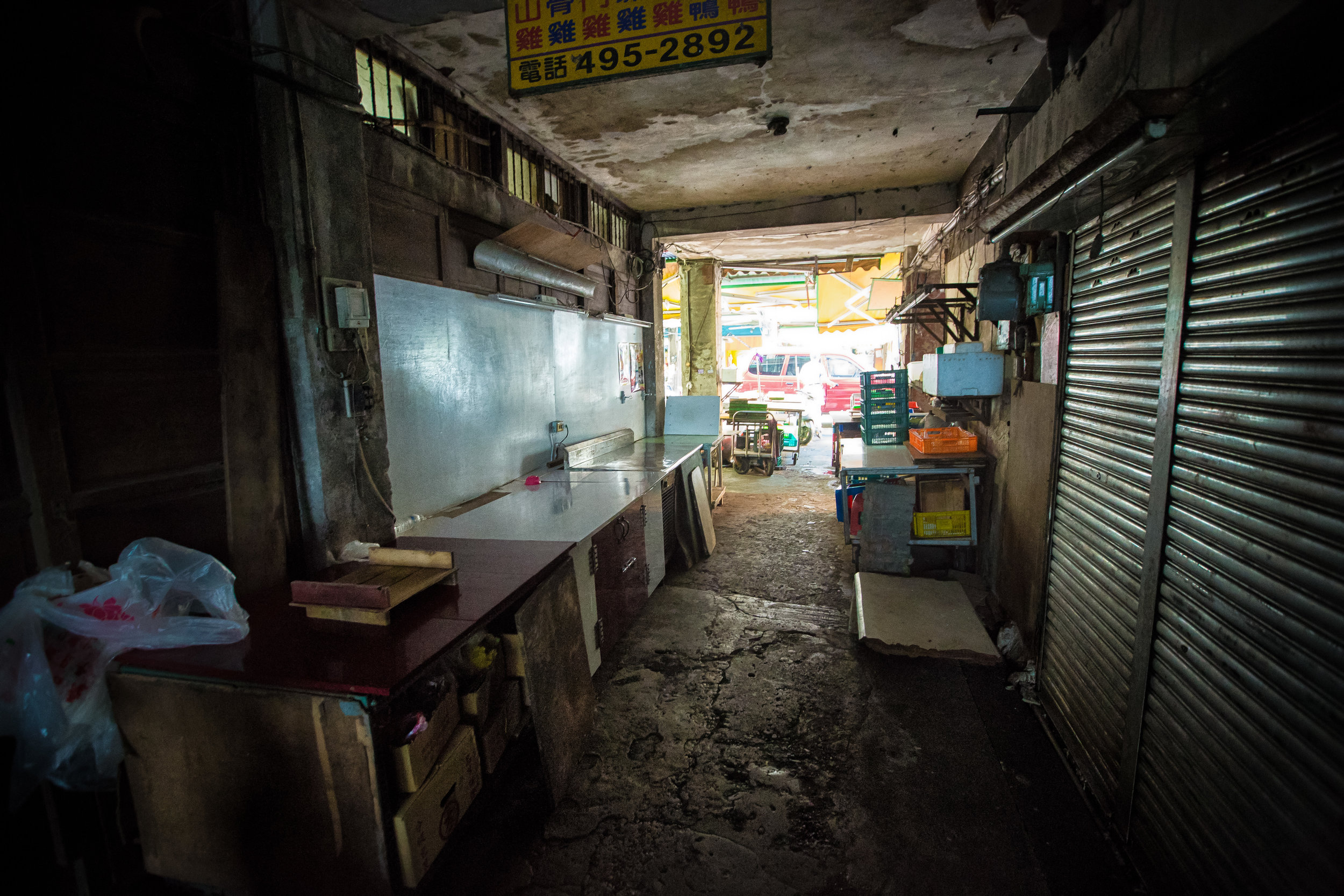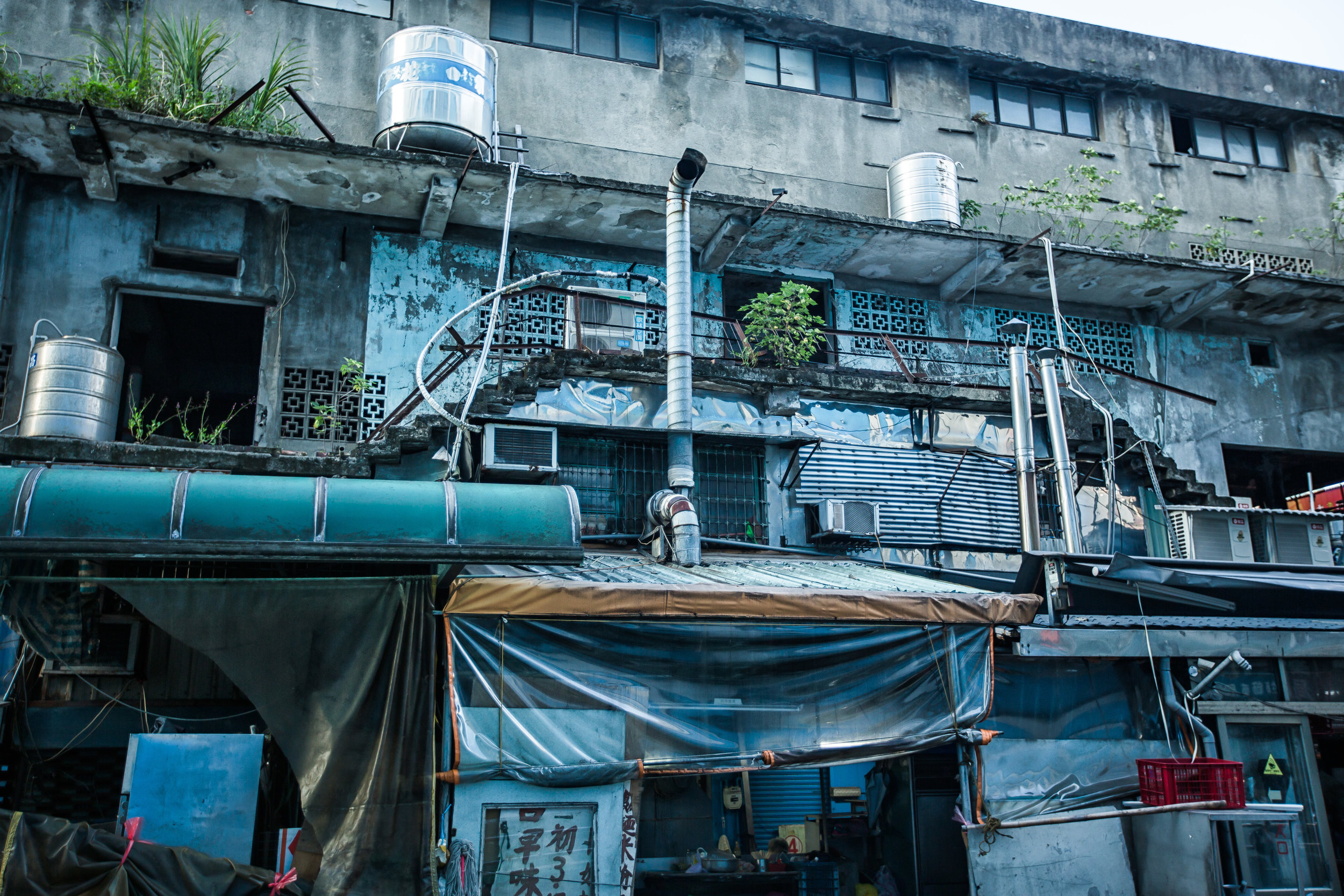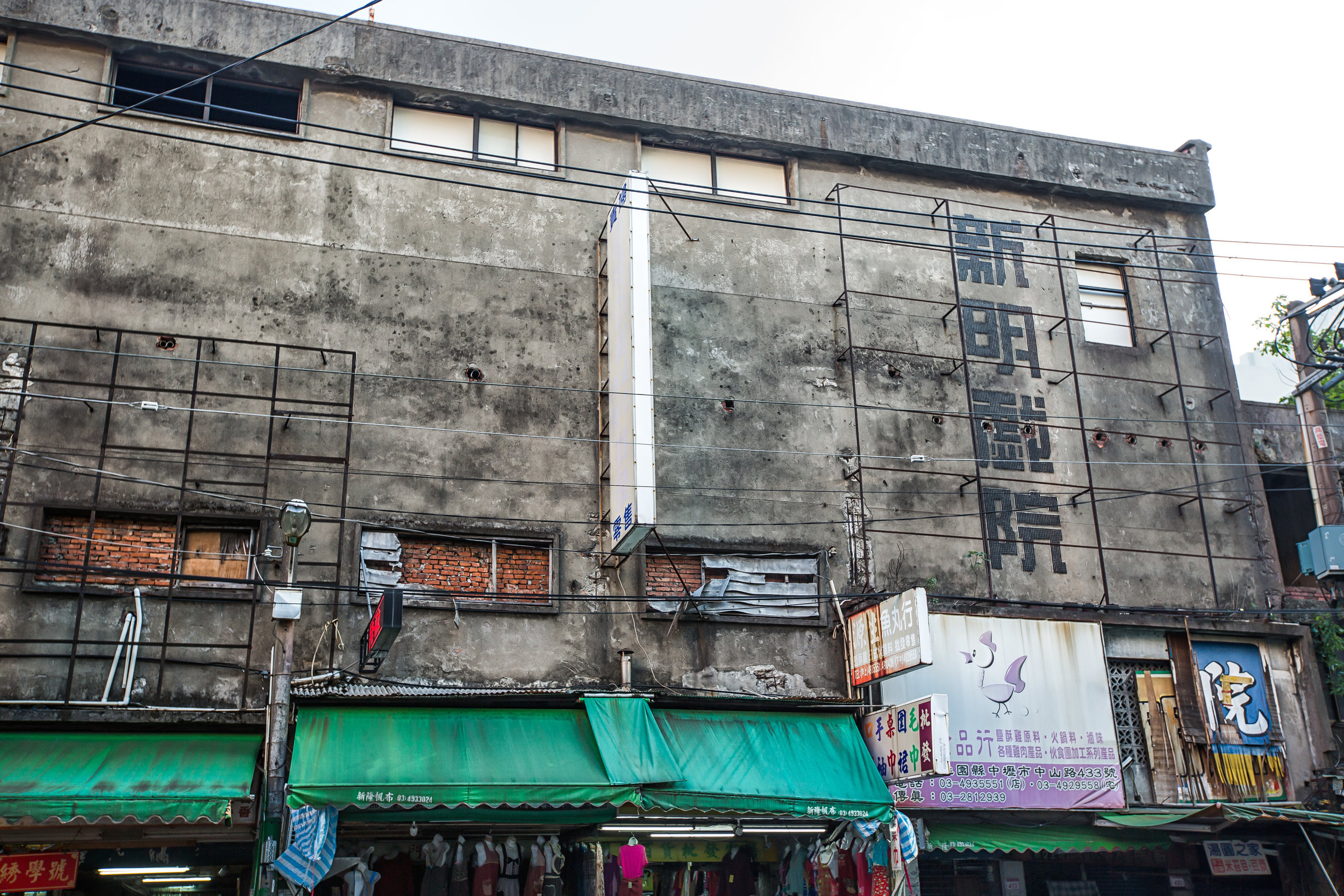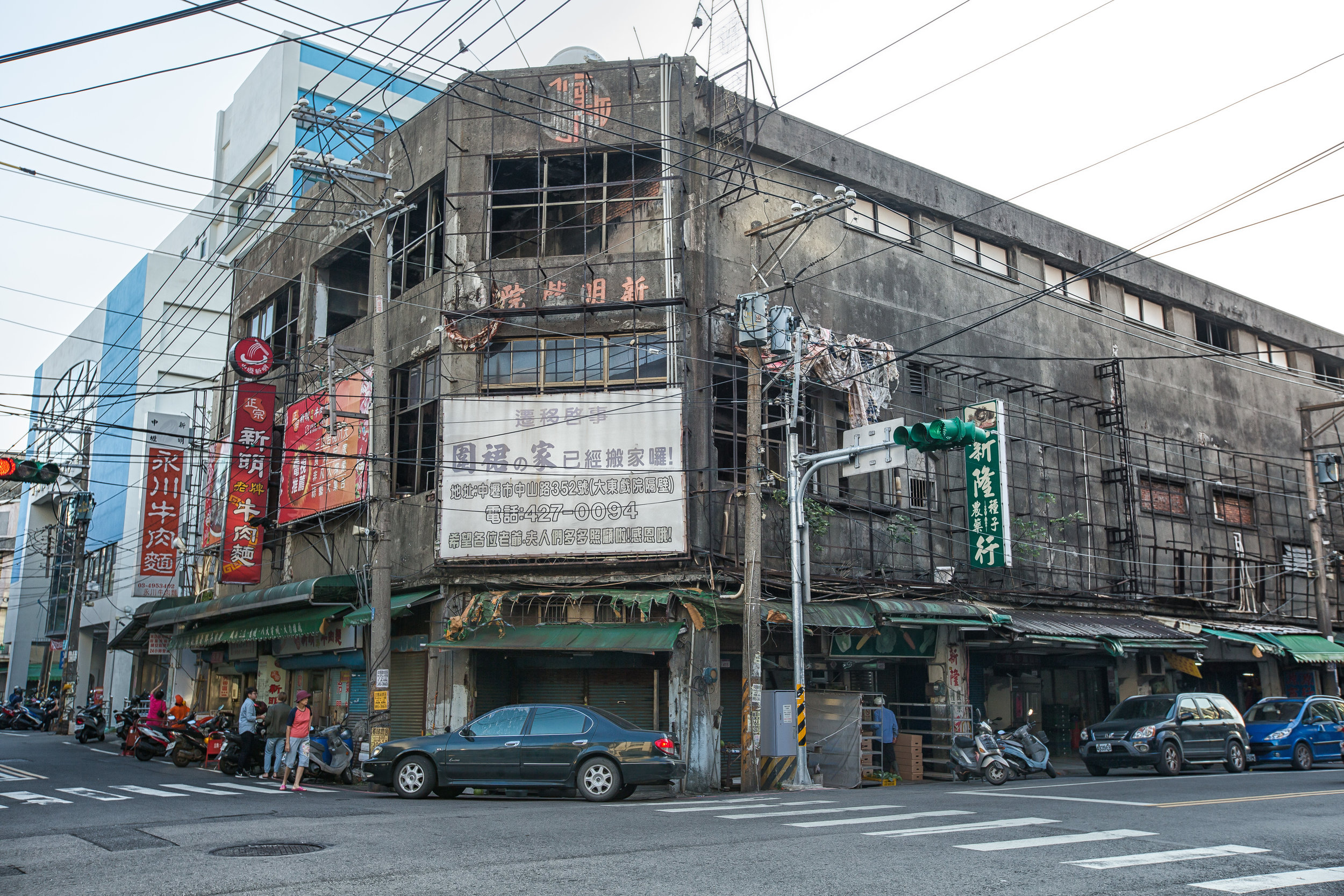Last week when I posted about Taipei's Tian Hou Temple (天后宮) I told myself that it would be the last temple I'd be posting about for a while. I had already covered the so-called 'Big Three Temples of Taipei' (台北三大廟門) and the 'Big Three Temples of Bangka' (艋舺三大廟門) which I thought would be a great place to stop and take a break for a bit.
I have plans to expand upon a few posts as well as eventually heading down south to cover some of the larger and historically important temples. But for now, I thought I'd take a long break from this stuff and focus on other places in Taiwan.
The difficulty in writing about these temples is that I always strive to be factually correct while at the same time trying to give readers concise and easy to understand information that paints a picture of the history and importance so that if they choose to visit while here in Taiwan that they can understand more of what is going on.
This means I spend a lot of time doing research, translating info, attempting to make sense of a complicated history while writing up several drafts of each post I make. It takes a lot of work and I've found myself using the time that I should be out taking photos writing up blogs.
The goal of this break is to spend less time writing and more time shooting!
I seem to have kind of broken that promise that I made to myself though and here I am yet again posting about a temple.
This time however, I'm mixing my love of temple culture with a newfound interest in Urban Exploration, so I'm finding ways to justify having another post about a temple so soon after I said I'd stop!
As I don't have much information about this specific temple, I'm going to start this with a bit of a back story - For almost a decade, I've sat on the bus going back and forth from Taoyuan to Taipei several times a week. I love Taipei, but I just can't justify living there where life in Taoyuan is so much more comfortable (and more importantly affordable).
While most passengers on the bus will pull the curtains and avoid looking outside, I enjoy the view as the bus descends from Taoyuan into Taipei. There is always something interesting to see and its pretty much impossible for me to fall asleep on a bus or a plane, it helps me pass the time.
A while back I noticed that there was a strange looking temple roof on a mountain top. I always wondered what it was, so when the mystery finally became too much to handle I decided it was time to open up Google Maps on my iPhone to solve the problem.
What I found was an abandoned and unfinished temple sitting on the mountain - I quickly changed to Google Street View to figure out how accessible the temple would be and found that it would be extremely easy for me to drive a scooter up the hill and visit at my convenience.
The day I visited the temple I left home and the skies were grey and a bit dreary. I figured the sky would actually help out a bit giving the photos a much more dreary feeling. When I was close to arriving though, the sun burst out of the clouds which in retrospect gave me some beautiful light and made the whole experience a lot more enjoyable.
When I finished taking shots at the temple I went to a beautiful patisserie down the hill and decided to do some research on the temple. I searched for quite a while but the only information I could find were from some groups of people on social media who organized "Haunted House" tours of the temple at night.
There is very little information available as to what happened to the temple apart from a vague name and some possible reasons as to why it was abandoned and left unfinished. None of which I'm able to confirm with any confidence.
It would seem that the reason why the temple is both unfinished and abandoned is simply an economic one. I mentioned in my previous post about the Tian Hou Temple in Taipei that between 1980 and 2016 more than 500 structures had been constructed in honour of the Goddess Mazu alone. It would seem that there was a fervour for building giant temples in Taiwan during that time yet in the early 2000s funding and donations for these huge projects started to dry up due to the slow down of the Taiwanese economy. This left a lot of temple construction projects throughout the country incomplete and in some cases abandoned at the same time.
It is not uncommon to find abandoned temples like this throughout Taiwan, but not many of them are in such obscure locations nor are they the size of this one.
What I did find however was an old video that explained the temple was named "The Generals Temple" and was dedicated to Taoism's Five Celestial Generals (五營神將).
The Five Generals are also known as the "Soldiers of the Five Celestial Camps" who represent the five cardinal directions (North, East, South, West, Central) and are thought to have the ability to scare away demons and drive away the plague and evil spirits. The generals are part of the Jade Emperors heavenly court.
The generals are influential figures in Taoism and are also important in Taiwan where you can see them in temples and also parading around the streets during some of Taiwan's amazing Temple festivals. Each of the Generals controls an army of varying sizes and are often represented by different colour flags.
- North Camp General (北營) - General Lian (連公) - Black Flag - 55,000 soldiers
- East Camp General (東營) - General Chang (張公) - Green Flag - 99,000 soldiers
- South Camp General (南營) - General Hsiao (蕭公) - Red Flag - 88,000 soldiers
- West Camp General (西營) - General Liu (劉公) - White Flag - 66,000 soldiers
- Central Camp General (中營) - General Lee (李公) - Yellow Flag - 33,000 soldiers
Confused yet? I am. Taoism is not for the faint of heart and truthfully I know more about the marshal gods than I do the celestial ones. If you'd like to know more about the generals you can check these two links below. The Chinese link has useful information about the generals in Taiwan while the English link has a bit of a confusing description of them in English.
Interestingly, it doesn't seem like any of the Five Generals are represented on the main shrine in the temple and is more or less just a hodge-podge of popular deities in Taiwan.
Of the thirteen statues sitting on the shrine now I have only identified a few which include the Earth God (土地公/福德正神), Lord Guan (關聖大帝), the Goddess Mazu (媽祖) and a few different versions of Guanyin (觀音).
The temple was more likely to be dedicated to the Zhenwu Emperor (真武 or 玄天上帝) who it is much more likely to have a temple of this size dedicated to. It's really hard to say however without any concrete information about the actual purpose of the temple.
If any of my well-informed readers can identify the others, I'd appreciate it!
Something that I did notice however is that behind the temple itself was a sort of shrine which may or may not contain the ashes of members of the "Wu" (吳) family. The shrine could have been there before the temple was built as it is common to find these shrines on mountains like this. It is also possible that the shrine is a small part of the larger temple complex. The shrine however is complete and has the typical colours that you'd expect from a shrine like this.
The skeleton of the temple that sits on top of the mountain today is a two floor structure with two buildings to the side that seem like that would have held offices, public restrooms and other shrines. The main hall of the building has what would have been a large shrine room on both the first and second floor.
From my knowledge of Taoist temples, I'd assume that the first floor shrine would have been dedicated to the Five Generals while the second floor shrine would be dedicated to the Jade Emperor (玉皇大帝) and members of his court.
Even though the temple has been abandoned, it would be strange to just spend all that money and leave it sitting there. There is a small shrine set up with a few small statues which have been collecting dust and cobwebs for a few years.
It does look like someone has been visiting the temple and burning incense in honour of the gods but its hard to tell how often they visit.
Interestingly, this temple has a basement and is easily accessible from the buildings on the side. The basement looks like it would have had a shrine of its own. The basement has a main room and then two rooms off to the side before a set of stairs brings you down to another entrance.
Below the basement, a series of tunnels which stretches around the mountain was set up. The tunnels have two different levels and a set of stairs on the inside. Both levels of the tunnels are the same and it took me a while to figure out what they would have been for, but I'm pretty sure that after a lot of thought, that the tunnels would have been used to help visitors reach the temple after parking their car in a parking lot down below. This would have helped out elderly visitors who didn't want to climb the mountain to reach the temple.
The tunnels and the basement were probably my favourite discovery while wandering around the temple complex - The tunnels especially had great light on that day and to me would be a great place to have a photoshoot with the amazing colours available for a photographer to work with.
It looks like the designers of the temple had a cool vision for how the temple would look and make it stand apart from other places of worship in the country. Unfortunately that vision was never completed and this beautiful structure sits there today is disarray.
This temple is abandoned and not that well known, what I noticed within minutes of arriving is that it seems like it is popular with local airsoft enthusiasts who use the structure for their war games. What kind of surprised me about the whole thing though is that they seemed to have been using the statues in the main shrine room for target practice which in Taiwan is considered extremely disrespectful and would likely ensure some sort of karmic retribution.
While there are quite a few abandoned temples like this throughout the country, this is the biggest ones I've seen and probably one while it is relatively unknown, its actually quite a cool place to visit. If you have a car or a scooter it is quite easy to visit the temple and don't worry about the claims of it being haunted, even after walking through all the rooms and the dark basement with no light except for the one on my iPhone, I haven't had any strange supernatural accidents happen, nor was I attacked by a ghost!
Gallery / Flickr (High Res Shots)
